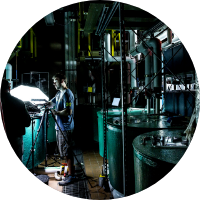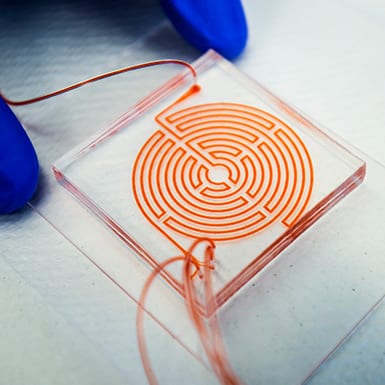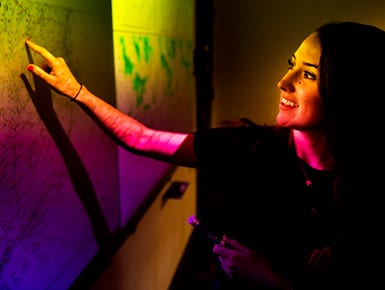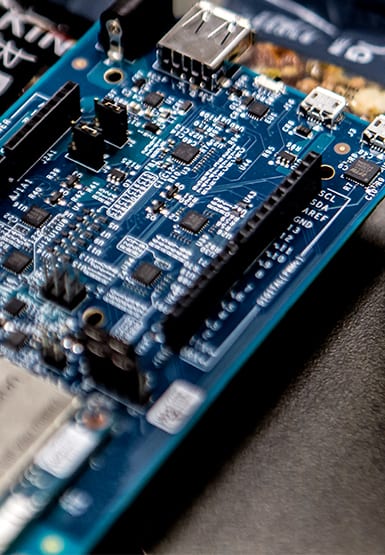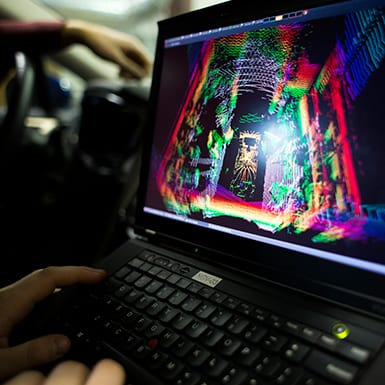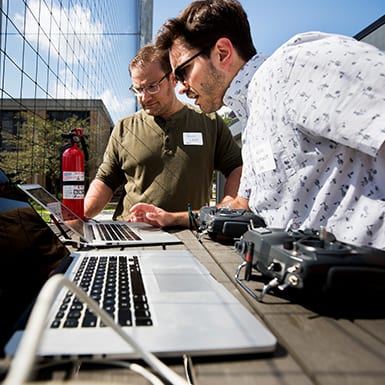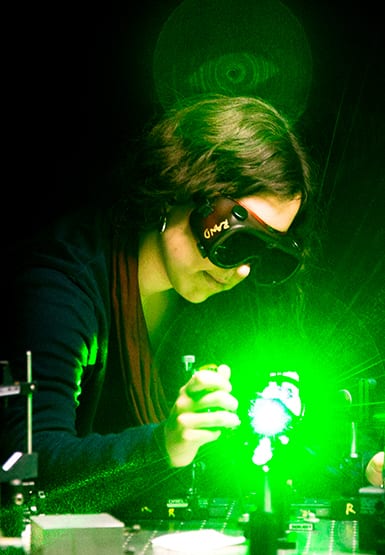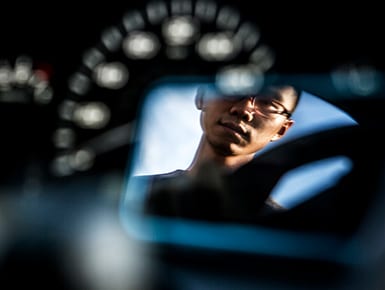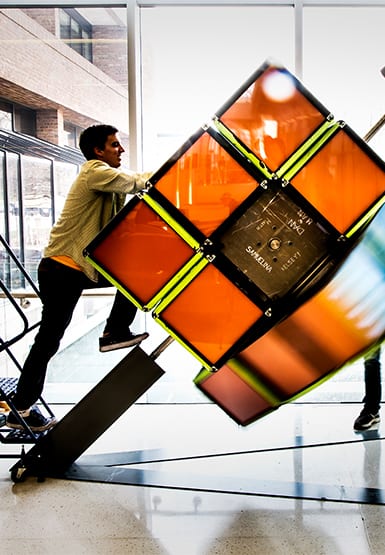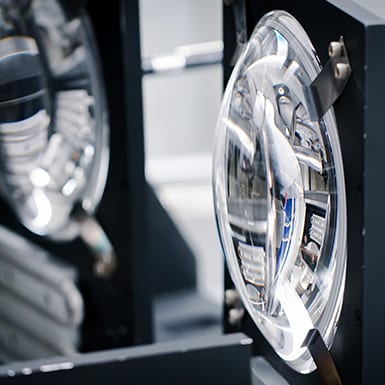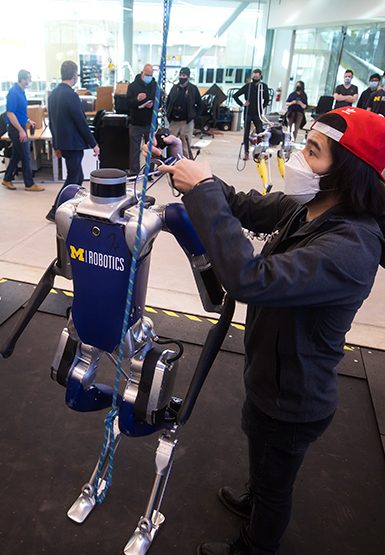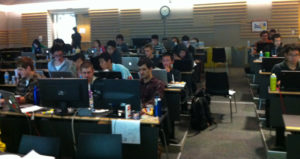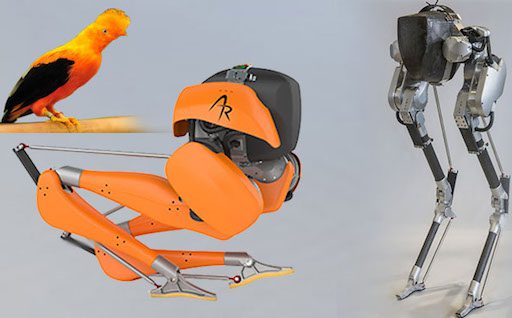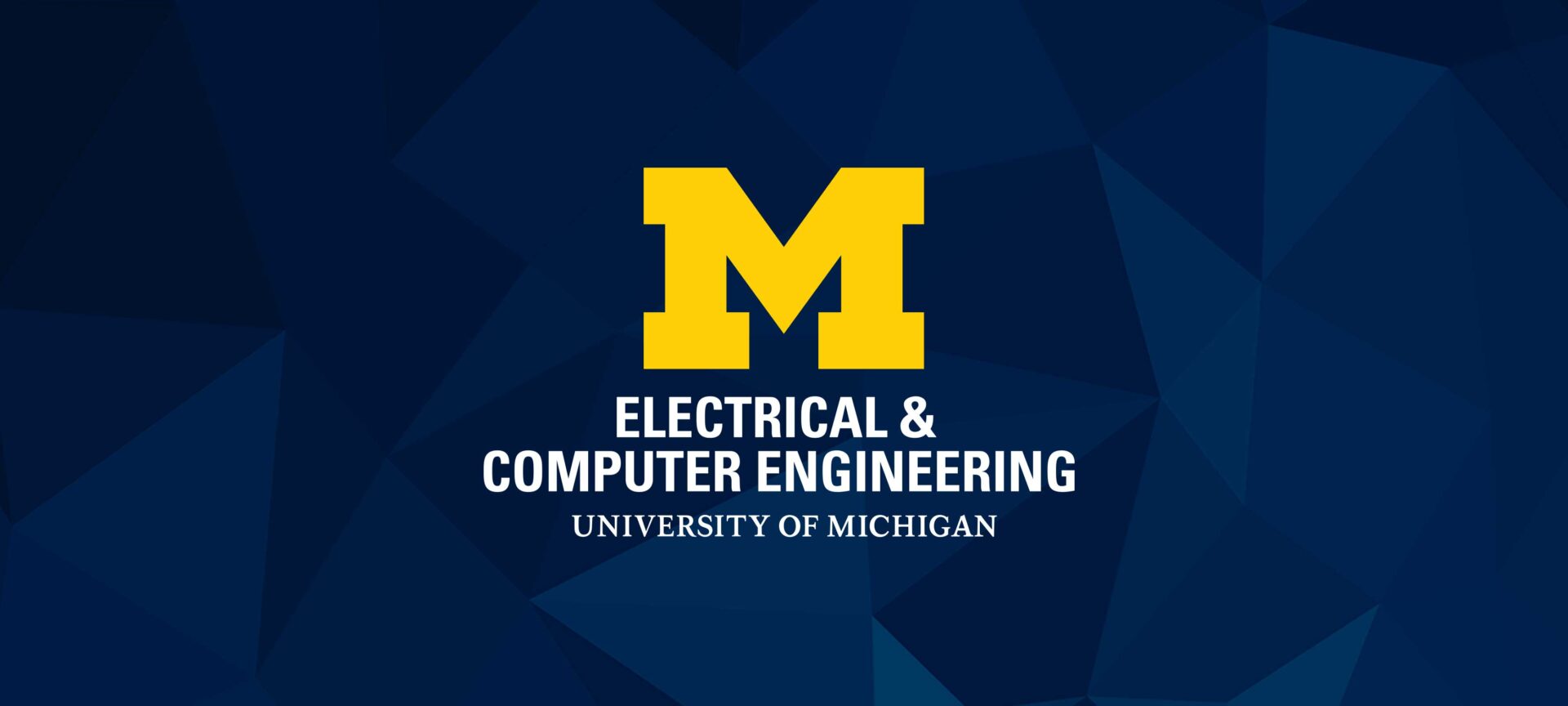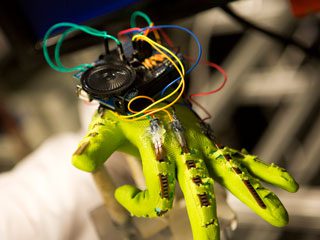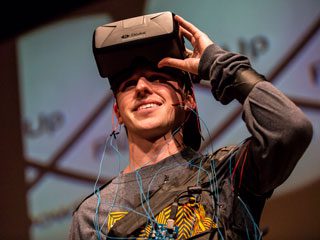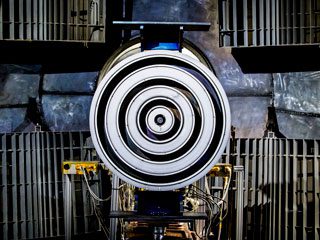Artificial Intelligence
How can we harness the power of modern computers and massive sets of data to help us solve complex problems?
Can we train computers to “learn” on their own without incorporating our own assumptions and biases? Medicine, autonomous vehicles, image analysis, advertising, robotics … AI has an impact on all aspects of life in the 21st Century.
Explore all
U-M’s Zhen Xu, histotripsy co-inventor, honored with endowed professorship from Li Ka Shing Foundation
Foundation looks to support histotripsy research at the place it was invented.
The post U-M’s Zhen Xu, histotripsy co-inventor, honored with endowed professorship from Li Ka Shing Foundation appeared first on Michigan Engineering News.
Multiple sclerosis: Cell-catching implant helps identify successful treatment in mice
The implant attracts diseased immune cells, enabling researchers to study and target them with a nanoparticle-based treatment.
The post Multiple sclerosis: Cell-catching implant helps identify successful treatment in mice appeared first on Michigan Engineering News.
Bridging gaps in rural health care with AI-powered mobile clinics
General practitioners with AI help could make diagnoses, run and interpret tests, and perform procedures like specialists.
The post Bridging gaps in rural health care with AI-powered mobile clinics appeared first on Michigan Engineering News.
Boosting AI model size and training speed with lightwave-connected chips
AI growth is capped by data transfer rates between computing chips, but transferring data with light could remove the ceiling.
The post Boosting AI model size and training speed with lightwave-connected chips appeared first on Michigan Engineering News.
‘Unprecedented’ level of control allows person without use of limbs to operate virtual quadcopter
Brain-computer interface can enable people with paralysis to socialize with others, participate in remote work and enjoy recreational activities.
The post ‘Unprecedented’ level of control allows person without use of limbs to operate virtual quadcopter appeared first on Michigan Engineering News.
Histotripsy tumor treatment moves from trials to triumphs in 2024
U-M co-inventor of the cancer treatment has been named a National Academy of inventors fellow.
The post Histotripsy tumor treatment moves from trials to triumphs in 2024 appeared first on Michigan Engineering News.

Fifteen papers by ECE researchers to be presented at the Conference on Neural Information Processing Systems
Topics of accepted ECE NeurIPS papers include diffusion models, large language models, multi-armed bandit models, and more.
Up to 30% of the power used to train AI is wasted. Here’s how to fix it.
Smarter use of processor speeds saves energy without compromising training speed and performance.
The post Up to 30% of the power used to train AI is wasted. Here’s how to fix it. appeared first on Michigan Engineering News.
Precision health and advanced communications: €9M ($10M) for bio-inspired nanoparticles on demand
Advanced microscopy techniques and AI models will help design complex nanoparticles for specific biological targets with less trial and error.
The post Precision health and advanced communications: €9M ($10M) for bio-inspired nanoparticles on demand appeared first on Michigan Engineering News.
U.S. presidential advisory council visited U-M for transportation & mobility research
‘There’s an intellectual milieu and an enthusiasm that’s palpable.’
The post U.S. presidential advisory council visited U-M for transportation & mobility research appeared first on Michigan Engineering News.
Cancer management: Stent sensor can warn of blockages in the bile duct
New batteryless and wireless sensor tested in pigs.
The post Cancer management: Stent sensor can warn of blockages in the bile duct appeared first on Michigan Engineering News.
Accounting for bias in medical data helps prevent AI from amplifying racial disparity
Some sick Black patients are likely labeled as “healthy” in AI datasets due to inequitable medical testing.
The post Accounting for bias in medical data helps prevent AI from amplifying racial disparity appeared first on Michigan Engineering News.
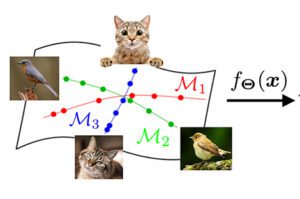
Fourteen papers by ECE researchers to be presented at the International Conference on Machine Learning
Accepted papers for the ICML conference span topics including deep representation learning, language model fine-tuning, generative modeling, and more.

Can Yaras recognized for his research aimed at efficient algorithms for LLMs
Doctoral student Can Yaras wants to reduce the carbon footprint of AI.

Matthew Raymond recognized for research using ML techniques to design new types of medicine
Doctoral student Matthew Raymond wants to facilitate the development of new and groundbreaking nanomedicines.
$15M for game theory with AI agents, quantum semiconductors for microelectronics and photonics
The DoD funds efforts to incorporate AI agents into game theory and develop microelectronics that can withstand a hot day on Venus or carry quantum information.
The post $15M for game theory with AI agents, quantum semiconductors for microelectronics and photonics appeared first on Michigan Engineering News.
Faster, more sensitive lung cancer detection from a blood draw
Capturing nanoscale ‘packages’ that cancer cells send out, twisting gold nanoparticles use light to distinguish healthy patients from lung cancer patients.
The post Faster, more sensitive lung cancer detection from a blood draw appeared first on Michigan Engineering News.
Tick-borne red meat allergy prevented in mice through new nanoparticle treatment
New approach could offer those with food allergies another option besides avoidance.
The post Tick-borne red meat allergy prevented in mice through new nanoparticle treatment appeared first on Michigan Engineering News.
OptoGPT for improving solar cells, smart windows, telescopes and more
Taking advantage of the transformer neural networks that power large language models, engineers can get recipes for materials with the optical properties they need.
The post OptoGPT for improving solar cells, smart windows, telescopes and more appeared first on Michigan Engineering News.
An invisible mask? Wearable air curtain, treated to kill viruses, blocks 99.8% of aerosols
Headworn tech from U-M startup could protect agricultural and industrial workers from airborne pathogens.
The post An invisible mask? Wearable air curtain, treated to kill viruses, blocks 99.8% of aerosols appeared first on Michigan Engineering News.
AI chips could get a sense of time
Timekeeping in the brain is done with neurons that relax at different rates after receiving a signal; now memristors—hardware analogues of neurons—can do that too.
The post AI chips could get a sense of time appeared first on Michigan Engineering News.
Spatial atlas of the human ovary with cell-level resolution will bolster reproductive research
Most human oocytes never get a chance to mature into eggs—a new study sheds light on why.
The post Spatial atlas of the human ovary with cell-level resolution will bolster reproductive research appeared first on Michigan Engineering News.
Better battery manufacturing: Robotic lab vets new reaction design strategy
Mixing unconventional ingredients in just the right order can make complex materials with fewer impurities. The robotic lab that tested the idea could be widely adopted.
The post Better battery manufacturing: Robotic lab vets new reaction design strategy appeared first on Michigan Engineering News.
First atlas of the human ovary with cell-level resolution is a step toward artificial ovary
Most human oocytes never get a chance to mature into eggs—a new study sheds light on why.
The post First atlas of the human ovary with cell-level resolution is a step toward artificial ovary appeared first on Michigan Engineering News.
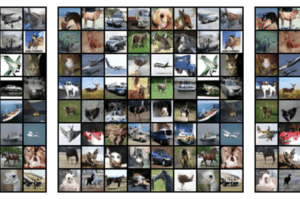
GenAI diffusion models learn to generate new content more consistently than expected
Award-winning research led by Prof. Qing Qu discovered an intriguing phenomenon that diffusion models consistently produce nearly identical content starting from the same noise input, regardless of model architectures or training procedures.
Auto industry deadlines loom for impaired-driver detection tech, U-M offers a low-cost solution
Current technologies already in use could help prevent crashes and deaths linked to impaired driving.
The post Auto industry deadlines loom for impaired-driver detection tech, U-M offers a low-cost solution appeared first on Michigan Engineering News.
Human stem cells coaxed to mimic the very early central nervous system
The first organized stem cell culture model that resembles all three sections of the embryonic brain and spinal cord could shed light on developmental brain diseases.
The post Human stem cells coaxed to mimic the very early central nervous system appeared first on Michigan Engineering News.
Widely used AI tool for early sepsis detection may be cribbing doctors’ suspicions
When using only data collected before patients with sepsis received treatments or medical tests, the model’s accuracy was no better than a coin toss.
The post Widely used AI tool for early sepsis detection may be cribbing doctors’ suspicions appeared first on Michigan Engineering News.
Leader in robotics at U-M and beyond elected to National Academy of Engineering
Dawn Tilbury is recognized for advances in manufacturing network control and human-robot interaction, as well as engineering leadership.
The post Leader in robotics at U-M and beyond elected to National Academy of Engineering appeared first on Michigan Engineering News.
U-M team receives NIH grant for collaborative research to speed ARDS diagnosis
University of Michigan researchers examine if molecular compounds in exhaled breath could lead to improved diagnosis and tracking of acute respiratory distress syndrome (ARDS).
The post U-M team receives NIH grant for collaborative research to speed ARDS diagnosis appeared first on Michigan Engineering News.
Is lung cancer treatment working? This chip can tell from a blood draw
By trapping and concentrating tiny numbers of cancer cells from blood samples, the device can identify whether a treatment is working at the four-week mark.
The post Is lung cancer treatment working? This chip can tell from a blood draw appeared first on Michigan Engineering News.

Linking online and offline social networks to better predict real world impact
Prof. Lei Ying leads a new MURI that is focused on the interplay between online and offline networks and how they could impact disruptive behavior and events.
Squishy, metal-free magnets to power robots and guide medical implants
Strong enough to move soft robots and medical capsules, weak enough to not ruin MRI images.
The post Squishy, metal-free magnets to power robots and guide medical implants appeared first on Michigan Engineering News.
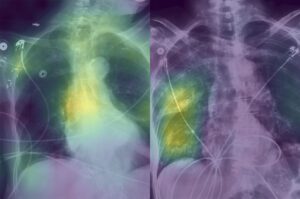
Clinicians could be fooled by biased AI, despite explanations
Regulators pinned their hopes on clinicians being able to spot flaws in explanations of an AI model’s logic, but a study suggests this isn’t a safe approach.
Understanding attention in large language models
How do chatbots based on the transformer architecture decide what to pay attention to in a conversation? They’ve made their own machine learning algorithms to tell them.
The post Understanding attention in large language models appeared first on Michigan Engineering News.
Biases in large image-text AI model favor wealthier, Western perspectives
AI model that pairs text, images performs poorly on lower-income or non-Western images, potentially increasing inequality in digital technology representation.
The post Biases in large image-text AI model favor wealthier, Western perspectives appeared first on Michigan Engineering News.
Building Flint’s trust in its drinking water
Even with lead service line replacement, the city’s water has issues that require public education.
The post Building Flint’s trust in its drinking water appeared first on Michigan Engineering News.
Building a chemical ‘GPT’ to help design a key battery component
Taking inspiration from the word-predicting large language models, a U-M team is kickstarting an atom-predicting model with 200,000 node hours on Argonne’s Polaris.
The post Building a chemical ‘GPT’ to help design a key battery component appeared first on Michigan Engineering News.
Century-old question on fluid in lungs answered
A “new physiological flow” modeled in the body could aid in treatment of lung infections and pulmonary edema.
The post Century-old question on fluid in lungs answered appeared first on Michigan Engineering News.
Simple neural networks outperform the state-of-the-art for controlling robotic prosthetics
And that tracks with the way our motor circuits work—we’re not that complicated.
The post Simple neural networks outperform the state-of-the-art for controlling robotic prosthetics appeared first on Michigan Engineering News.
How sound waves trigger immune responses to cancer in mice
Technique pioneered at the University of Michigan could improve outcomes for cancer and neurological conditions.
The post How sound waves trigger immune responses to cancer in mice appeared first on Michigan Engineering News.
Study finds exhaled breath could enhance detection, diagnosis of COVID-19 and variants
Research suggests volatile organic compounds in breath could mark distinction between COVID-19, variants and non-COVID illnesses.
The post Study finds exhaled breath could enhance detection, diagnosis of COVID-19 and variants appeared first on Michigan Engineering News.
Tumor-destroying soundwaves receive FDA approval for liver treatment in humans
Technique developed at the University of Michigan provides a non-invasive alternative to surgery, chemotherapy and radiation treatments for cancer.
The post Tumor-destroying soundwaves receive FDA approval for liver treatment in humans appeared first on Michigan Engineering News.
A brain game may predict your risk of infection
When a person’s cognitive function is highly variable, they’re likely to be more infectious and have more symptoms after exposure to a respiratory virus.
The post A brain game may predict your risk of infection appeared first on Michigan Engineering News.
U-M researchers helping to develop a machine for on-demand N95 mask manufacturing
A new industry partnership seeks to enable on-demand local manufacturing of next-generation N95s with innovative designs and materials.
The post U-M researchers helping to develop a machine for on-demand N95 mask manufacturing appeared first on Michigan Engineering News.
Bioengineer and M.D. receives Packard Fellowship to study cellular memory
The unique program awards $875k in flexible funding.
The post Bioengineer and M.D. receives Packard Fellowship to study cellular memory appeared first on Michigan Engineering News.
Tracking radiation treatment in real time promises safer, more effective cancer therapy
The ability to accurately detect where X-rays land and in what dose could reduce the collateral damage from radiation therapy.
The post Tracking radiation treatment in real time promises safer, more effective cancer therapy appeared first on Michigan Engineering News.
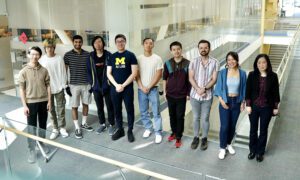
U-M CSE research team advances to top five in Amazon Alexa Prize Simbot Challenge
The challenge is a means of pushing forward with their research into development of next-generation embodied AI agents.
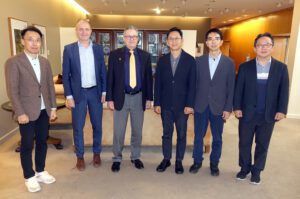
LG AI Research and CSE build on successful partnership
A delegation from LG AI Research visited campus to review LG-funded projects in process and discuss future collaborations.

Thatchaphol Saranurak recognized with 2023 Presburger Award
The award recognizes the outstanding contributions of a young scientist in the field of theoretical computer science.
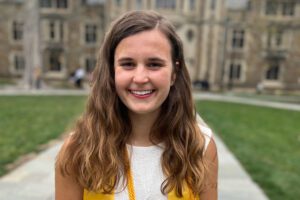
Olivia Lee awarded NSF Graduate Research Fellowship for brain-machine interfaces that could improve control of robotic prostheses
Lee designs implantable and wearable electronics to help restore movement to those who have lost limbs or have been paralyzed.

Michigan and ECE advancing computer vision at CVPR 2023
Look at some of the ways ECE and other University of Michigan researchers are using computer vision for real-world applications.
For the first time, controlling the degree of twist in nanostructure particles
Being able to decide not only whether a micron-scale particle twists but also how much could open new avenues for machine vision and more.
The post For the first time, controlling the degree of twist in nanostructure particles appeared first on Michigan Engineering News.
World’s first realistic simulated driving environment based on ‘crash-prone’ Michigan intersection
Real-time data collected at the two-lane roundabout will be used to efficiently test the safety of autonomous vehicles.
The post World’s first realistic simulated driving environment based on ‘crash-prone’ Michigan intersection appeared first on Michigan Engineering News.
AI could run a million microbial experiments per year
Automation uncovers combinations of amino acids that feed two bacterial species and could tell us much more about the 90% of bacteria that humans have hardly studied.
The post AI could run a million microbial experiments per year appeared first on Michigan Engineering News.
Nanobiotics: AI for discovering where and how nanoparticles bind with proteins
A new tool in the fight against superbugs goes beyond protein folding simulations like AlphaFold, potentially revealing antibiotic candidates.
The post Nanobiotics: AI for discovering where and how nanoparticles bind with proteins appeared first on Michigan Engineering News.
AI tool helps optimize antibody medicines
Machine learning points out why antibodies fail to stay on target, binding to molecules that aren’t markers of disease—and suggests better designs.
The post AI tool helps optimize antibody medicines appeared first on Michigan Engineering News.
Senate testimony: AI risks to the financial sector
U-M professor of computer science and engineering identifies new concerns that recent AI advances pose for financial markets.
The post Senate testimony: AI risks to the financial sector appeared first on Michigan Engineering News.
Toyota Research Institute and Michigan Engineering discuss importance of long-standing partnership
As the auto industry expands beyond transportation, university collaborations are more important than ever.
The post Toyota Research Institute and Michigan Engineering discuss importance of long-standing partnership appeared first on Michigan Engineering News.
Choosing exoskeleton settings like a Pandora radio station
Using a simple and convenient touchscreen interface, the algorithm learns the assistance preferences of the wearer.
The post Choosing exoskeleton settings like a Pandora radio station appeared first on Michigan Engineering News.
Outsmarting floodwaters
The world needs better tools to protect people during floods. A new machine learning method could help.
The post Outsmarting floodwaters appeared first on Michigan Engineering News.

Shaping the quantum future with lightwave electronics
The semiconductor-compatible technology is a million times faster than existing electronics and could give us access to an entire new world of quantum phenomena.
U-Michigan a partner in two CHIPS Act Midwest microelectronics hubs
The latest DoD funding announcements bolster Michigan Engineering’s efforts to support revitalization of the U.S. semiconductor sector.
The post U-Michigan a partner in two CHIPS Act Midwest microelectronics hubs appeared first on Michigan Engineering News.
Semiconductor workforce program increases access to hands-on training
‘In undergrad, you sometimes feel like you’re just passing classes. But what we’re doing here is science.’
The post Semiconductor workforce program increases access to hands-on training appeared first on Michigan Engineering News.

Prof. Aline Eid seeks to better perceive the world using a 5G Wireless Power Grid
Prof. Eid is looking to design the future of smart cities and infrastructures using ultra-low power wireless sensing and communications technologies.

Prof. Aline Eid seeks to further knowledge of the world with a 5G Wireless Power Grid
Prof. Eid is looking to design the future of smart cities and infrastructures using ultra-low power wireless sensing and communications technologies.

Organic photovoltaics offer realistic pathway to power-generating windows
A new fabrication process greatly improves the reliability of highly-efficient semi-transparent solar cells, which can be applied to windows to generate solar power.

Inside the Quantum Research Institute
Mack Kira, co-director of the Quantum Research Institute with Steven Cundiff, is ready to take Michigan’s quantum activities to the next level.
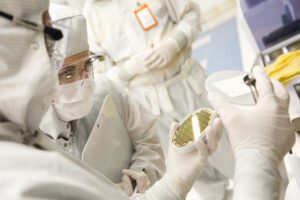
Advancing chips for the auto sector is the goal of new Michigan-based initiative
U-Michigan joins industry, state, education partners to develop talent and technology.
Focused ambitions
While hunger for an artificial intelligence that can think like a human remains unsated, AI continues to appear in our lives in smaller ways.
The post Focused ambitions appeared first on Michigan Engineering News.
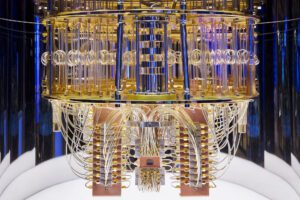
New undergraduate courses prepare students for the Second Quantum Revolution
Quantum information science and engineering is one of the hottest fields in engineering – and ECE wants to make it accessible to everyone.
Optimization could cut the carbon footprint of AI training by up to 75%
Deep learning models that power giants like TikTok and Amazon, as well as tools like ChatGPT, could save energy without new hardware or infrastructure.
The post Optimization could cut the carbon footprint of AI training by up to 75% appeared first on Michigan Engineering News.
Wastewater dashboard adds monkeypox, flu and more for five southeast Michigan communities
The results of monitoring for diseases beyond COVID-19 are now publicly available for Ann Arbor, Flint, Jackson, Tecumseh and Ypsilanti.
The post Wastewater dashboard adds monkeypox, flu and more for five southeast Michigan communities appeared first on Michigan Engineering News.
Simulated terrible drivers cut the time and cost of AV testing by a factor of one thousand
New virtual testing environment breaks the ‘curse of rarity’ for autonomous vehicle emergency decision-making.
The post Simulated terrible drivers cut the time and cost of AV testing by a factor of one thousand appeared first on Michigan Engineering News.

Sangmin Yoo awarded Predoctoral Fellowship to support research impacting next generation computing
Yoo is making memory devices more flexible and tunable, making them irresistible for modern AI applications.
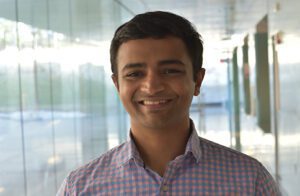
Aditya Varma Muppala awarded Predoctoral Fellowship to support research impacting imaging systems
Aditya is creating high-resolution, accessible, scalable, and portable imaging radars that are 200x cheaper and 100x smaller than what is currently available.
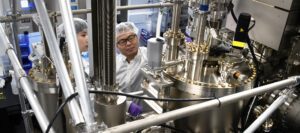
From new material to device: Ferroelectric HEMT could be a game changer for next generation electronics
Prof. Zetian Mi’s team proved the viability of a reconfigurable, ScAlN/AlGaN/GaN ferroelectric HEMT transistor that is critical for next-generation communication and computing systems

Parag Deotare awarded DURIP grant to probe exciton energy transport at nanoscale
The tool is expected to advance the study of exciton dynamics, which could help identify new research directions for clean energy and information technology.
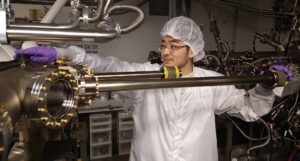
Arthur Xiao receives SVCF Scholarship to support his research in semiconductor materials
Xiao has been working on several projects in Prof. Zetian’s Mi’s group, including micro LED technology and renewable energy.
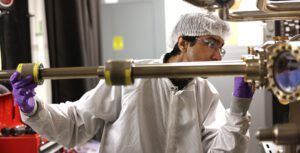
Ishtiaque Navid receives SVCF Scholarship to support his research in semiconductor materials
Navid’s research is focused on artificial photosynthesis and optoelectronics using III-Nitride based semiconductor materials.
Nanoscale ferroelectric semiconductor could power AI and post-Moore’s Law computing on a phone
Next-gen computing material gets down to the right size for modern manufacturing.
The post Nanoscale ferroelectric semiconductor could power AI and post-Moore’s Law computing on a phone appeared first on Michigan Engineering News.
Scalable method to manufacture thin film transistors achieves ultra-clean interface for high performance, low-voltage device operation
Led by Prof. Becky Peterson, the research focuses on a category of materials important for low power logic operations, high pixel density screens, touch screens, and haptic displays.
The post Scalable method to manufacture thin film transistors achieves ultra-clean interface for high performance, low-voltage device operation appeared first on Michigan Engineering News.
Open-source hardware: a growing movement to democratize IC design
Dr. Mehdi Saligane, a leader in the open-source chip design community, was among the first researchers to fabricate a successful chip as part of Google’s multi-project wafer program.
The post Open-source hardware: a growing movement to democratize IC design appeared first on Michigan Engineering News.

Major breakthrough in dynamic graph algorithms earns Best Paper
Thatchaphol Saranurak and collaborators were recognized at SODA ’23 for their work that broke an approximation barrier in dynamic graph matching.

“It’s a supportive and collaborative environment” — making connections as a PhD student in and outside the classroom
U-M CSE PhD candidate Sarah Jabbour discusses how collaboration is centered in her experience as a graduate student.

Diversity and inclusiveness are an essential part of the pursuit of AI at CSE
The Michigan AI Lab is focused on building a community of diverse viewpoints in an effort to reduce the bias we see in the exploding world of artificial intelligence.

“It’s a supportive and collaborative environment” — making connections as a PhD candidate in and outside the classroom
U-M CSE PhD candidate Sarah Jabbour discusses how collaboration is centered in her experience as a graduate student.
New non-invasive optical imaging approach for monitoring brain health could improve outcomes for traumatic brain injury patients
The SCISCCO system could better monitor brain and organ metabolism, helping to diagnose concussions, monitor cerebral metabolism in traumatic brain injury patients, and gauge the response of organs to treatments in an operating or emergency room scenario.
The post New non-invasive optical imaging approach for monitoring brain health could improve outcomes for traumatic brain injury patients appeared first on Michigan Engineering News.
Best paper for a low-power ADC circuit for brain-machine interface applications
Euisik Yoon’s team, led by Sungjin Oh, developed a low-power neural recording front-end circuit to interface with state-of-the-art neural probes.
The post Best paper for a low-power ADC circuit for brain-machine interface applications appeared first on Michigan Engineering News.
Miniature and durable spectrometer for wearable applications
A team led by P.C. Ku and Qing Qu has developed a miniature, paper-thin spectrometer measuring 0.16mm2 that can also withstand harsh environments.
The post Miniature and durable spectrometer for wearable applications appeared first on Michigan Engineering News.

Jesse Codling wins Best Presentation award for sensors that help protect these little piggies in their pens
Known affectionately as “The Sh*tty Project,” Codling, an ECE PhD student, monitors the vibrations in pig pens to track the health of the piglets and predict when they’re in danger.
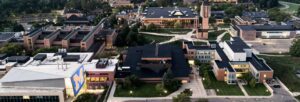
U-M, Schmidt Futures to partner on new AI research program
$10M will fund training for 60 postdoctoral fellows as part of international cohort.
Gravity’s impact on bone cells—experiments heading to the International Space Station
Mechanical engineers at the University of Michigan are tackling mysteries of bone density loss in space and on Earth.
The post Gravity’s impact on bone cells—experiments heading to the International Space Station appeared first on Michigan Engineering News.
Expert take: Engineering for the success of humanity
Three Michigan Engineering faculty help to elevate communities and systems through a people-first approach to teaching.
The post Expert take: Engineering for the success of humanity appeared first on Michigan Engineering News.
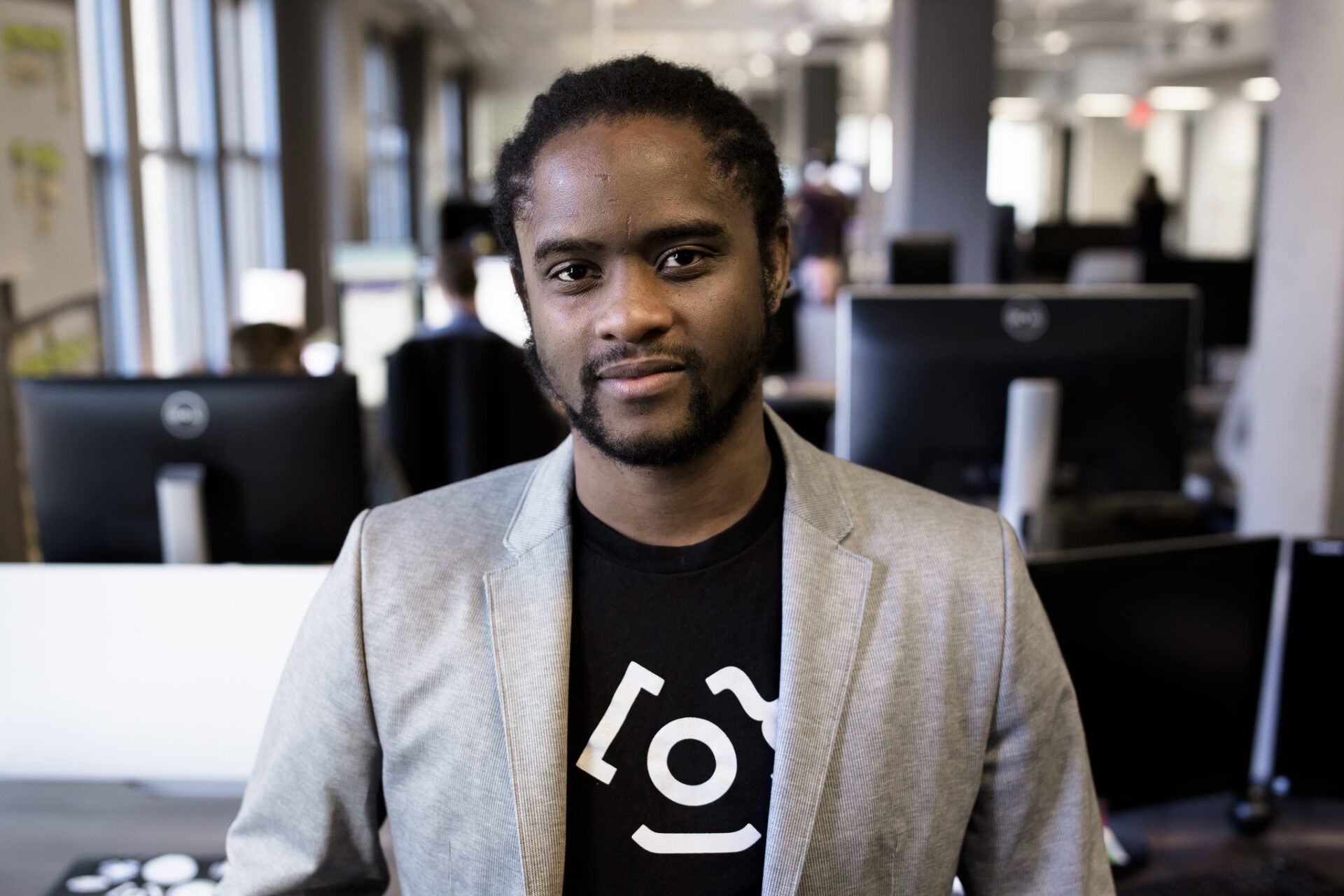
Bringing smart banking to market
Jason Mars, CEO of Ann Arbor startup Clinc, was named #2 in Bank Innovations’s “10 Most innovative CEOs in Banking 2017” list. Clinc is leading the pack for development of intelligent banking assistant software.
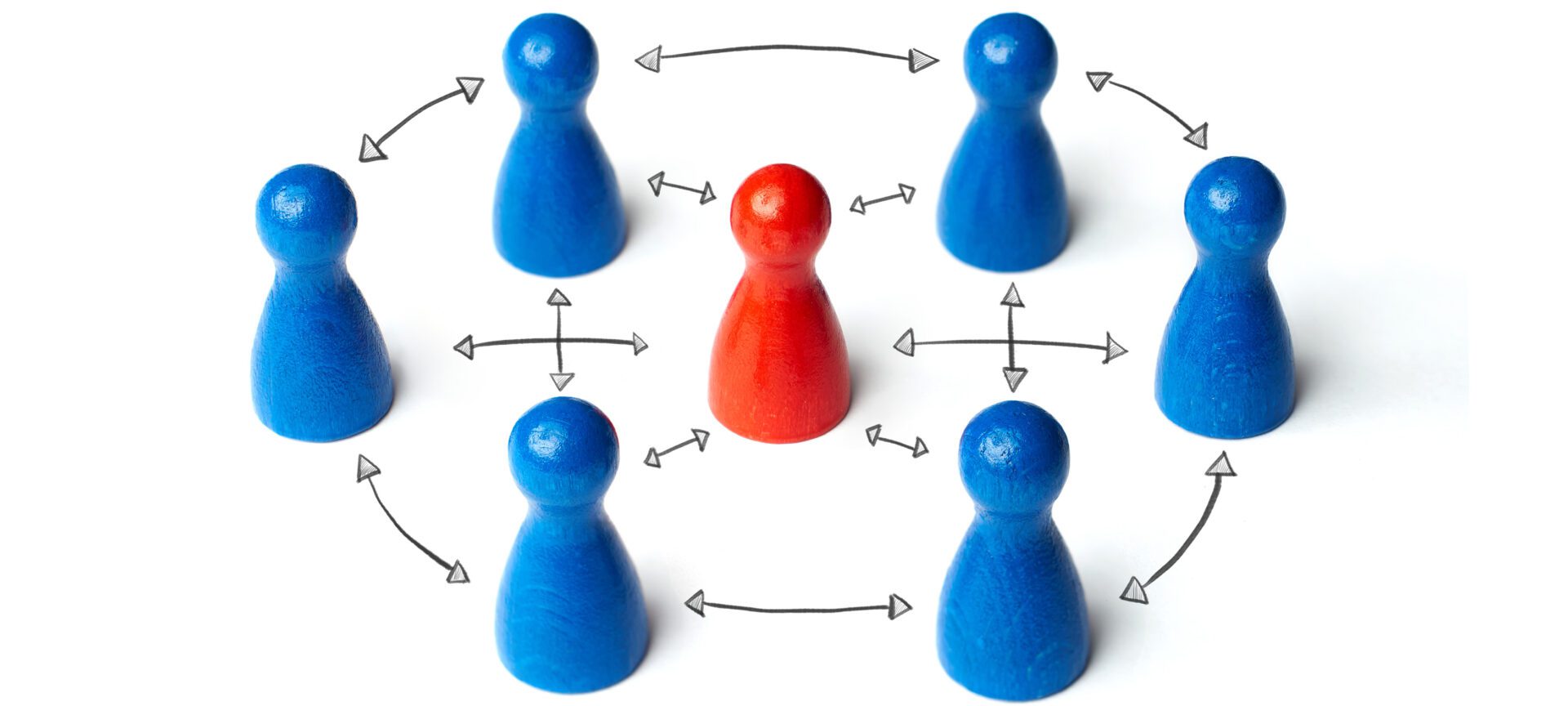
“Stitching” together a web user from scattered, messy data
Even though we interact with different web services in different ways, there are clues in the data that can indicate trends and identify a unique profile.
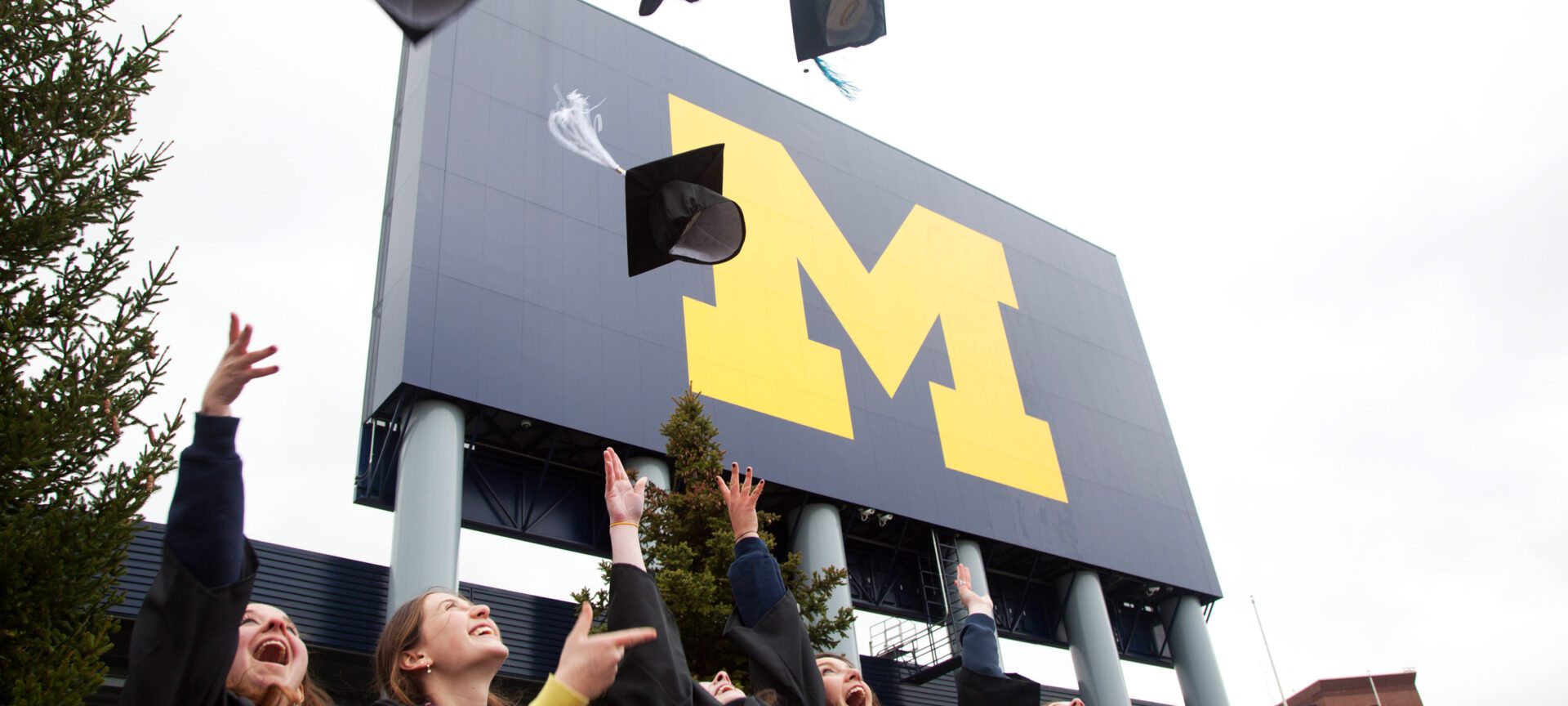
Study maps careers of CS PhDs using decades of data
The researchers identified movement between industry, academia, and government work, tracked the growth of important organizations, and built predictive models for career transitions and employer retention.
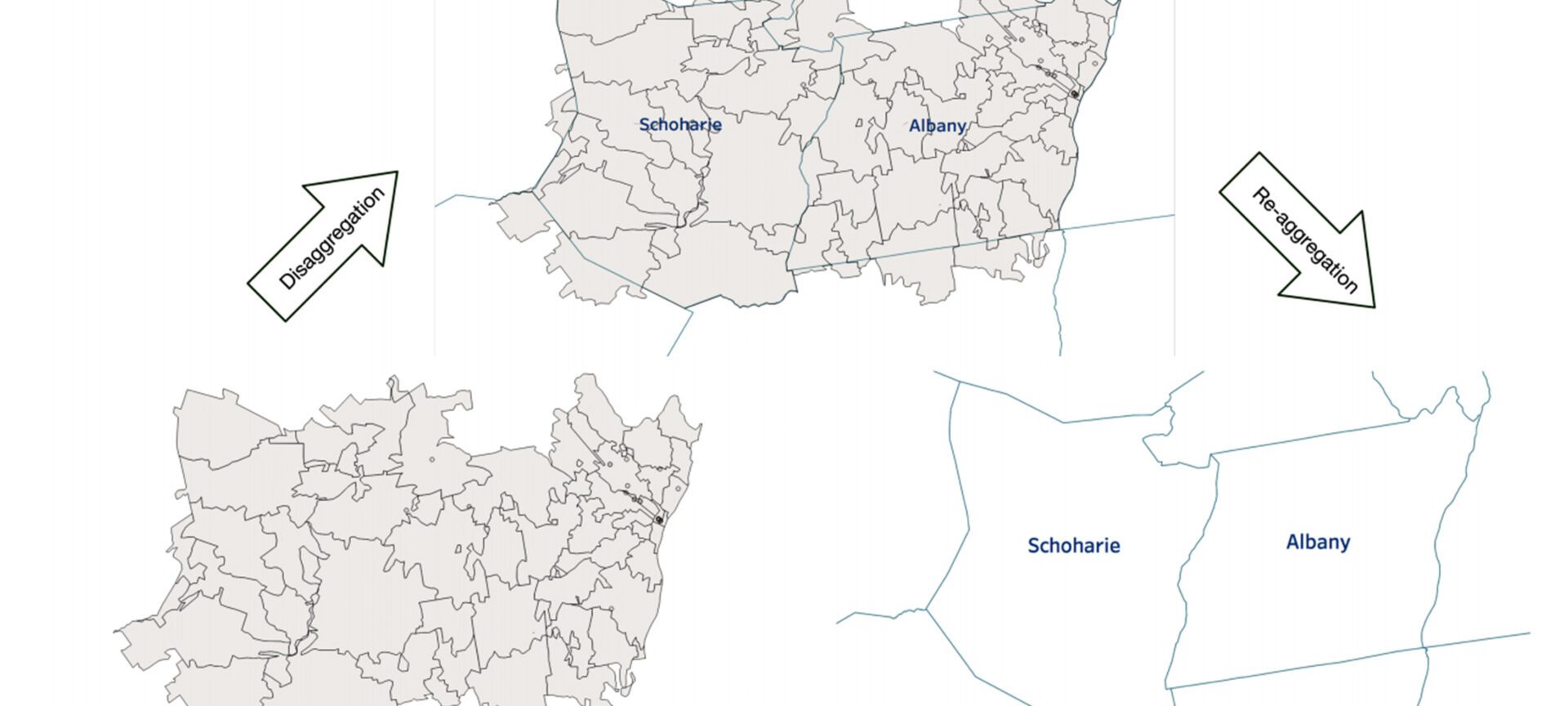
Finding meaning in varied data
Jie Song devised a method to combine summarized datasets that group information by incompatible units.
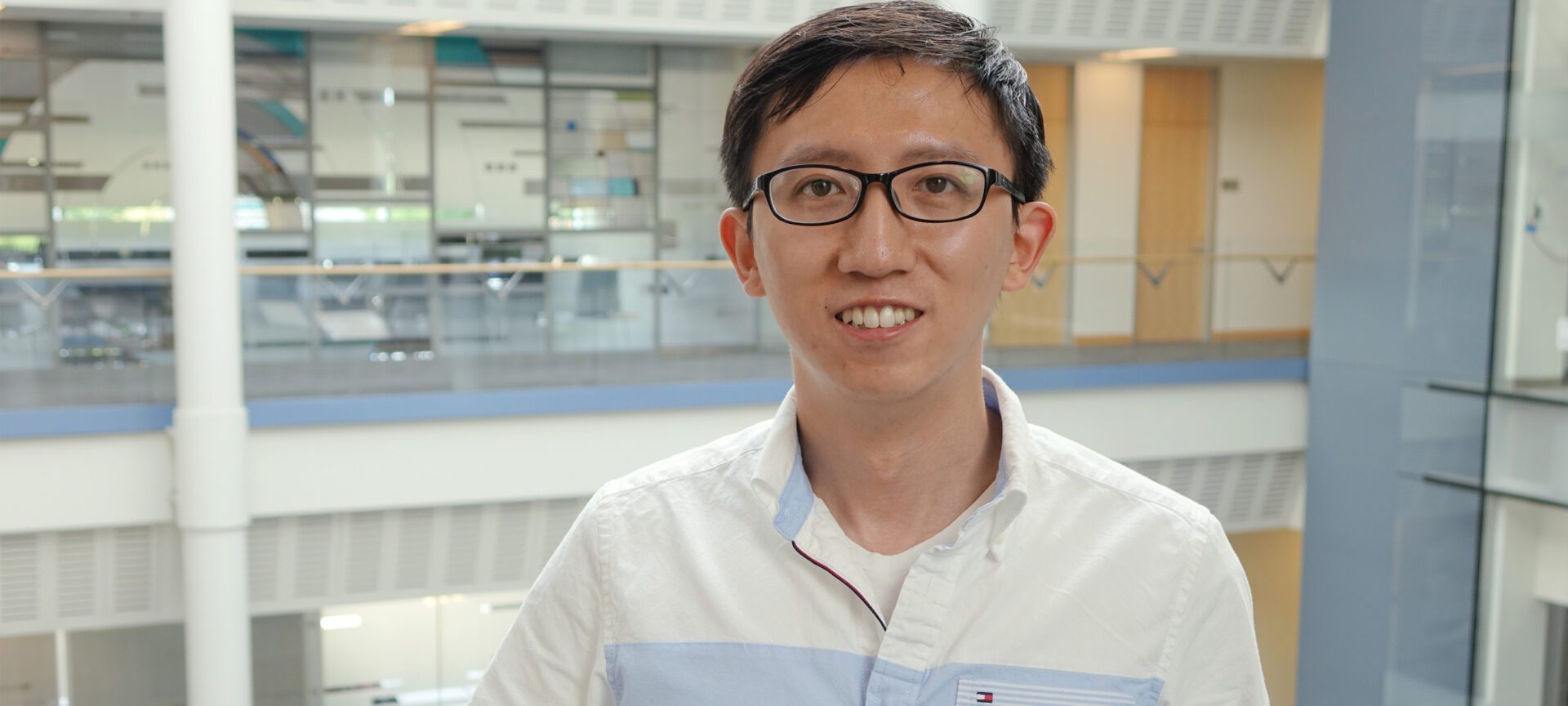
Tool for structuring data creates efficiency for data scientists
Foofah is a tool that can help to minimize the effort and required background knowledge needed to clean up data.
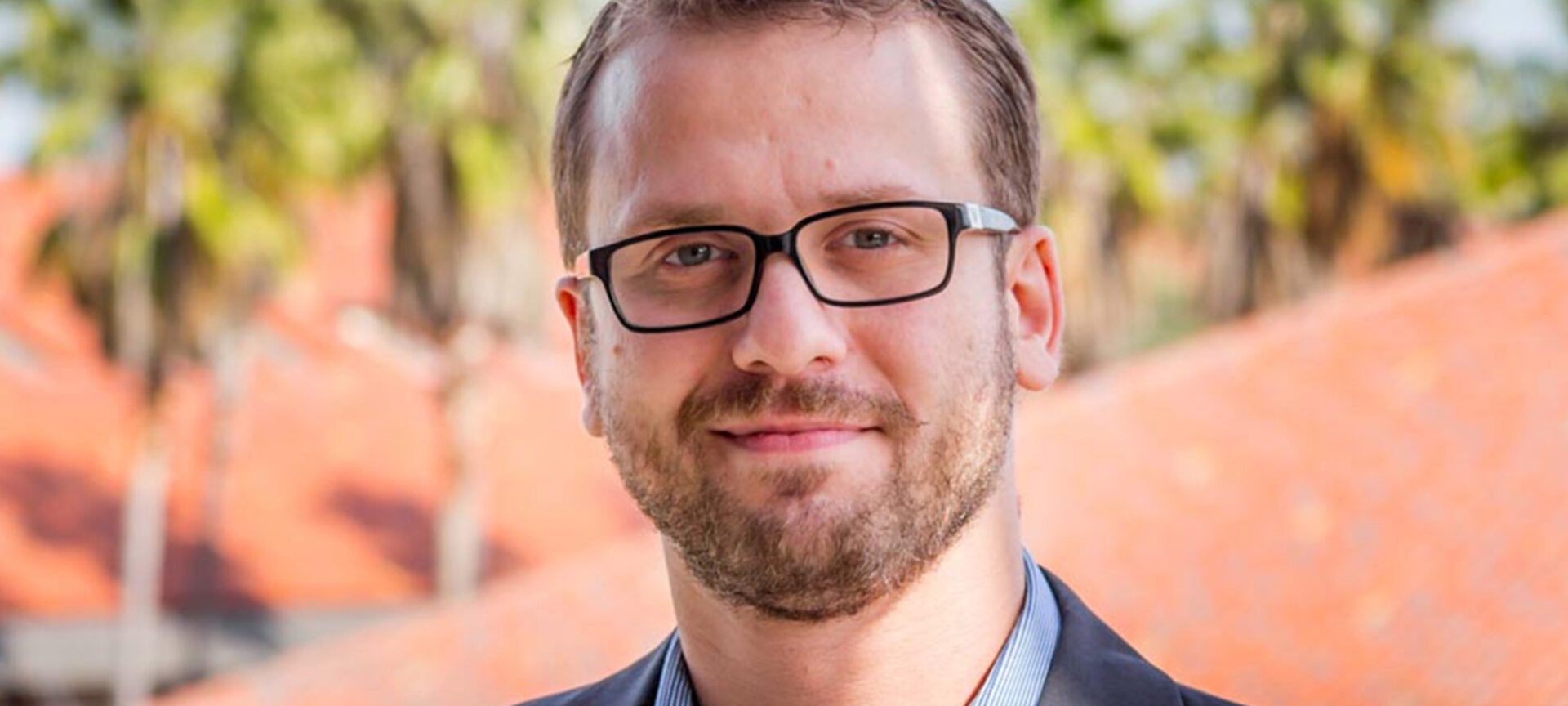
Making software failures a little less catastrophic
Researchers have implemented a new way to diagnose software failures with a high degree of accuracy and efficiency.
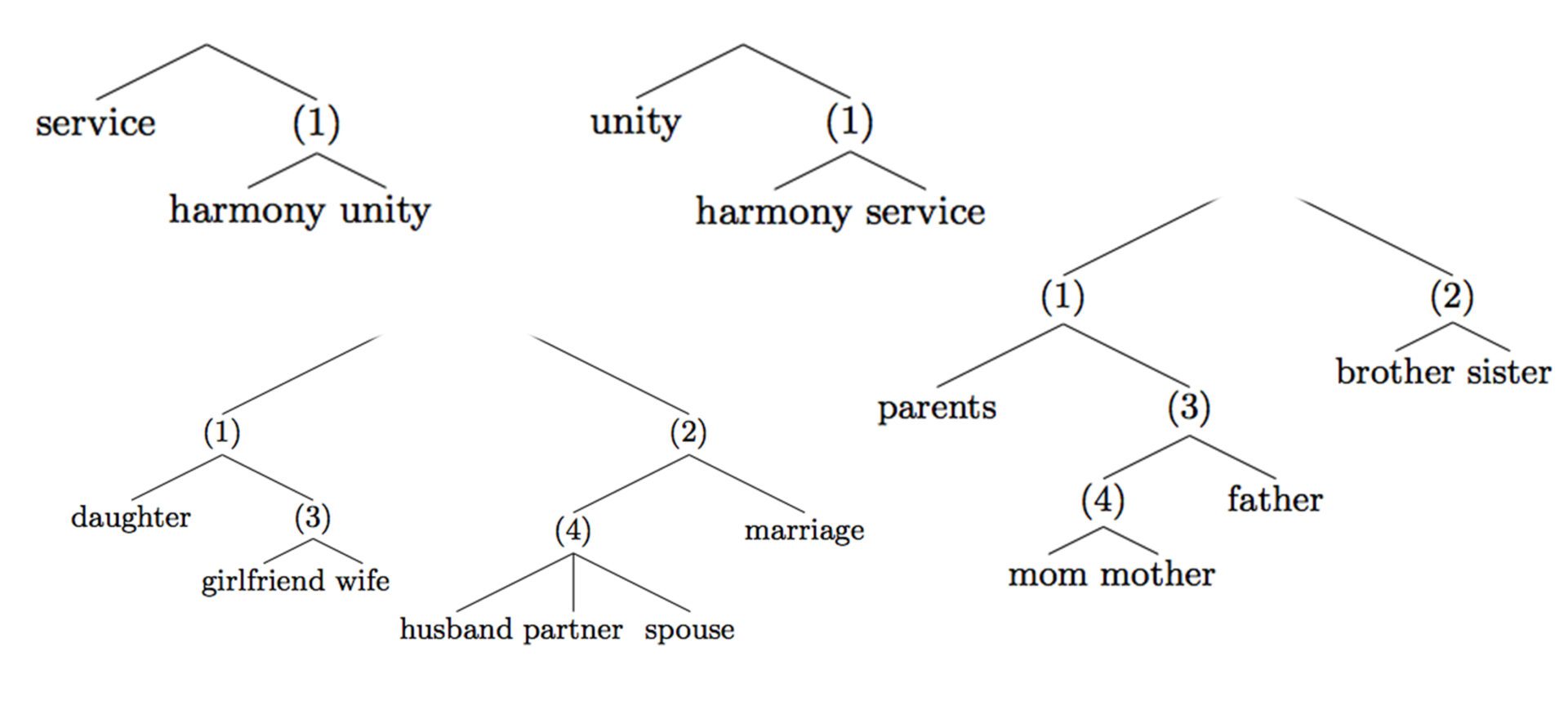
Gaining a deeper understanding of how personal values are expressed in text
Researchers used hierarchical trees to provide a better idea of how concepts are represented and related in a collection of text.
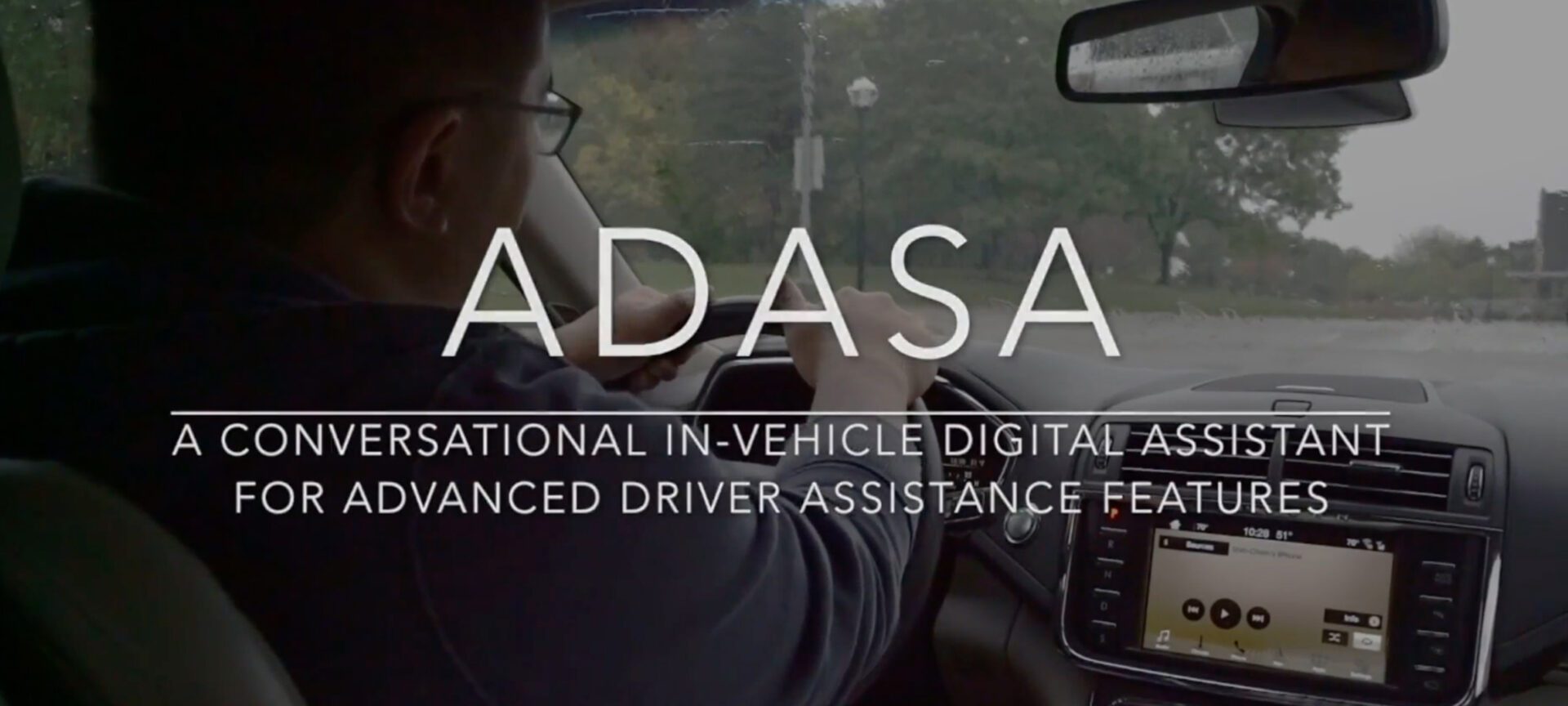
Helping drivers use smart cars smarter
This conversational in-vehicle digital assistant can respond to drivers’ questions and commands in natural language
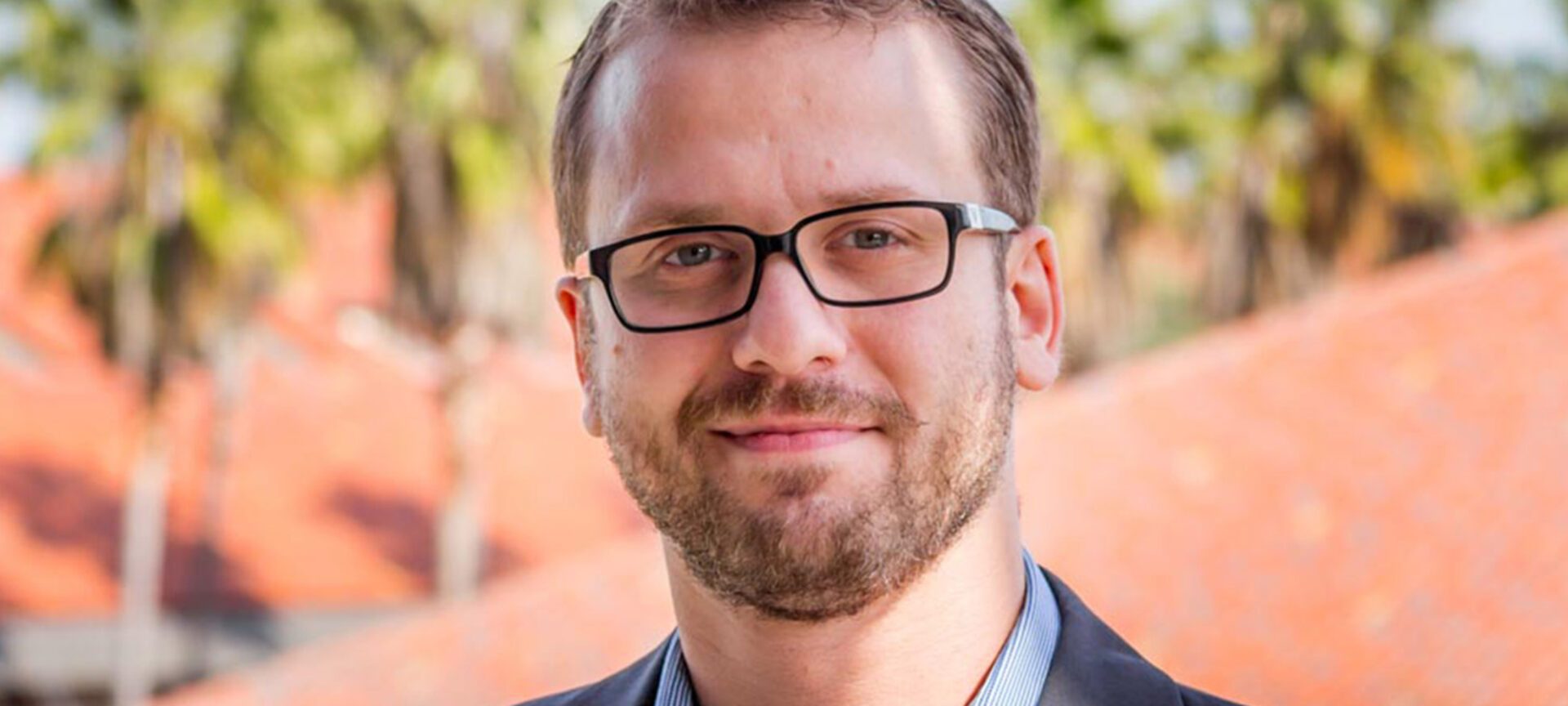
Speeding up code with clever data manipulation
Kasikci presents a method to improve a program’s ability to use data in a straightforward, efficient way
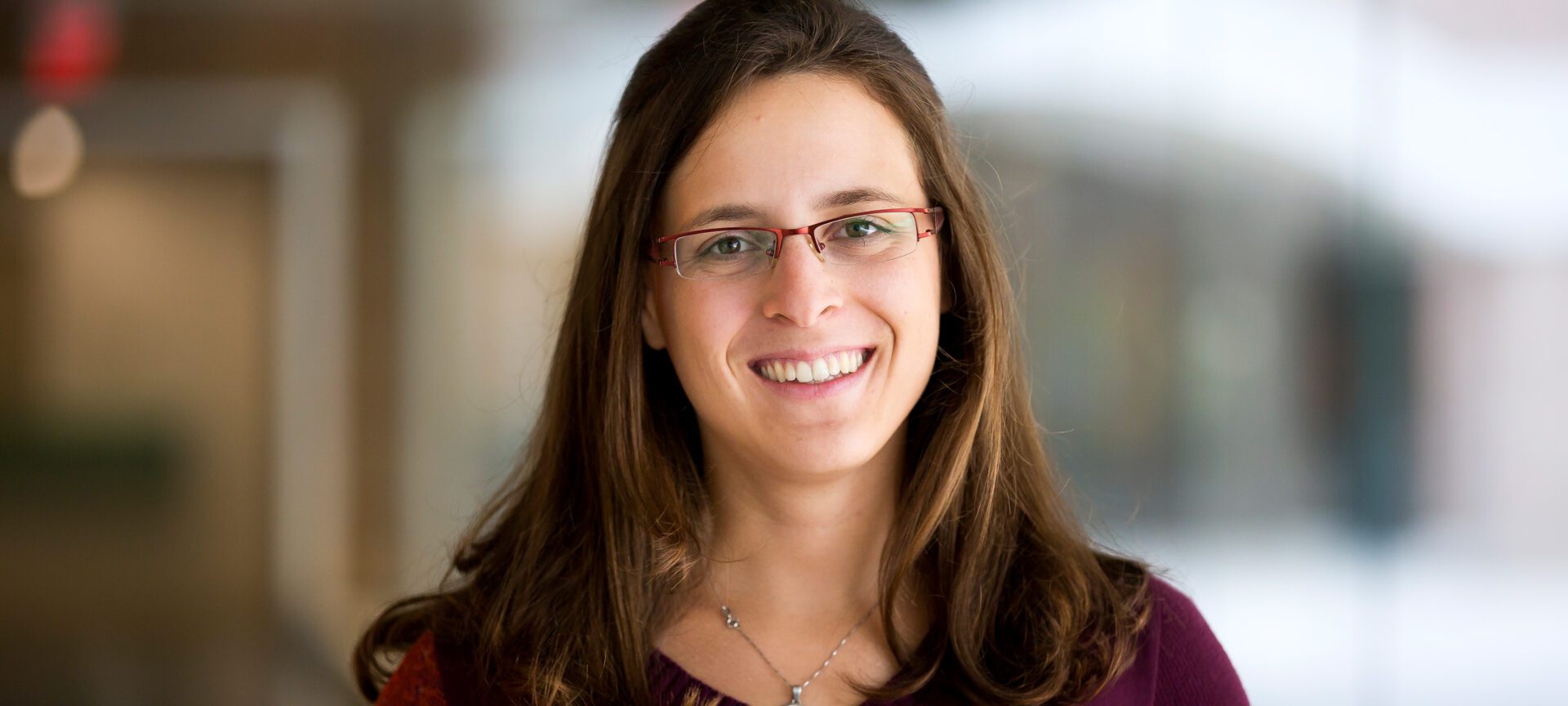
Personalized knowledge graphs for faster search and digital assistants
Graphs that are customized, stored locally, and able to change over time can enable faster and more accurate searching and digital assistants
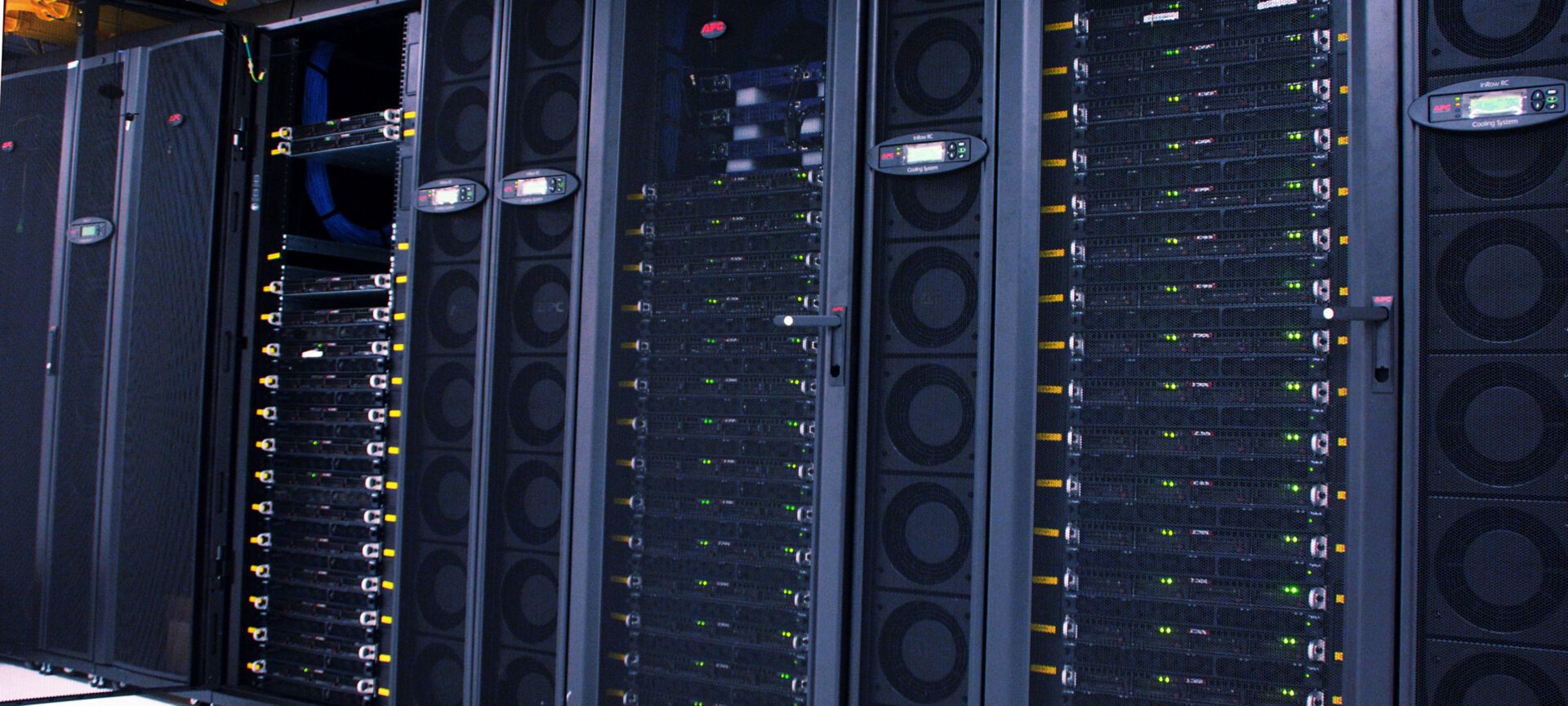
Two solutions for GPU efficiency can boost AI performance
Chowdhury’s lab multiplied the number of jobs a GPU cluster can finish in a set amount of time
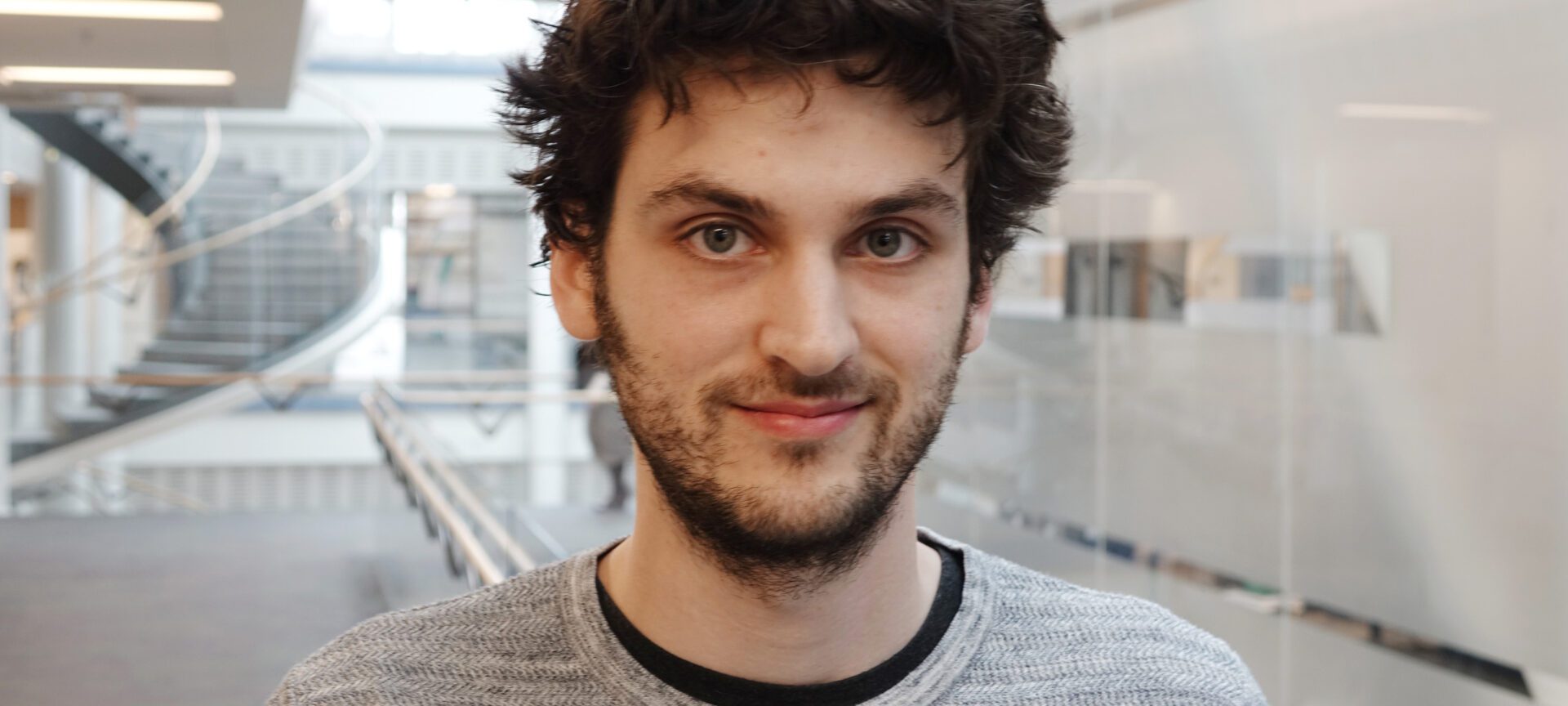
Paper award for identifying speaker characteristics in text messages
The goal of the work was to identify seven things about who the subject was talking to just by analyzing text messages.
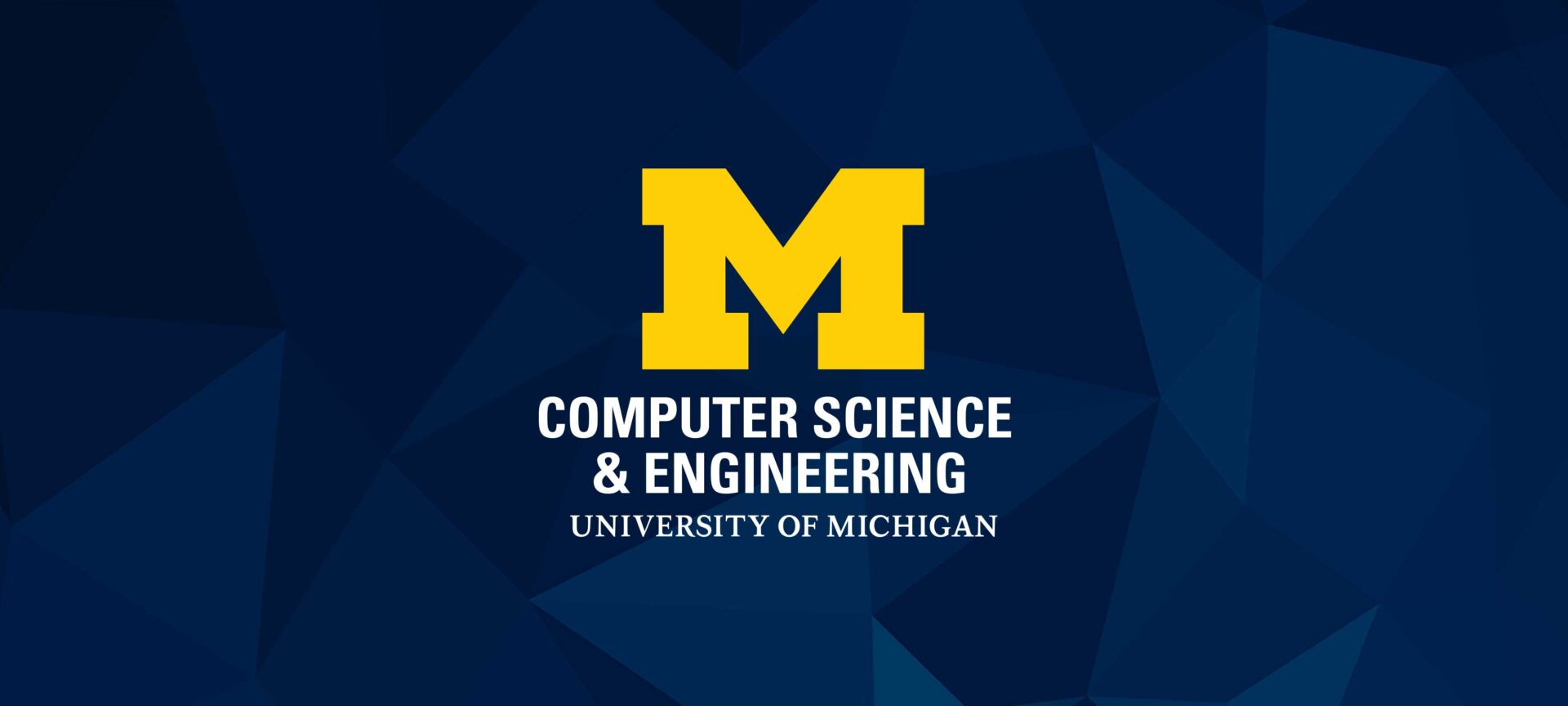
Student awarded NSF Fellowship for automating speech-based disease classification
Perez’s research focuses on analyzing speech patterns of patients with Huntington Disease.
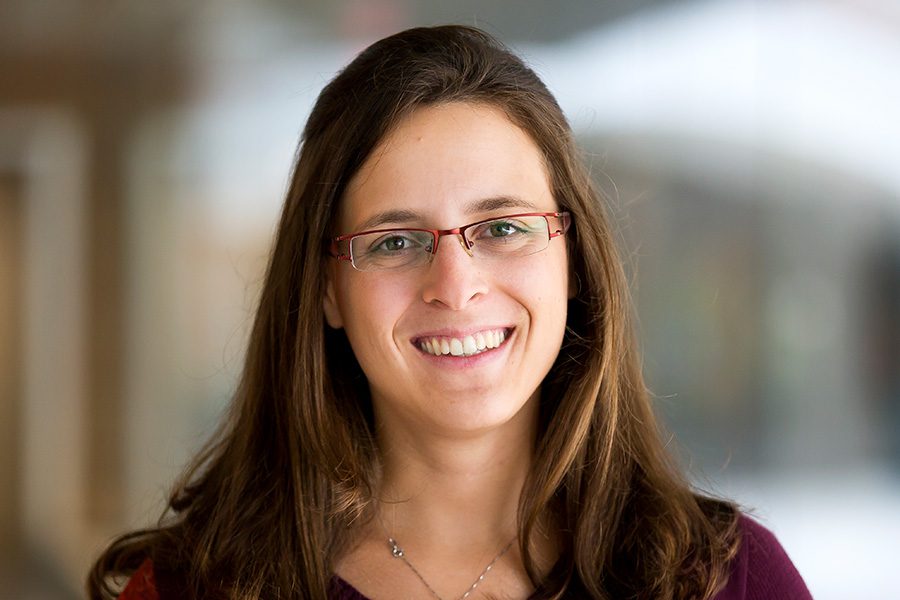
CAREER Award for deeper insights into interconnected data: from neurons to web searches
Danai Koutra earned the award for her proposal to innovate the way we use networks to understand the world and speed up our technology.
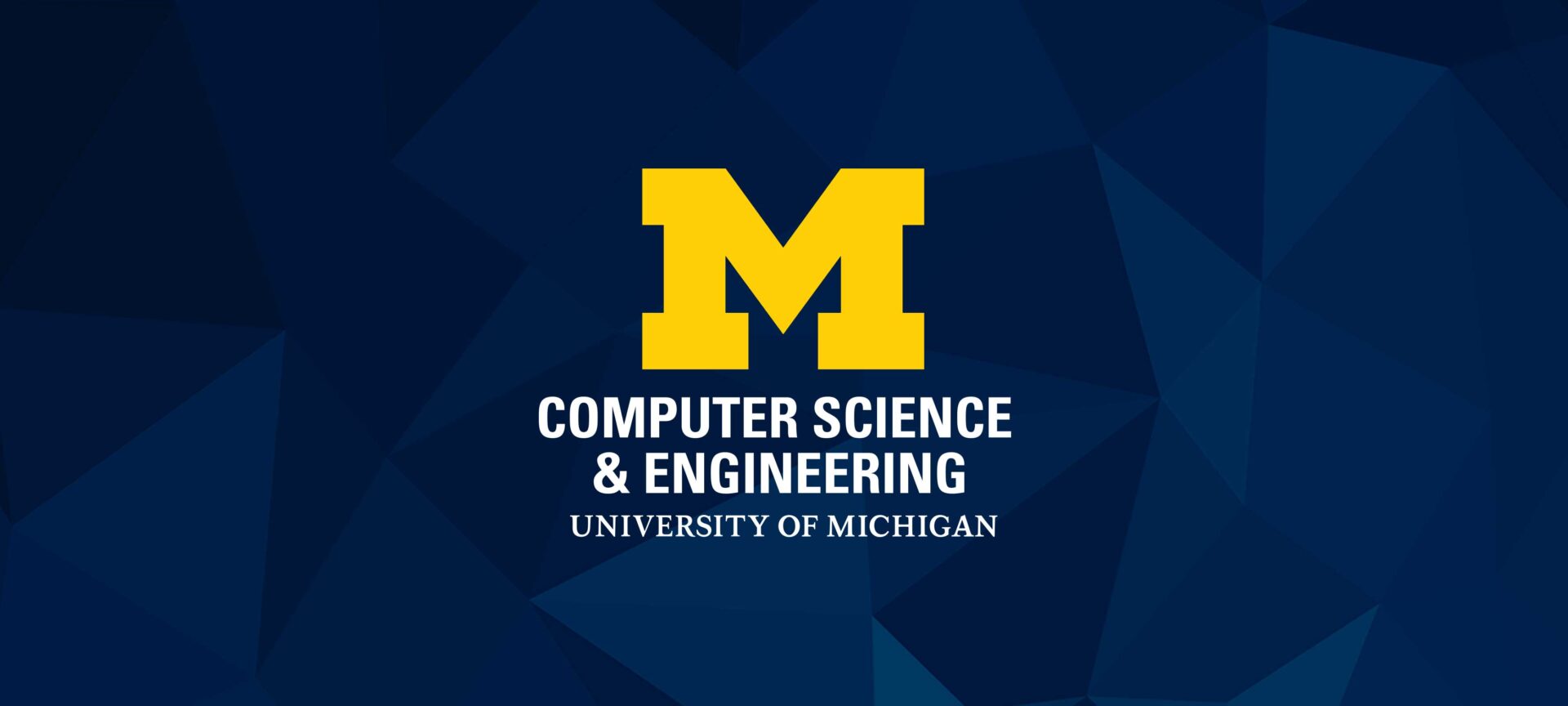
Automated tool optimizes complex programs better than humans
Erie provided database repairs that were previously performed exclusively by human programmers.
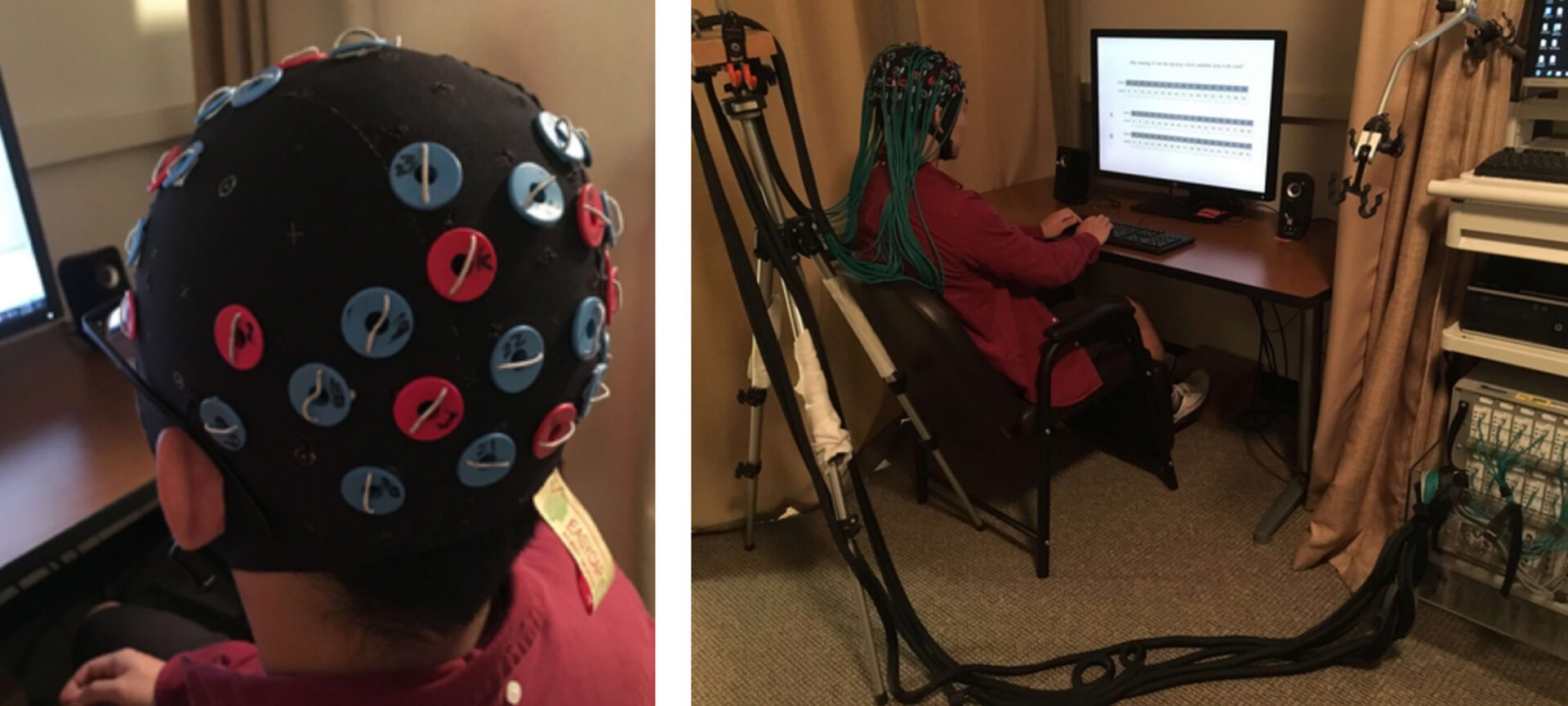
“Mind reading” study looks inside coders’ brains
Using real-time fMRI readings, researchers linked spatial reasoning with CS problem solving.
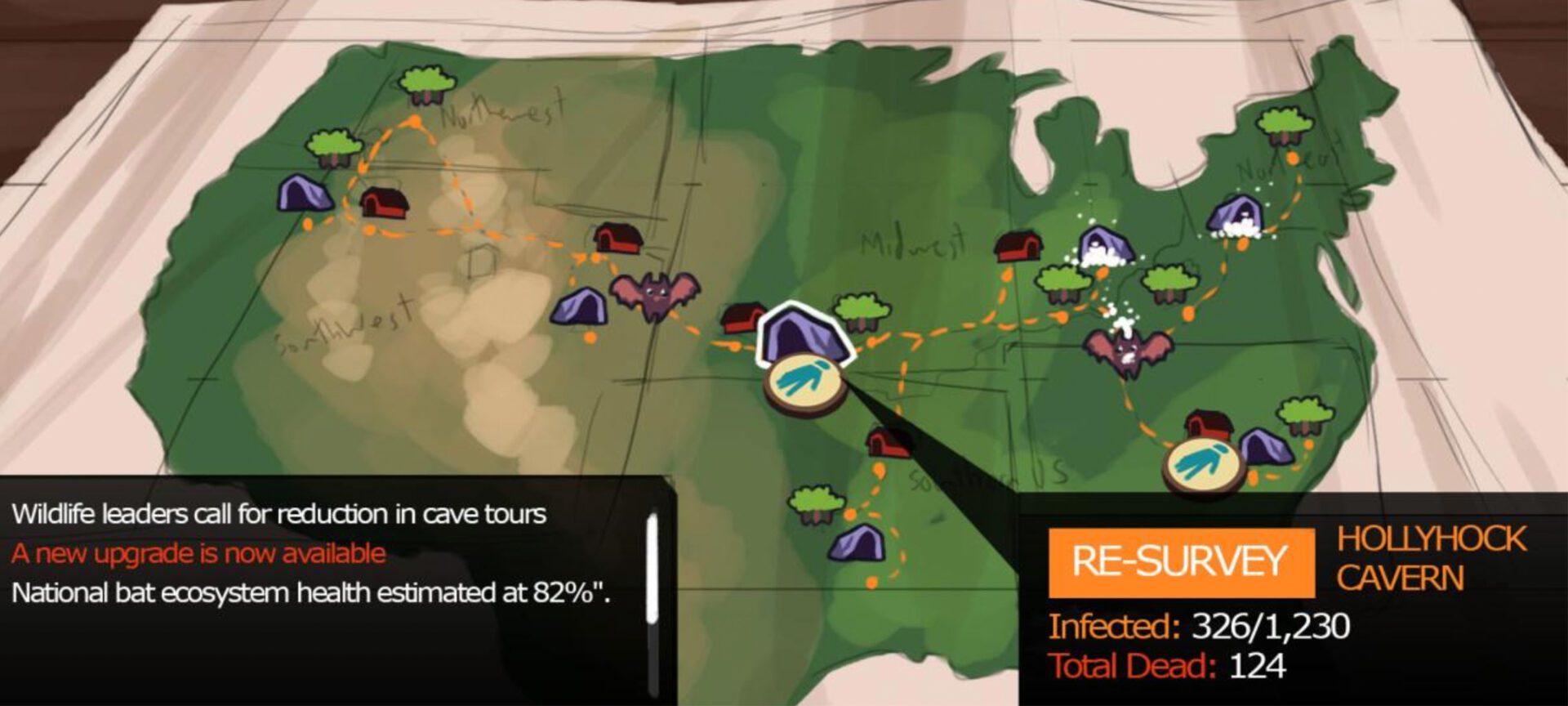
New browser strategy game has players tackle real-life bat catastrophe
As a fungal infection ravages bat populations, the new game hopes to promote public awareness of ongoing research to combat the issue.

Creating more efficient data centers for AI
Tang’s project will redesign data center systems to support large-scale use of hardware accelerators to meet future computational demand.

$1M NSF grant supports new system for gathering, structuring data with ease
The team’s new tool will combine of software and data to make gathering structured data dramatically easier.
$2M NSF grant to explore data equity systems
Researchers plan to establish a framework for a national institute that would enable research using sensitive data, while preventing misuse and misinterpretation.
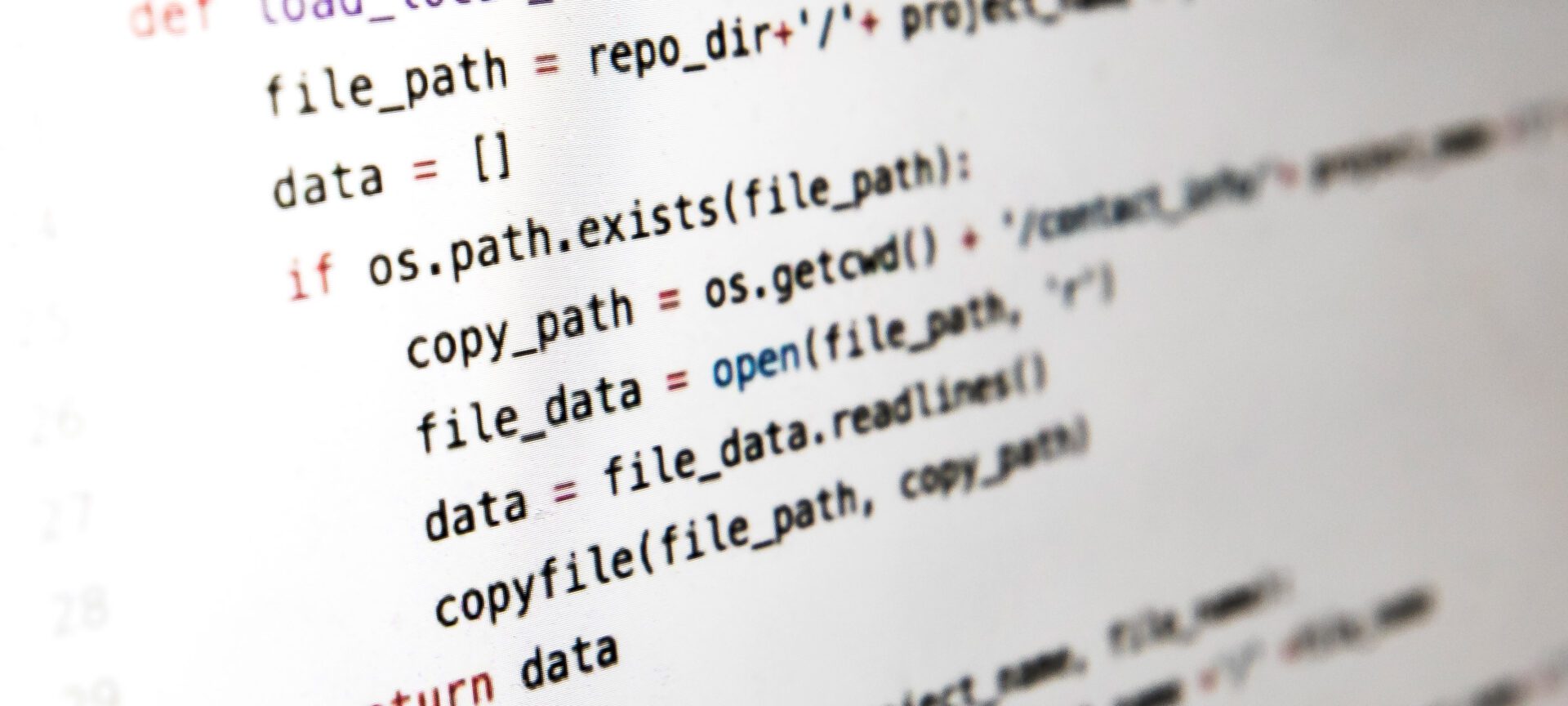
CSE faculty bring significant showing to major systems conference
Researchers designed three new systems to speed up code at several key bottlenecks.
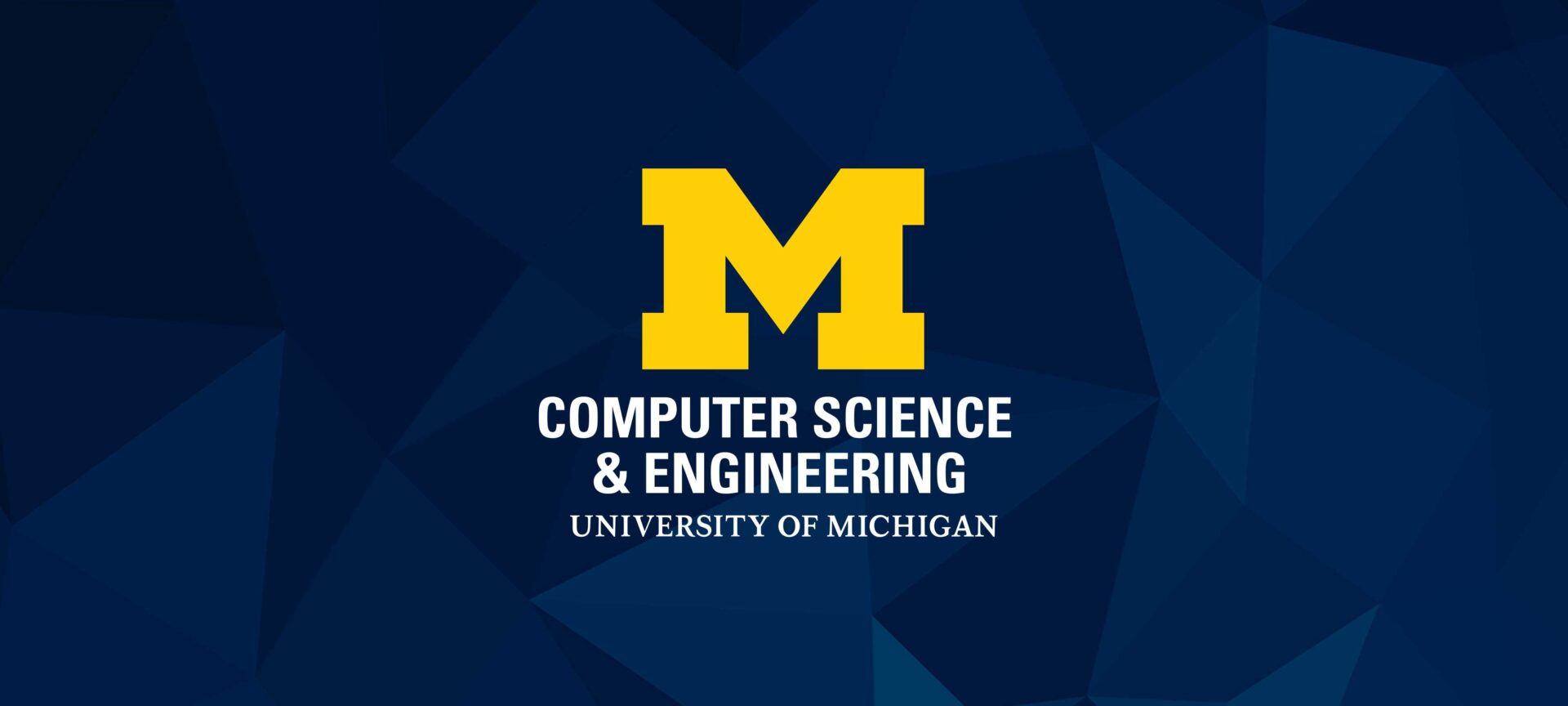
Best Student Paper Award for work on faster network classification for machine learning
Comparing graphs the team’s tool is up to an order of magnitude faster than competitive baselines.
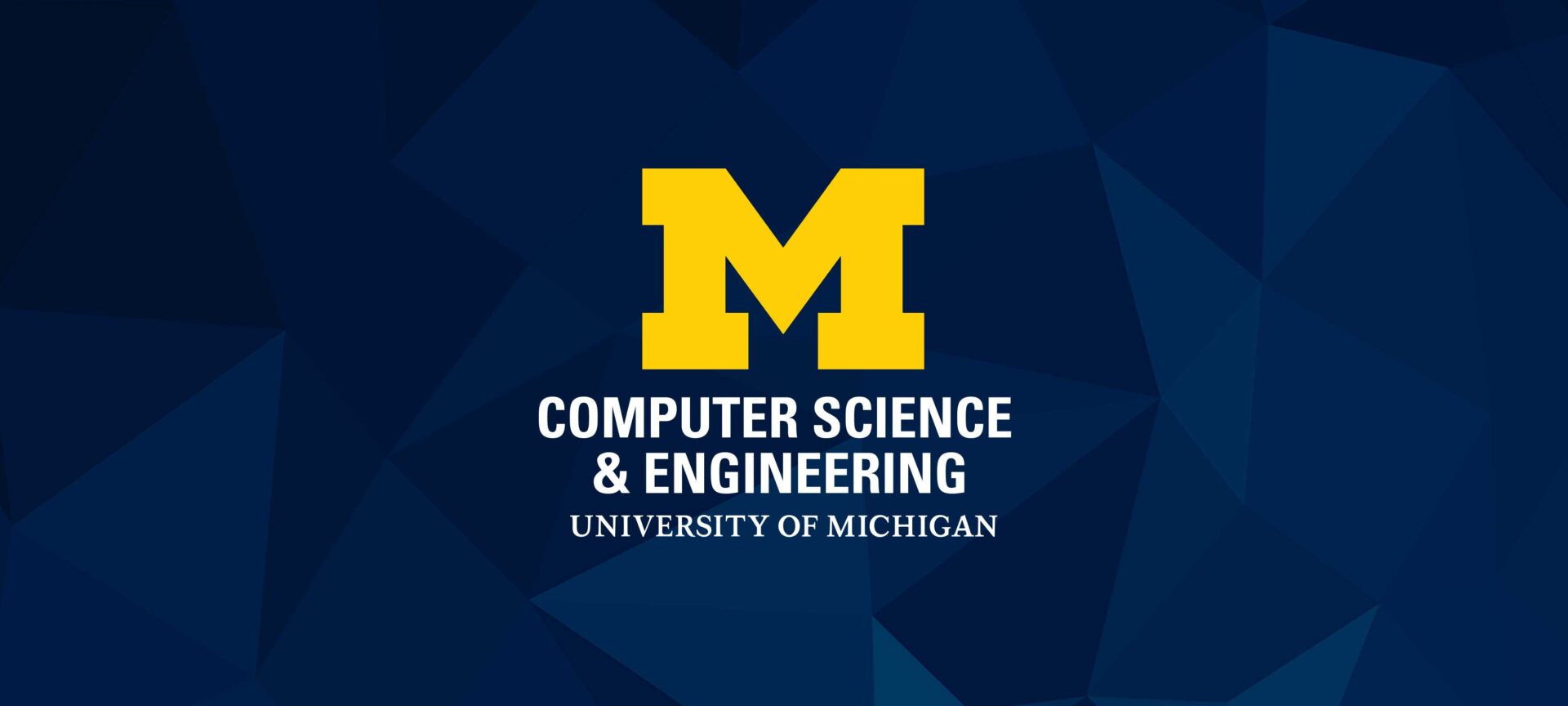
Three faculty earn MIDAS grants to broaden the frontiers of data science
This round of funding strongly encourages pioneering work with the potential for major expansion.

Generating realistic stock market data for deeper financial research
A team at Michigan proposed an approach to generating realistic and high-fidelity stock market data to enable broader study of financial markets.
Emotion recognition has a privacy problem – here’s how to fix it
Researchers have demonstrated the ability to “unlearn” sensitive identifying data from audio used to train machine learning models.
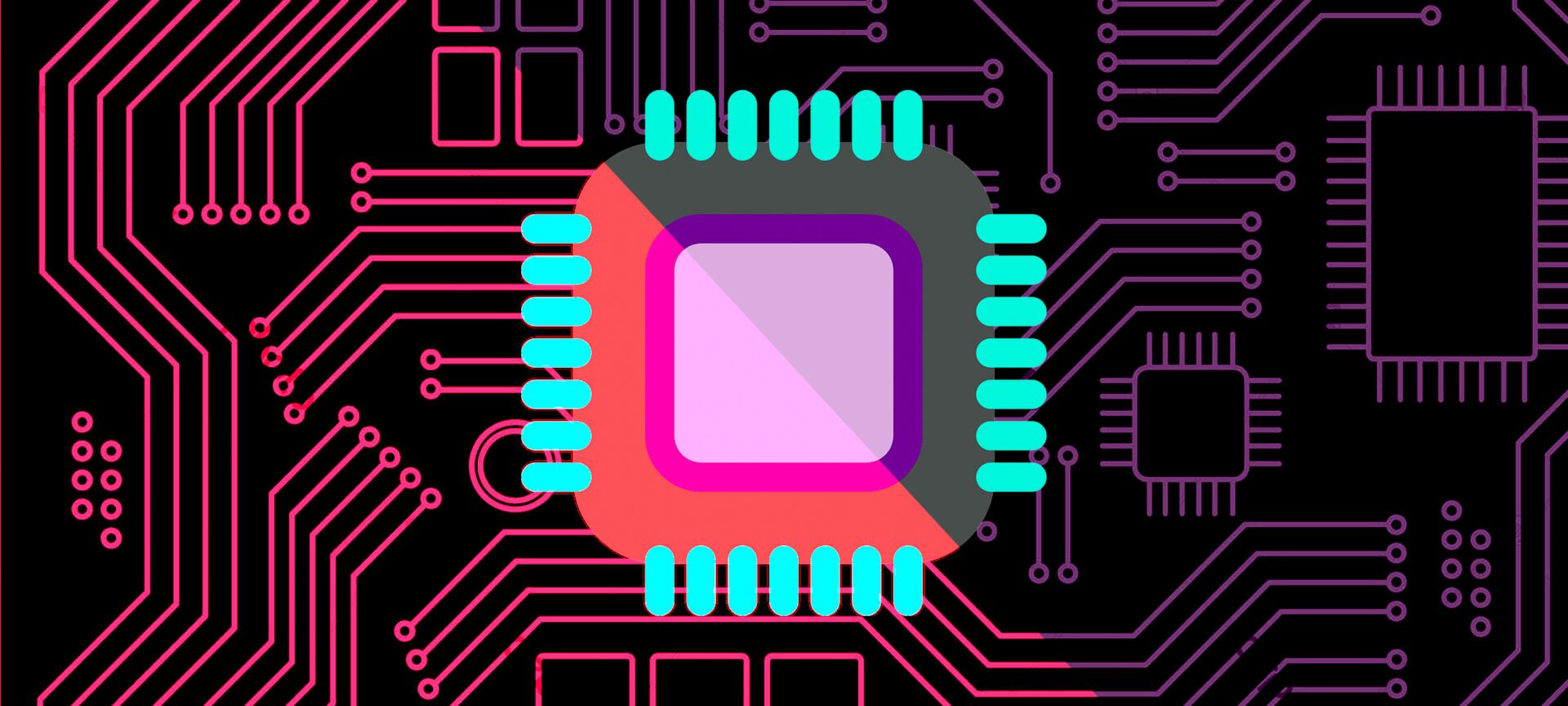
Programming around Moore’s Law with automatic code translation
Most programs in use today have to be completely rewritten at a very low level to reap the benefits of hardware acceleration. This system demonstrates how to make that translation automatic.
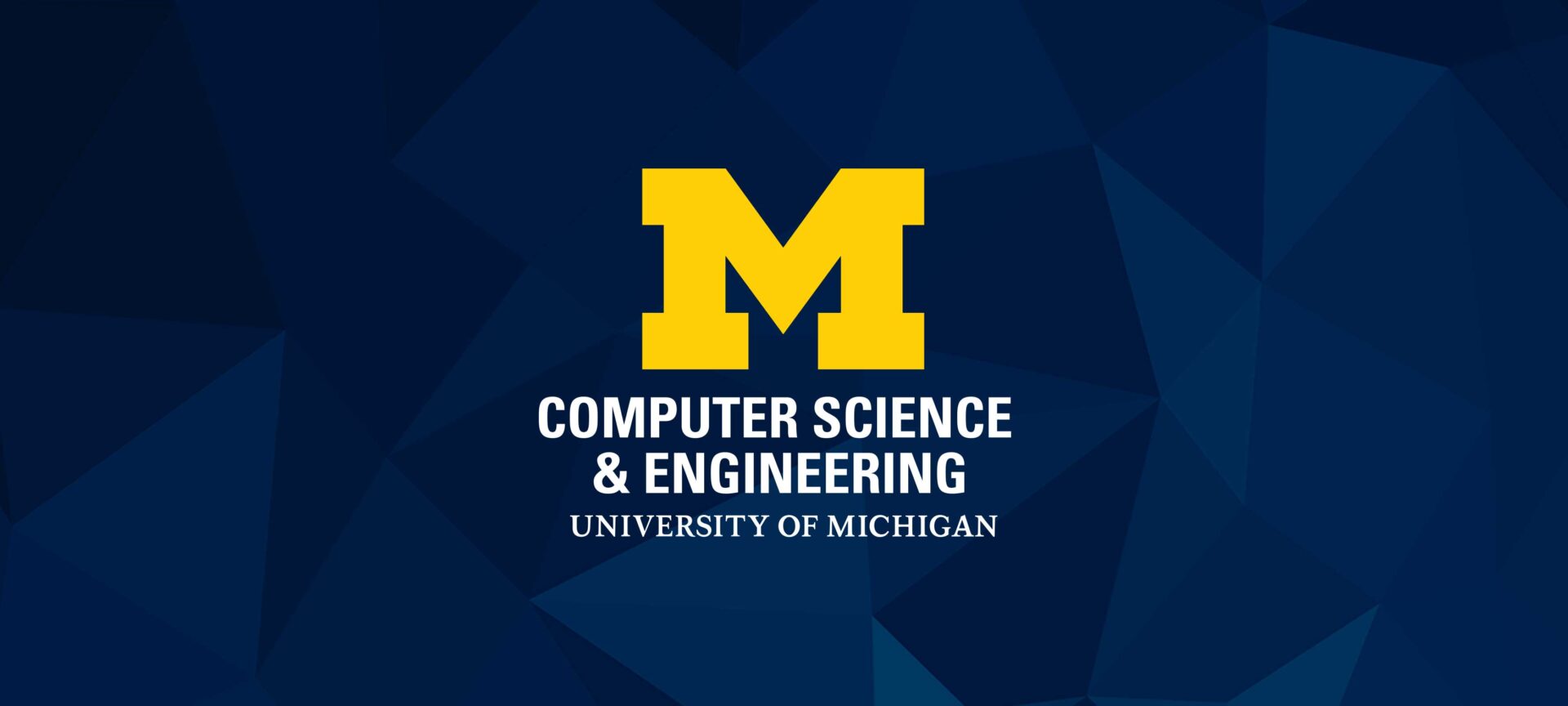
Predoctoral Fellowship for mathematically provable hardware design
Goel designs algorithms that can automatically demonstrate the correctness of hardware systems.
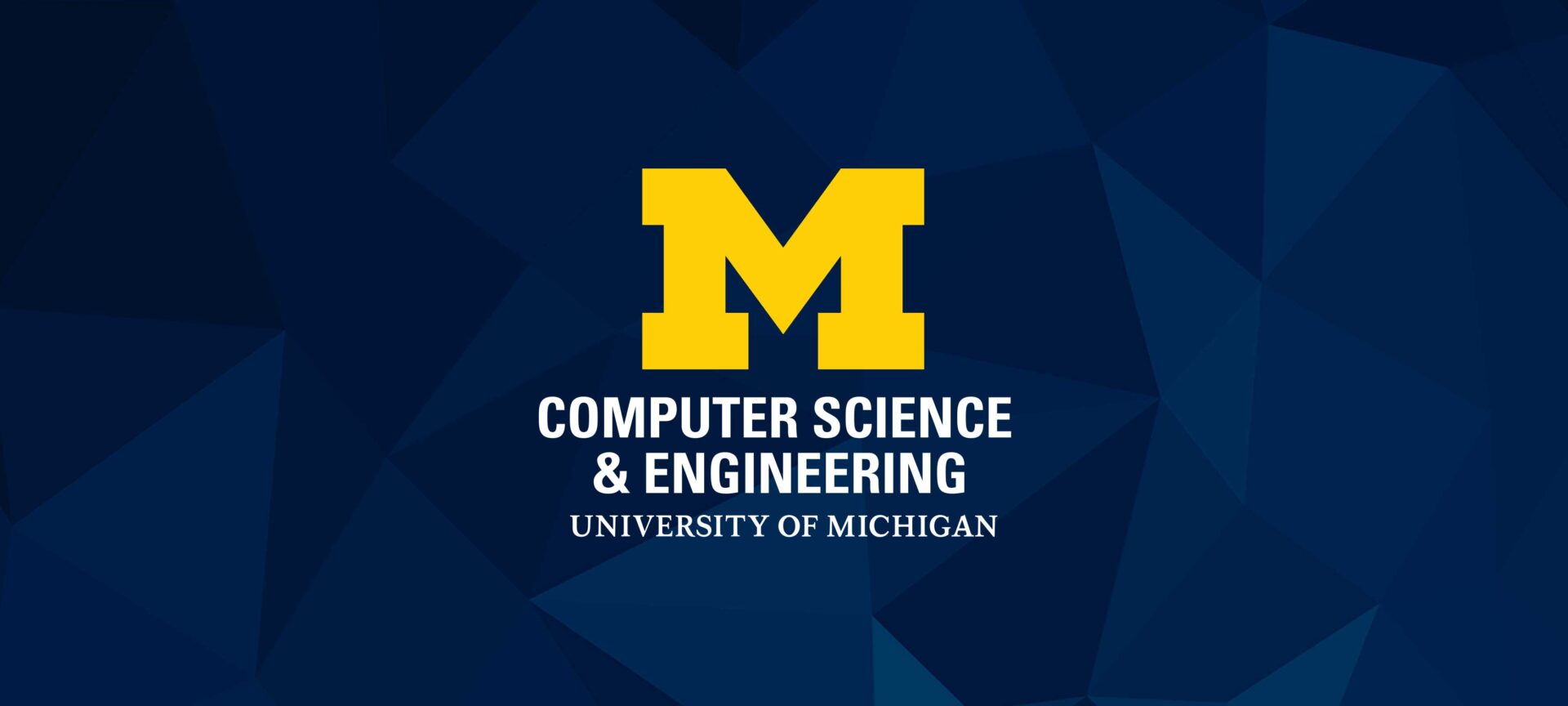
Rackham Predoctoral Fellowship for design of robust, reliable and repairable software systems
Subarno Banerjee uses program analysis to improve software systems’ safety and security.
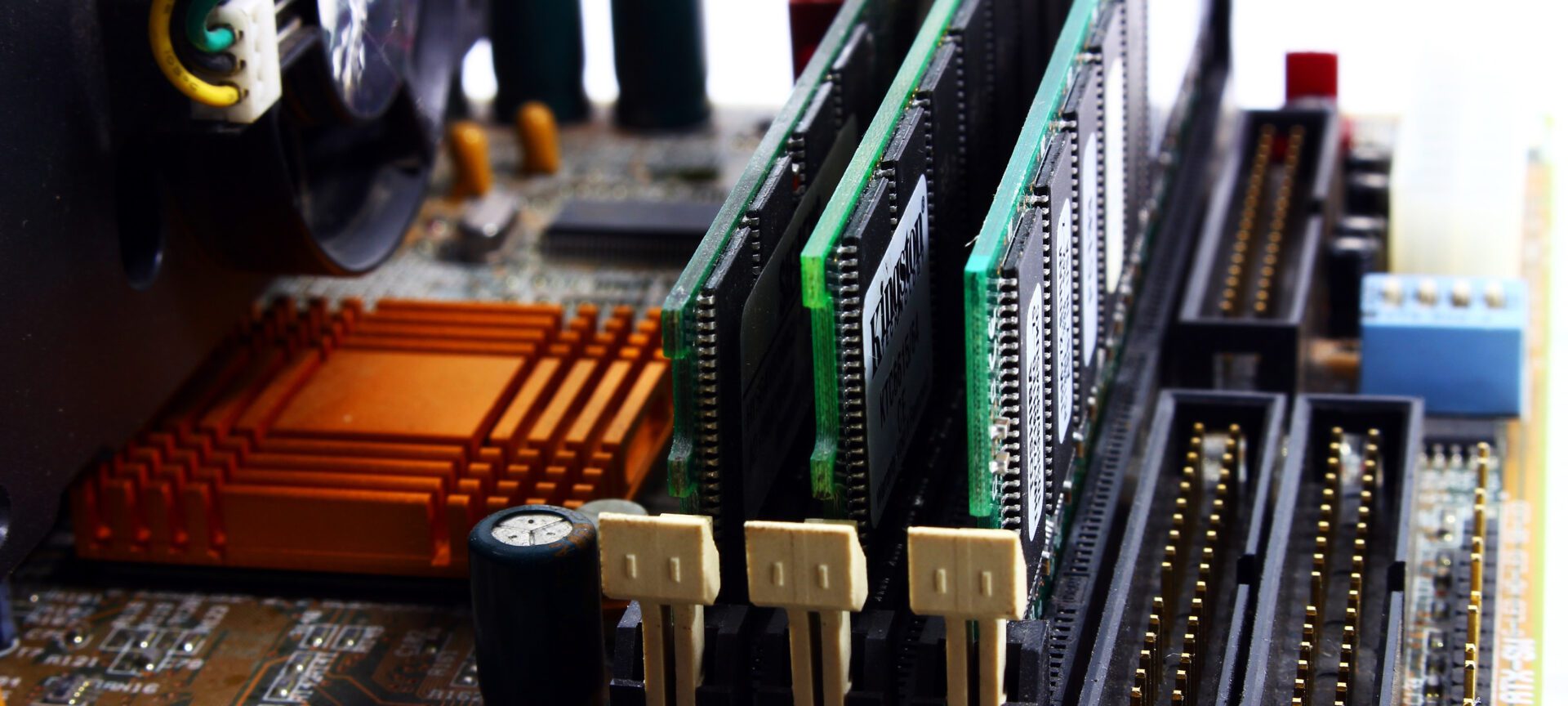
Undergraduate research on speeding up data centers earns ACM first prize
The student’s project targets critical moments where the next instruction in a program is only available in a slower type of memory.
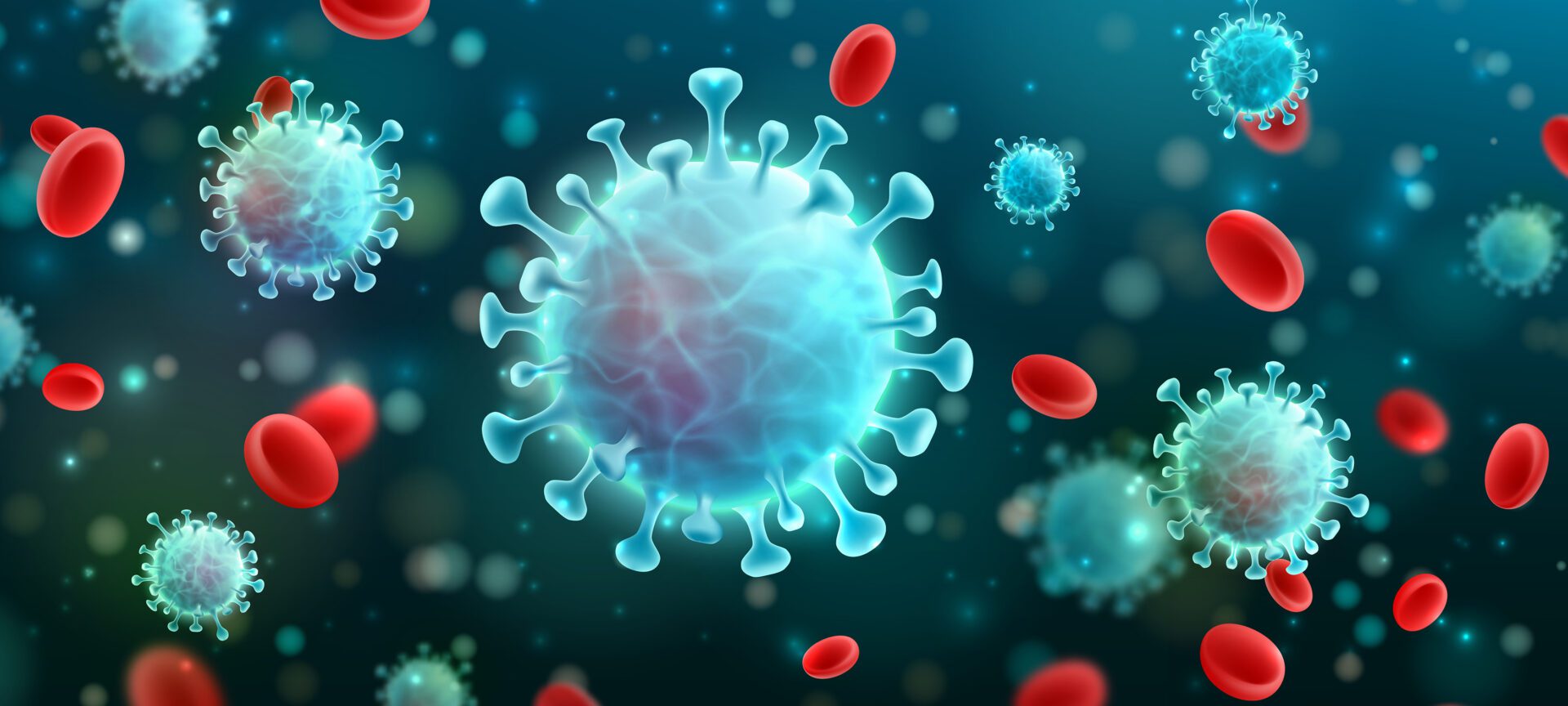
Building better coronavirus databases with automatic quality checks
The team will build high-quality datasets to enable automatic quality checking and fraud detection of the new coronavirus data.

Research team takes on food insecurity in Detroit in the face of coronavirus limitations
Researchers are working with the city on two key initiatives to address food availability for elderly and low-income populations.

Get to know: Xinyu Wang
“My research has the potential to democratize programming and make it possible for millions of people around the globe to automate otherwise tedious tasks using programming.”
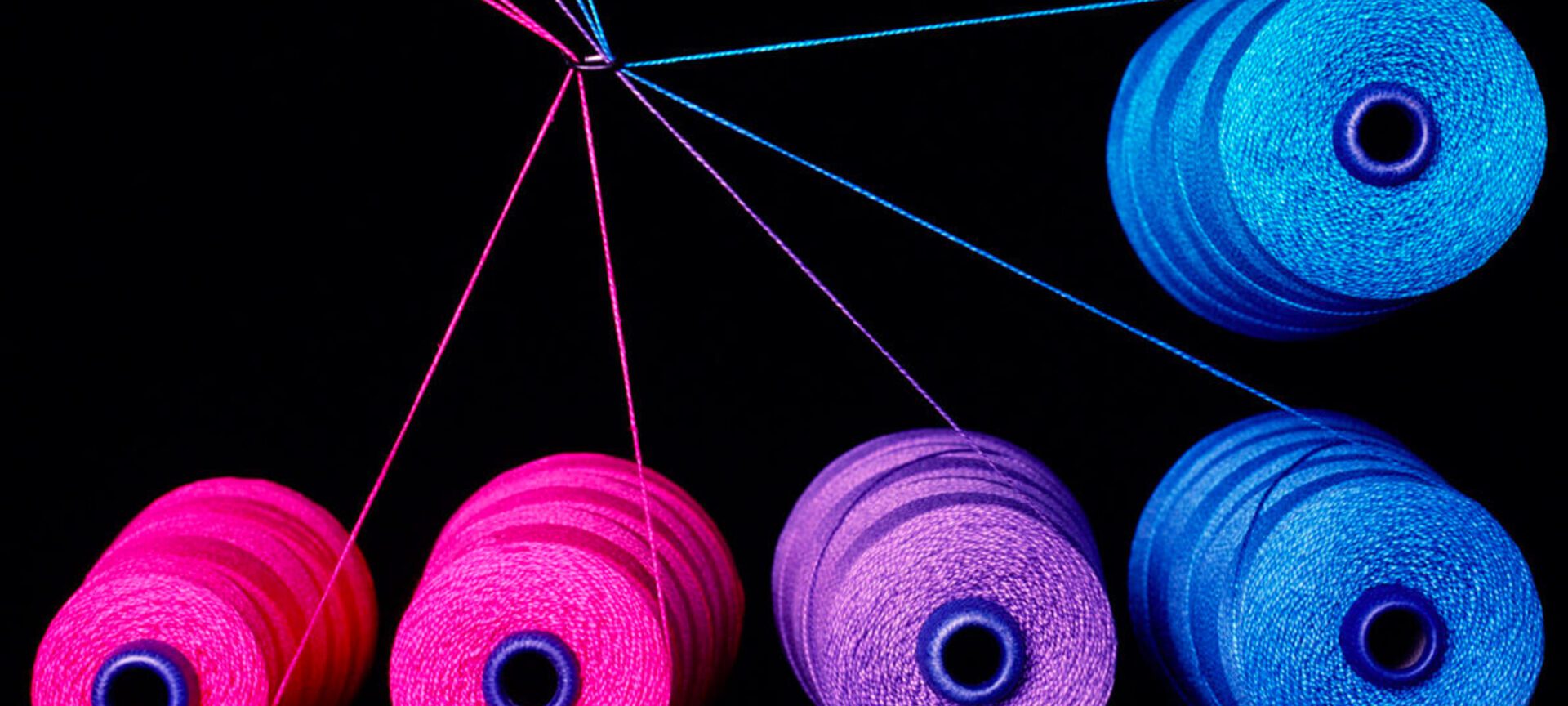
New method ensures complex programs are bug-free without testing
The system targets software that runs using concurrent execution, a widespread method for boosting performance, and proves whether a program will output what it’s supposed to.

NIST finalists for post-quantum security standards include research results developed by Prof. Chris Peikert
A new secure code is needed to protect private information from the power of quantum computing.

Alumnus Yi-Jun Chang Wins PODC Dissertation Award
His work is in complexity theory of distributed computing.
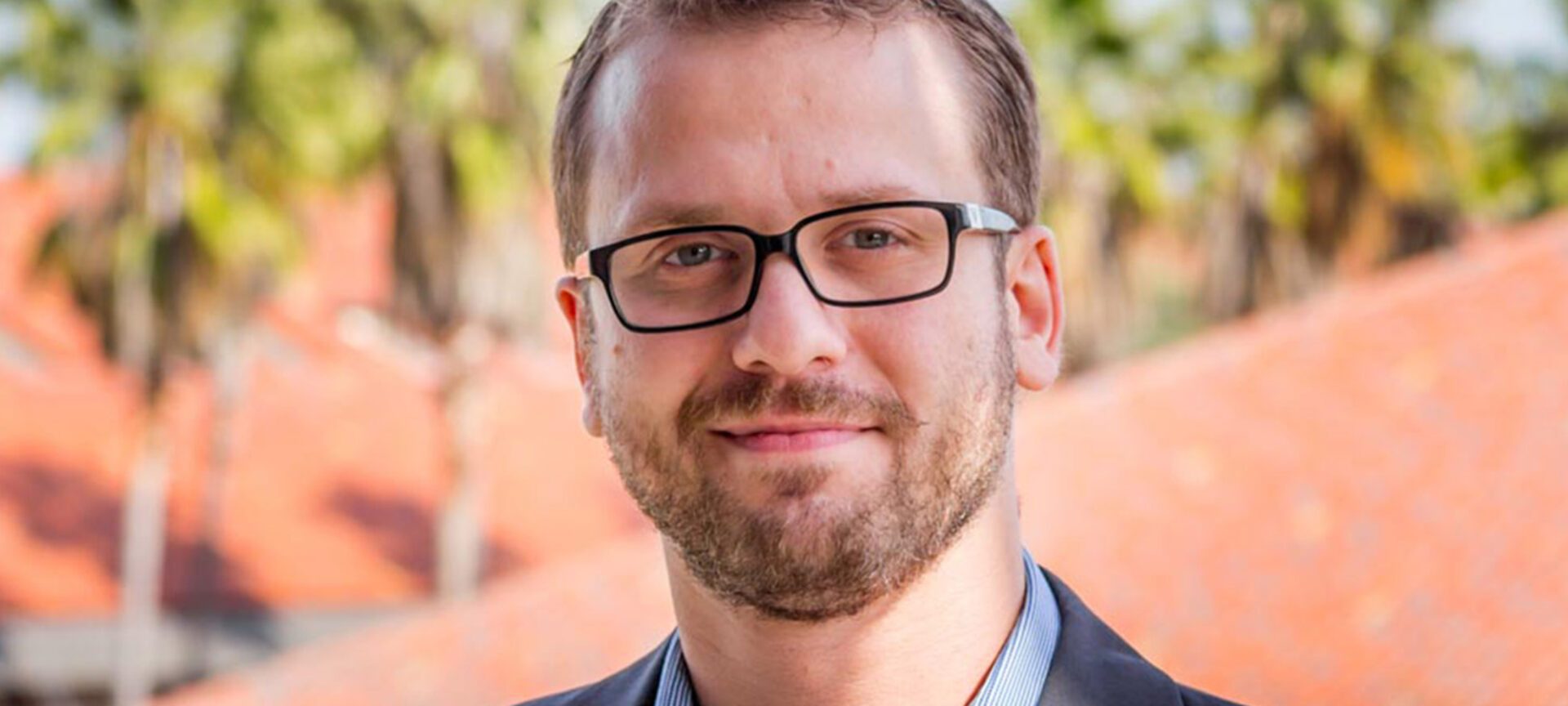
Prof. Baris Kasikci recognized as rising star by Intel
The award recognizes early career faculty who show great promise in developing future computing technologies.

Tool to automate popular security technique earns distinguished paper
The new technique automatically constructs policies for applications that keep them from compromising other programs.

Building a testing-free future
How automated guarantees that our most complex programs are secure and trustworthy can save us time, money, and anxiety.

New database sheds light on Michigan’s videogame boom
The Michigan Game Studios database, developed by lecturer Austin Yarger, helps organize the state’s rapidly growing scene.
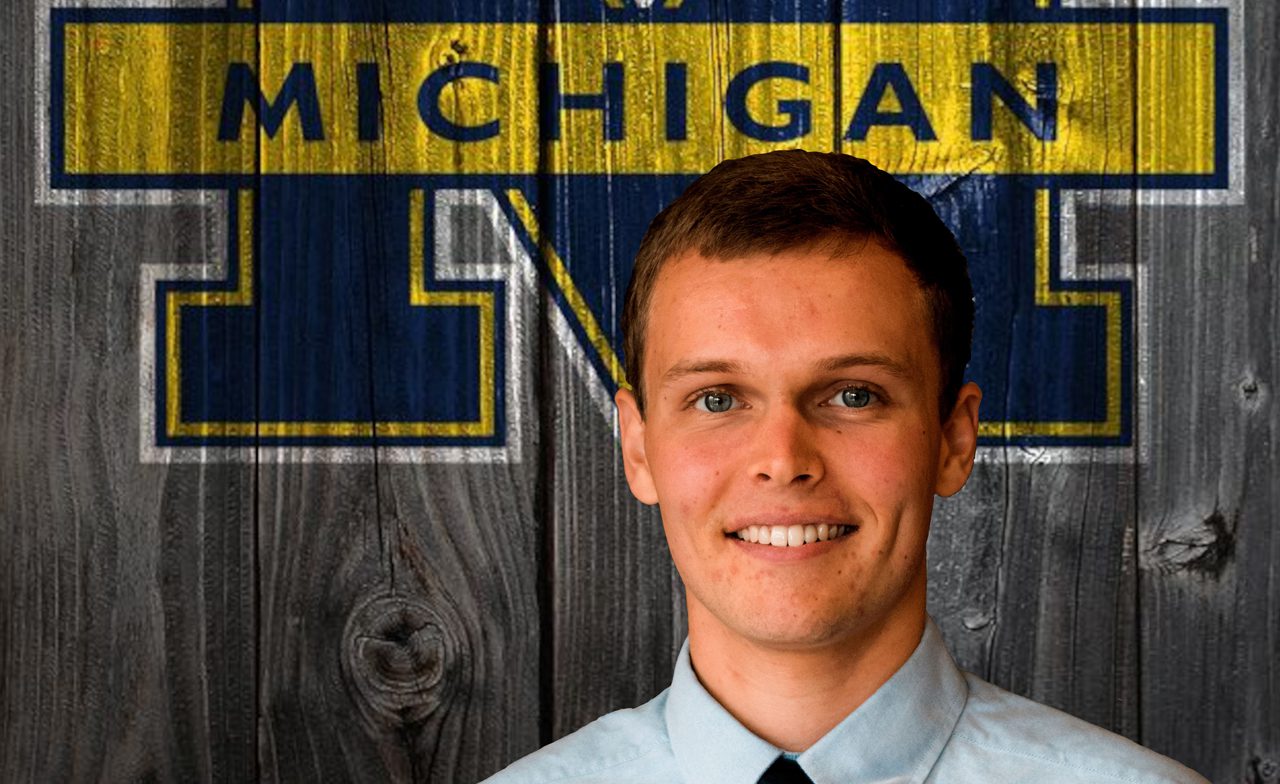
Tim Dunn selected for NSF Graduate Research Fellowship
Through his work, Tim hopes to dramatically accelerate genomic sequencing analysis, enabling the use of handheld genomic sequencers to produce actionable diagnostic data within minutes.
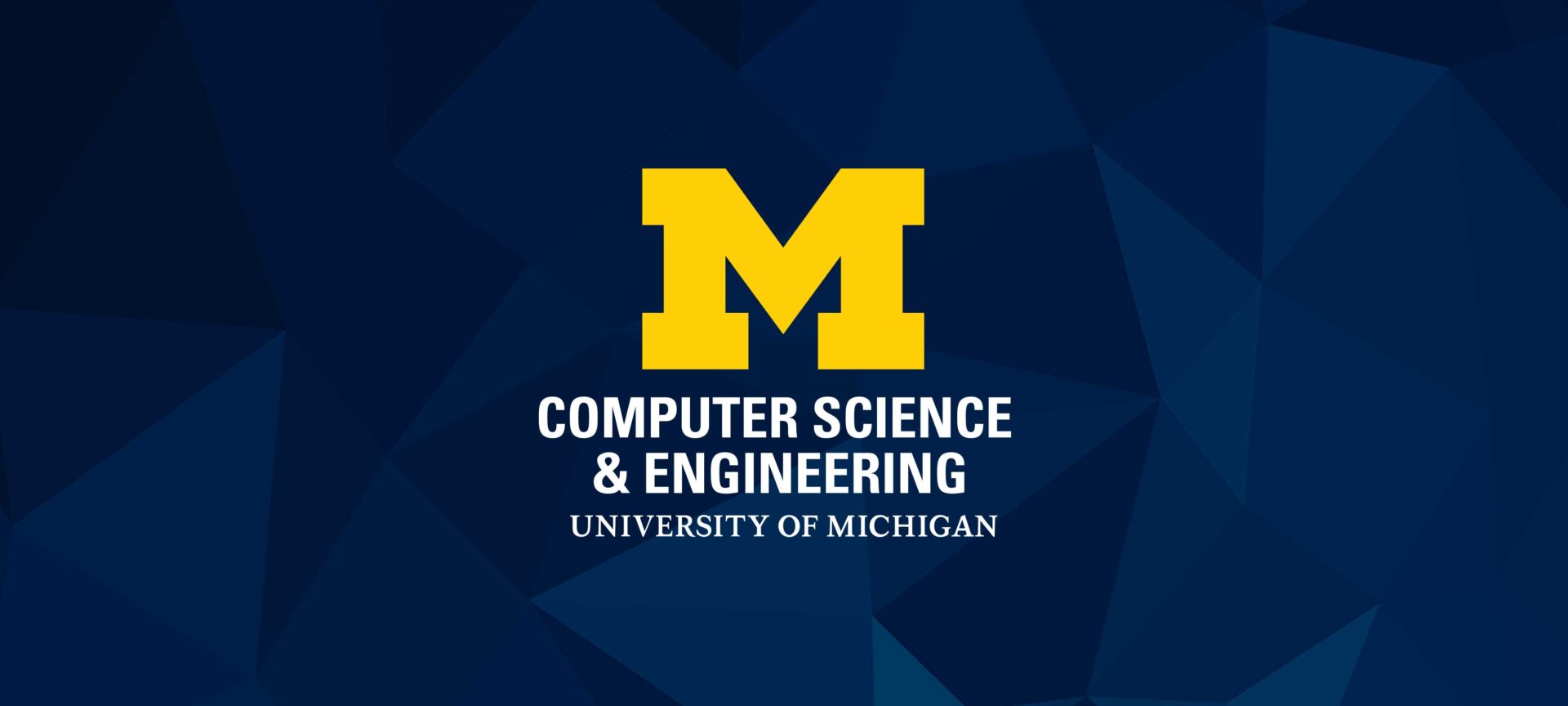
Postdoc Leqi Zhu wins PODC Dissertation Award
The thesis completely solves a longstanding open problem in the theory of distributed computing.

Solution for restoring faulty graphs earns best paper award
Prof. Greg Bodwin has devised a solution to an important open question in graph theory that offers promising new options for repairing and constructing resilient networks.

Google Award to make widely used software testing technique more effective
Baris Kasikci plans to improve software fuzzers by learning how deployed software is most commonly run by users.

Using negative probability for quantum solutions
Probabilities with a negative sign have been of great use in quantum physics.
Third Annual Data Mining Workshop Brings Together 100+ Researchers
100+ researchers from across the University of Michigan and from industry gathered on North Campus for the third U-M Workshop on Data Mining.

Michigan Researchers Win Best Paper Award at VLDB 2015
The paper proposes an interactive natural language interface for relational databases, which enables novice users to construct complex queries.
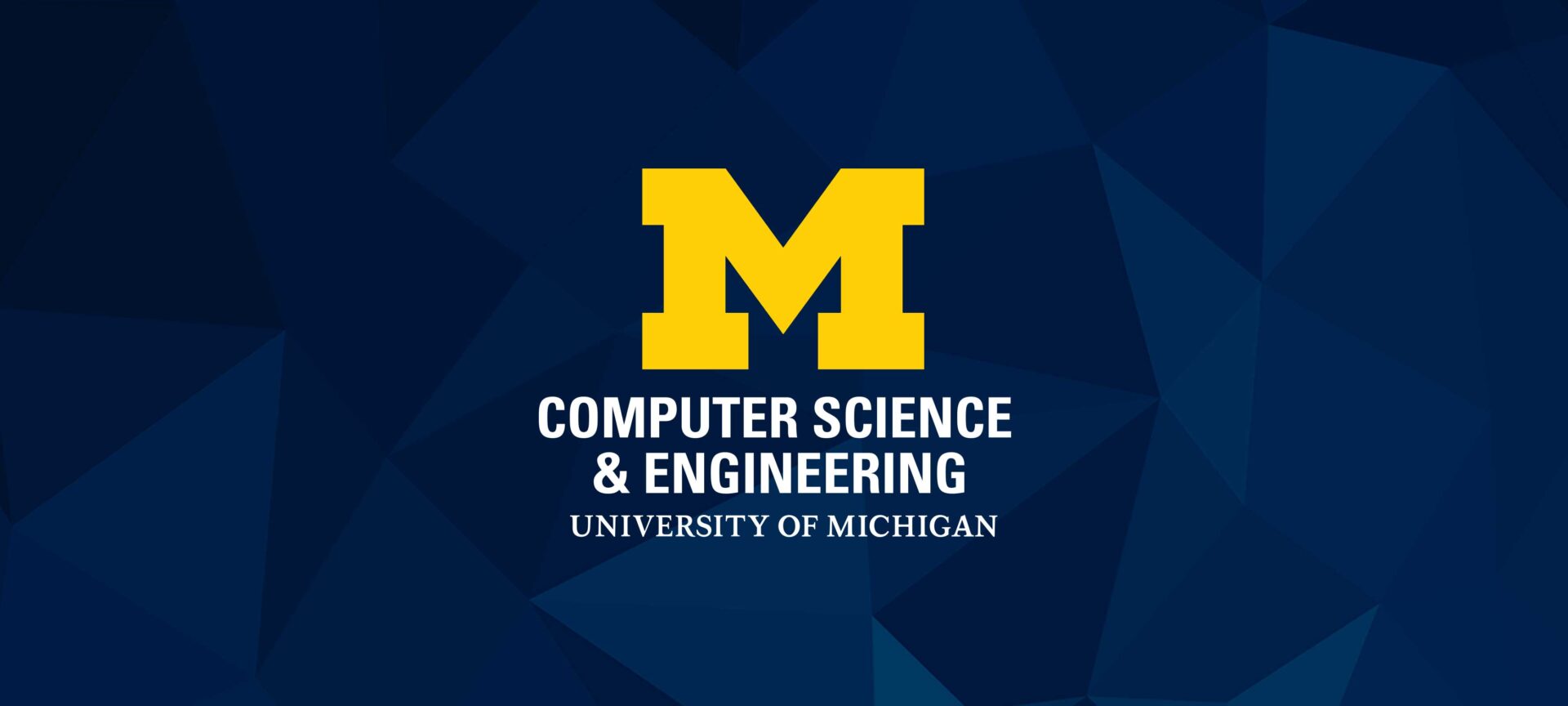
Censys enables fast searching of actionable internet data
The software enables users to ask questions about the hosts and networks that compose the Internet and get an immediate reply.
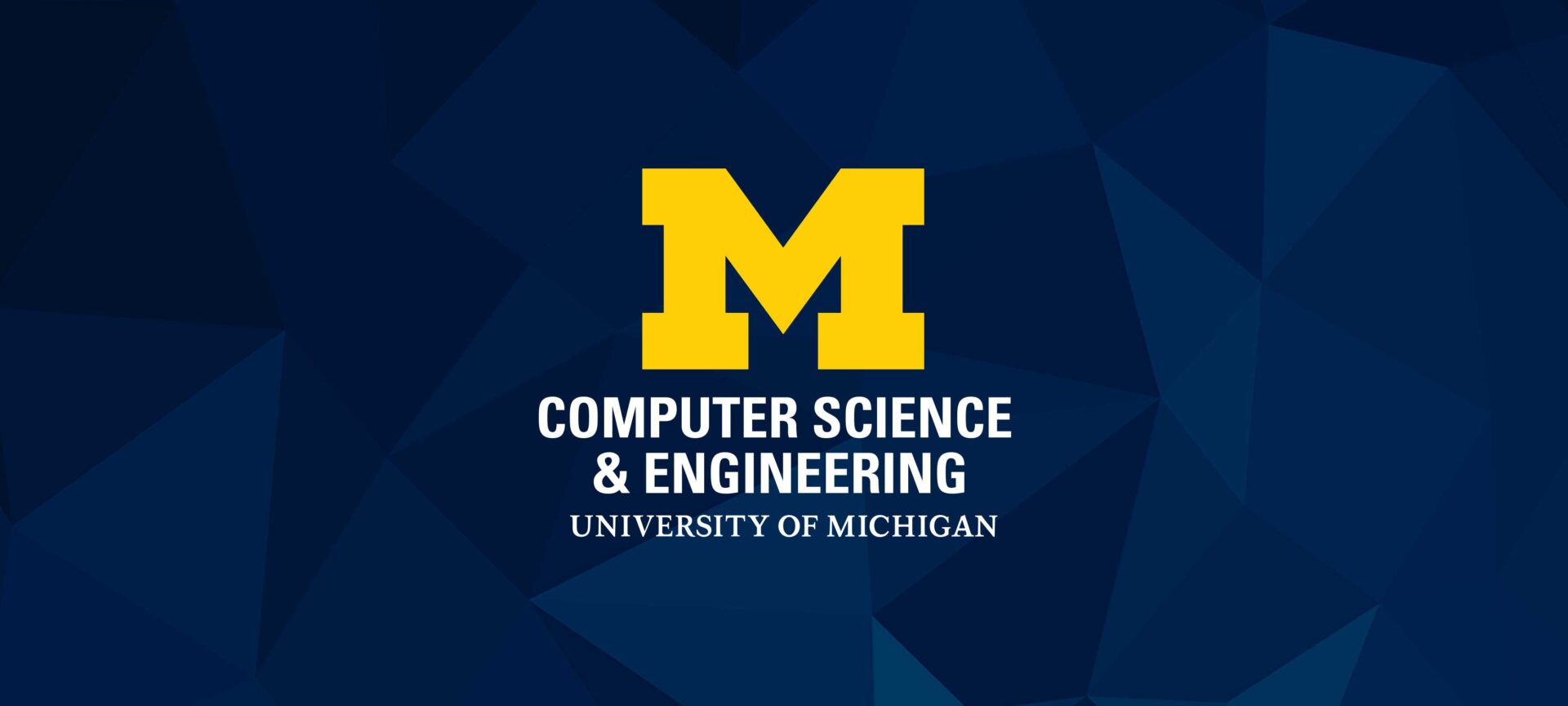
Barzan Mozafari receives NSF CAREER Award to improve predictability of database systems
Prof. Mozafari is passionate about building large-scale data-intensive systems that are more scalable, more robust, and more predictable.
Michael J. Cafarella selected for Sloan Research Fellowship
He has built software systems for information extraction, database integration, and feature engineering and applied these to problems in the social sciences.
Walter Lasecki and collaborators win Best Paper at W4A
The paper explores how automated speech recognition and crowd-sourced human correction and generation of transcripts can be traded off to improve accuracy and latency.
Google, U-M to build digital tools for Flint water crisis
CSE students and faculty will collaborate as a part of a larger team to help respond to the crisis.
Shadows in the Dark Web
Secrets lurk in the dark web, the 95 percent of the internet that most of us can’t see. One U-M professor is bringing some of those secrets to light, making the digital and the real world a little safer.
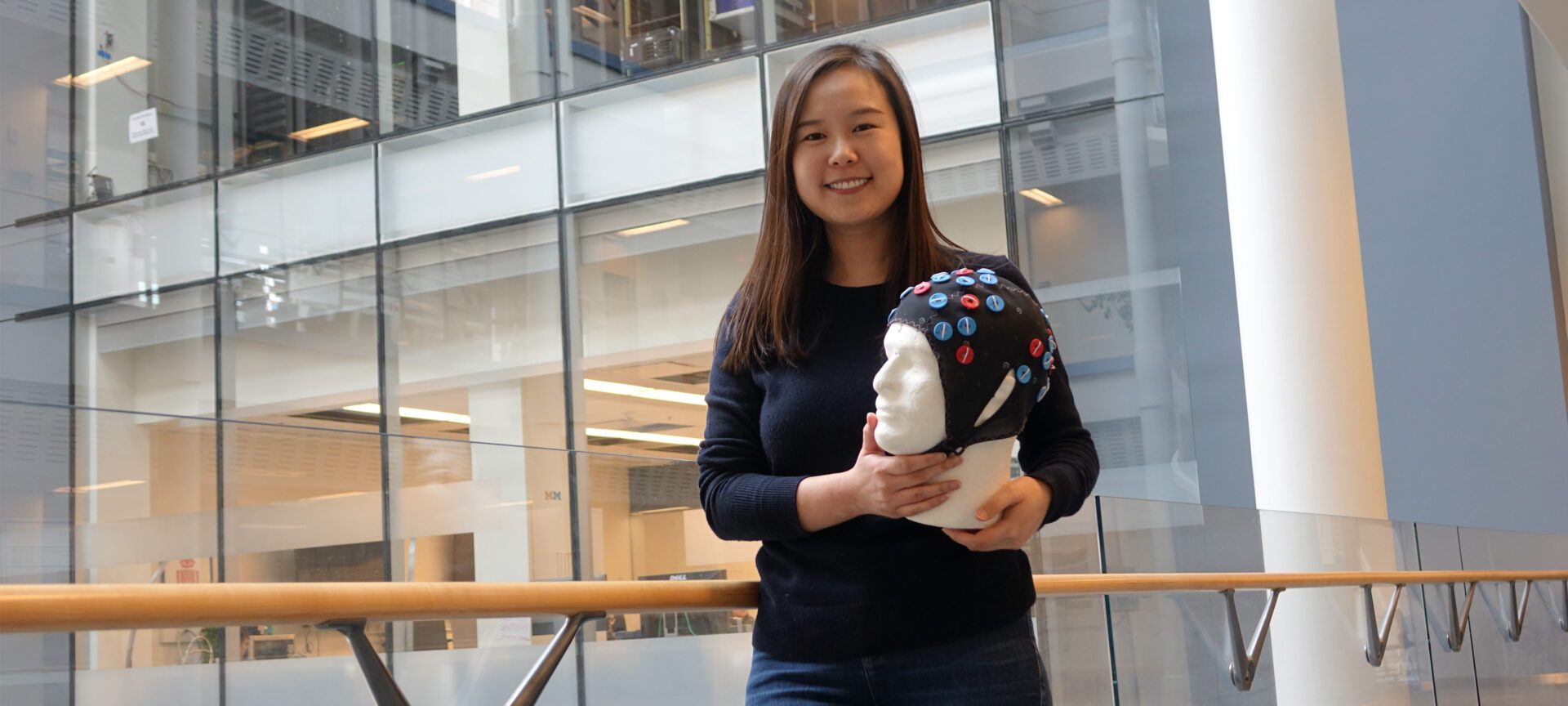
Researchers to use brain scans to understand gender bias in software development
The team will use fMRI to identify some of the underlying processes that occur when a code reviewer weighs in on a piece of software and its author.

Open-source software helps youth with disabilities develop scheduling independence
The system can add more flexibility to task management apps to help learning users make informed decisions about their time.
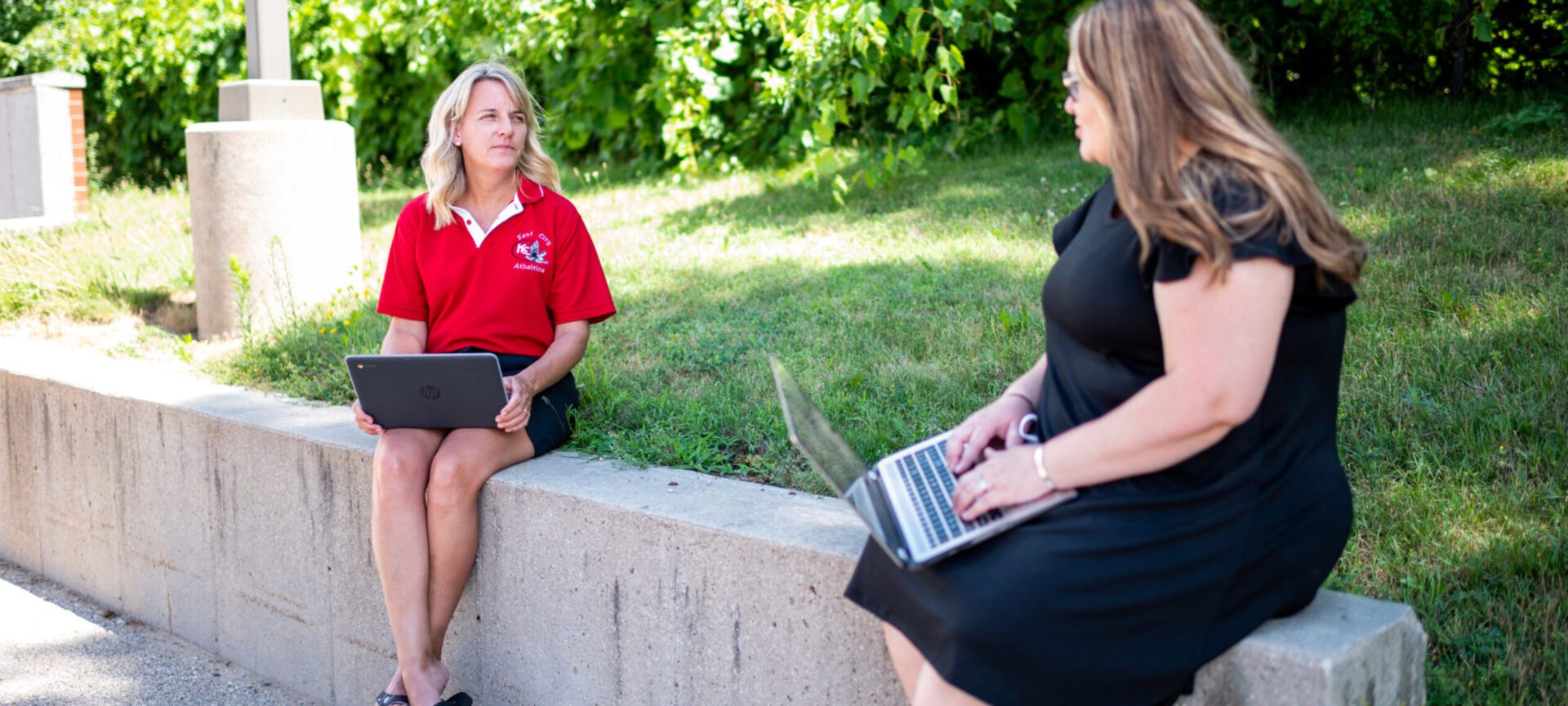
Roadmap for teachers: U-M free online learning platform paves the way
K-5 teachers and students throughout Michigan are building thriving learning communities online by using free deeply-digital, standards-aligned curricula and platform developed by the U-M Center for Digital Curricula.
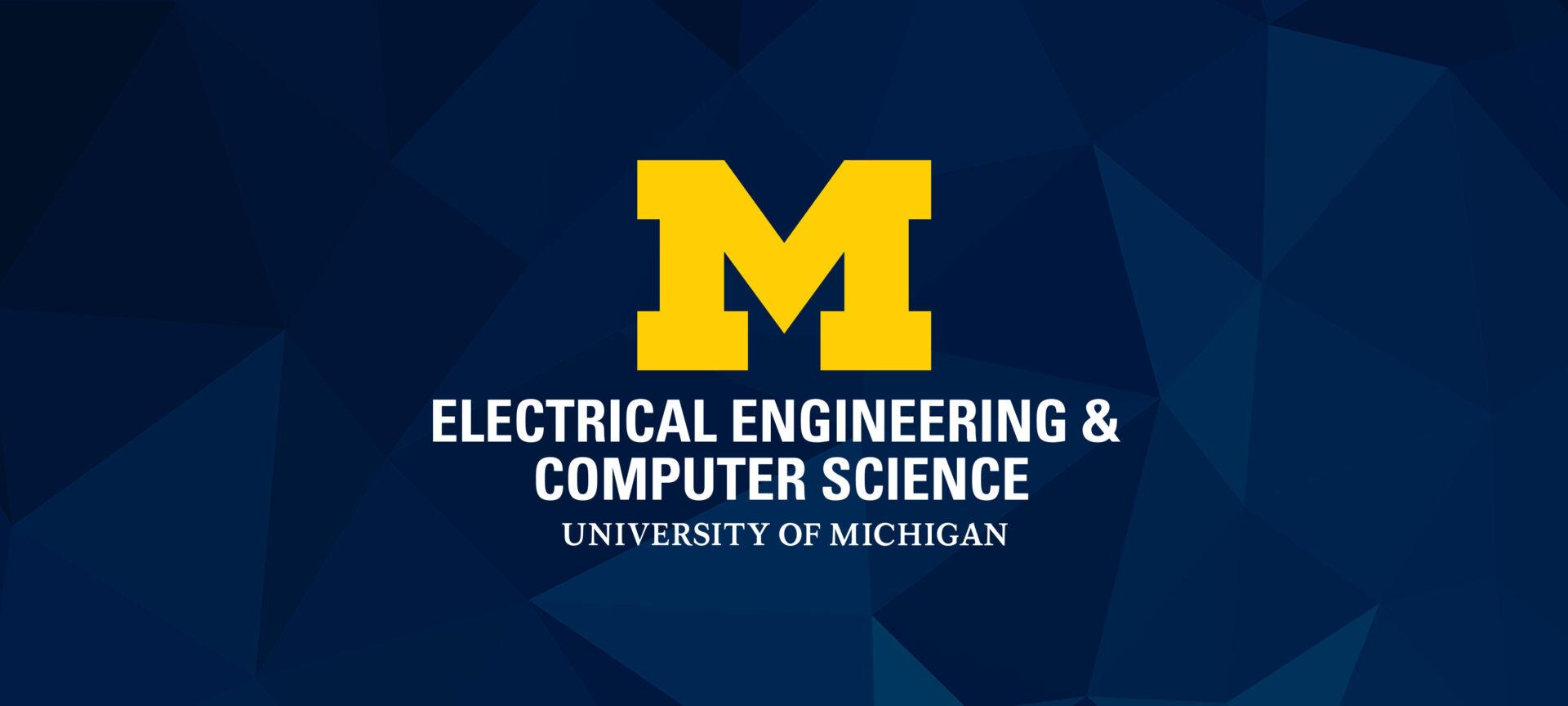
Smart bridges under development with new grant
The monitoring system will collect data from surface and penetrating sensors, then wirelessly relay the information to an inspector on site or miles away.
J. Alex Halderman to Teach Course on Electronic and Internet Voting through Coursera
The 5-week course will provide the technical background and public policy foundation that today’s citizens need to understand the electronic voting debate.
Duo of CSE Alums Form and Grow Security Company in Ann Arbor
Serial entrepreneur Dug Song (CS BS 1997) and recent alum Jon Oberheide (CSE PhD 2011) founded security firm Duo Security in early 2010 and have rapidly grown their company to serve over 500 customers in 40+ countries around the world.
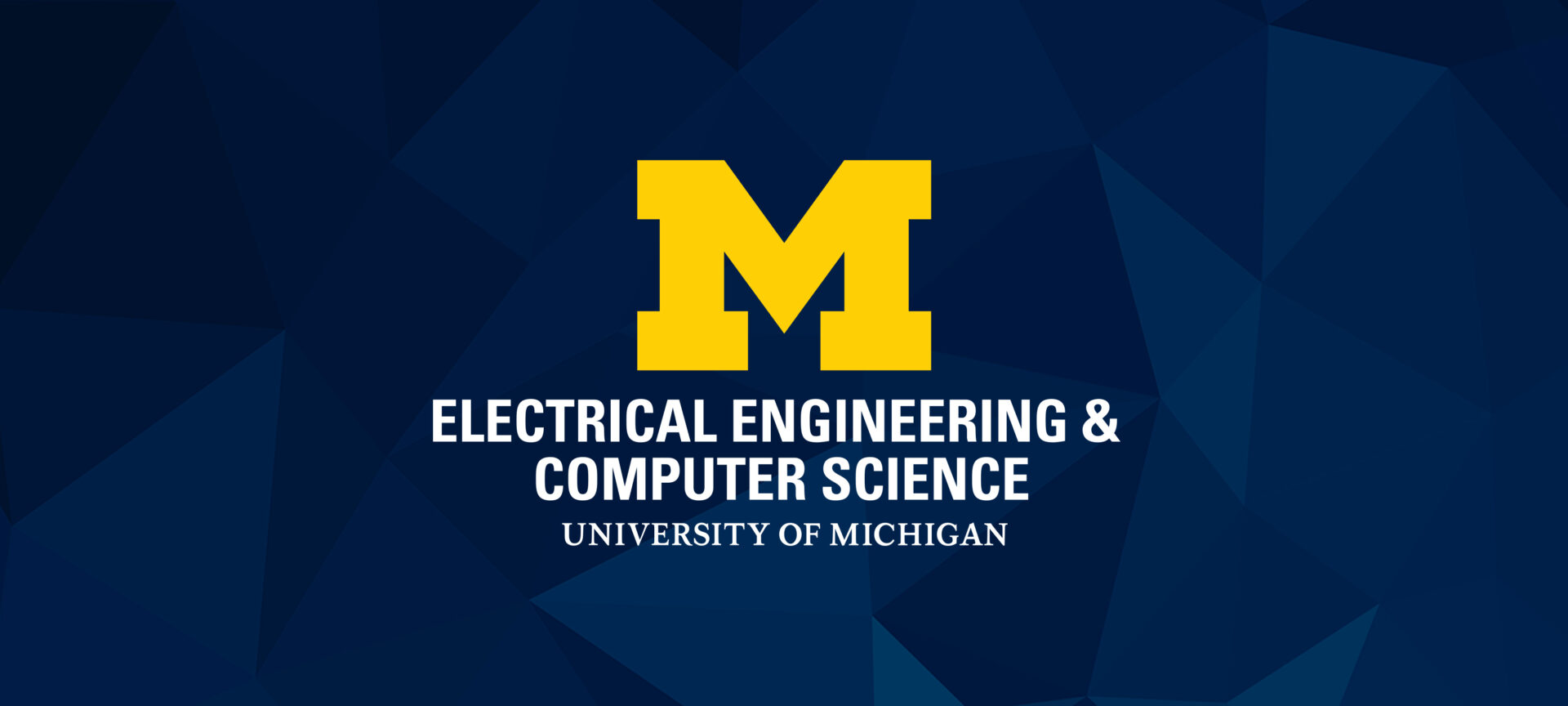
Researchers funded to develop a leap forward in Processor Architectures
The project proposes to produce a parallel heterogeneous 3D near-threshold computing system with unprecedented energy efficiency.
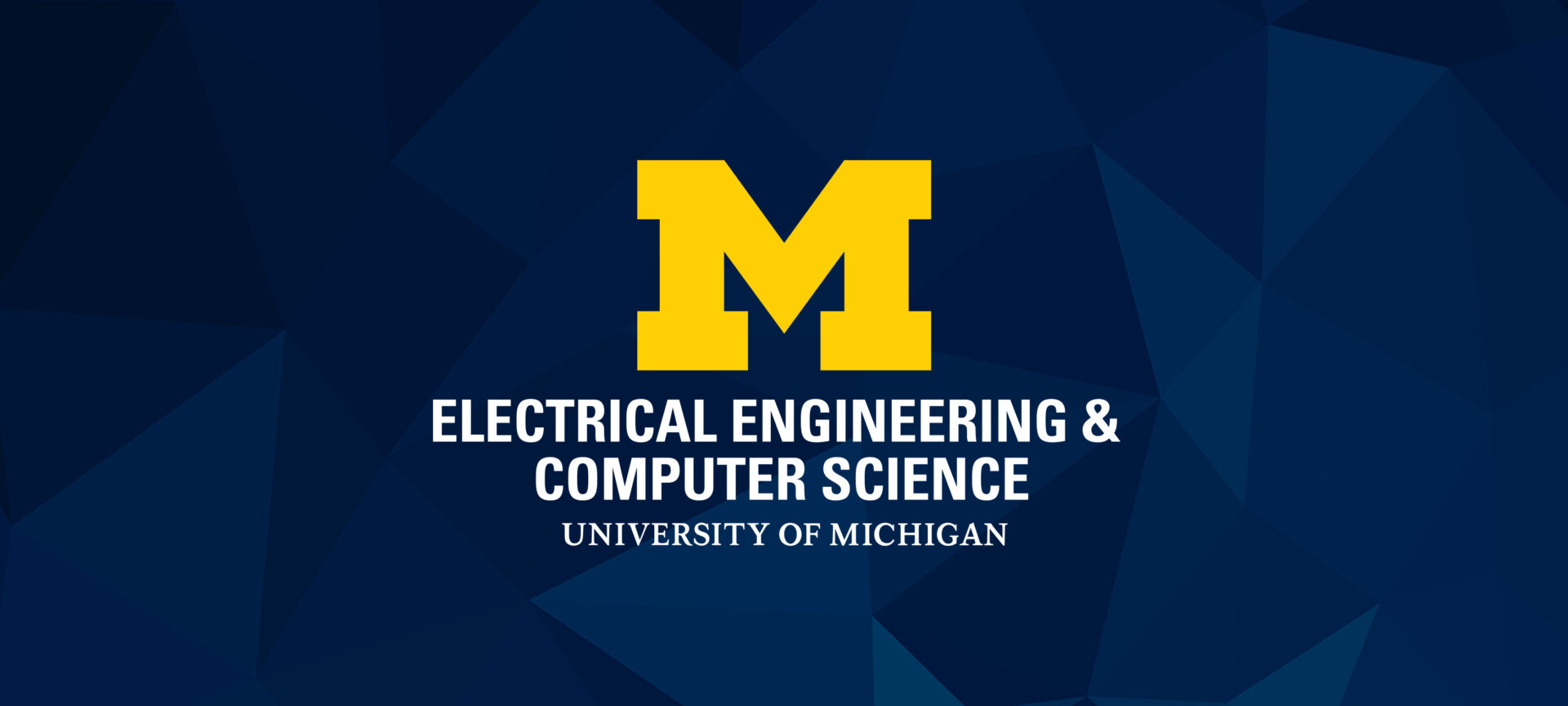
Wakefield and Kieras win Best Paper Award at ICAD 2014
The paper addresses how to manage multiple sources so that the user can maximize the information gained from each acoustic source.
HiJack Enables a Smartphone Dongle for Diagnosis of Infectious Diseases
HiJack is a hardware/software platform that utilizes the headset jack on a smartphone as a universal power/data interface.
World’s Largest Processor Announced; Perfect for Big Data – and Other Applications
A really big chip is ready to take on really big challenges.
Virta Labs Introduces PowerGuard™
Virta Laboratories was co-founded in part by Prof. Kevin Fu and former CSE postdoctoral researcher Denis Foo Kune.

Researchers Receive NSF/Intel Award to Develop Visual Recognition System for Wearable Devices
The researchers are finding a solution to implement state-of-the-art vision systems in wearable devices where there is little heat dissipation
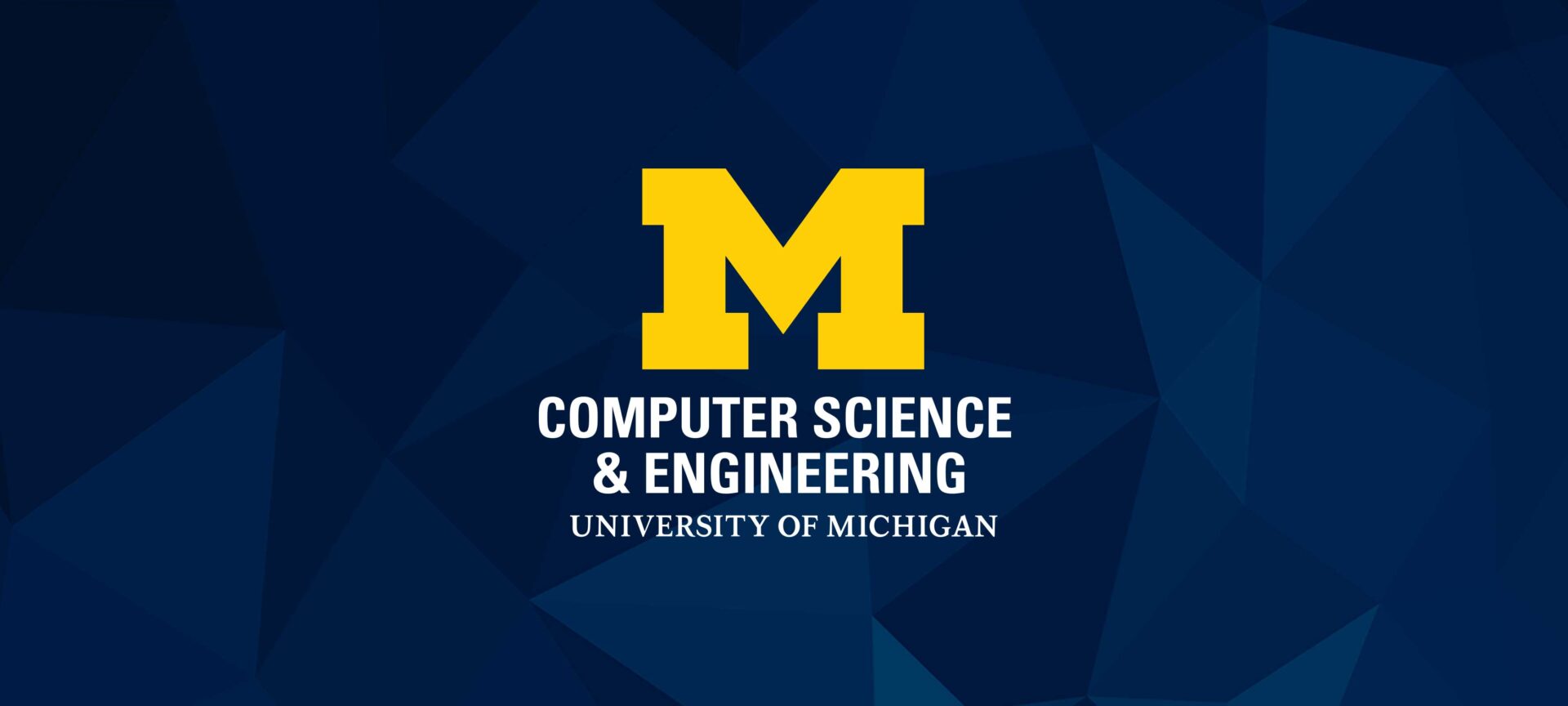
Passwords, privacy and protection: Can Apple meet FBI’s demand without creating a ‘backdoor’?
Prof. H.V. Jagadish sheds light on current issues regarding data privacy and technology.
Pressure-sensing smartphones: Software lets mobile devices feel force
New software developed by CSE engineers and inspired, in part, by a Batman movie, could give any smartphone the capacity to sense force or pressure on its screen or body.
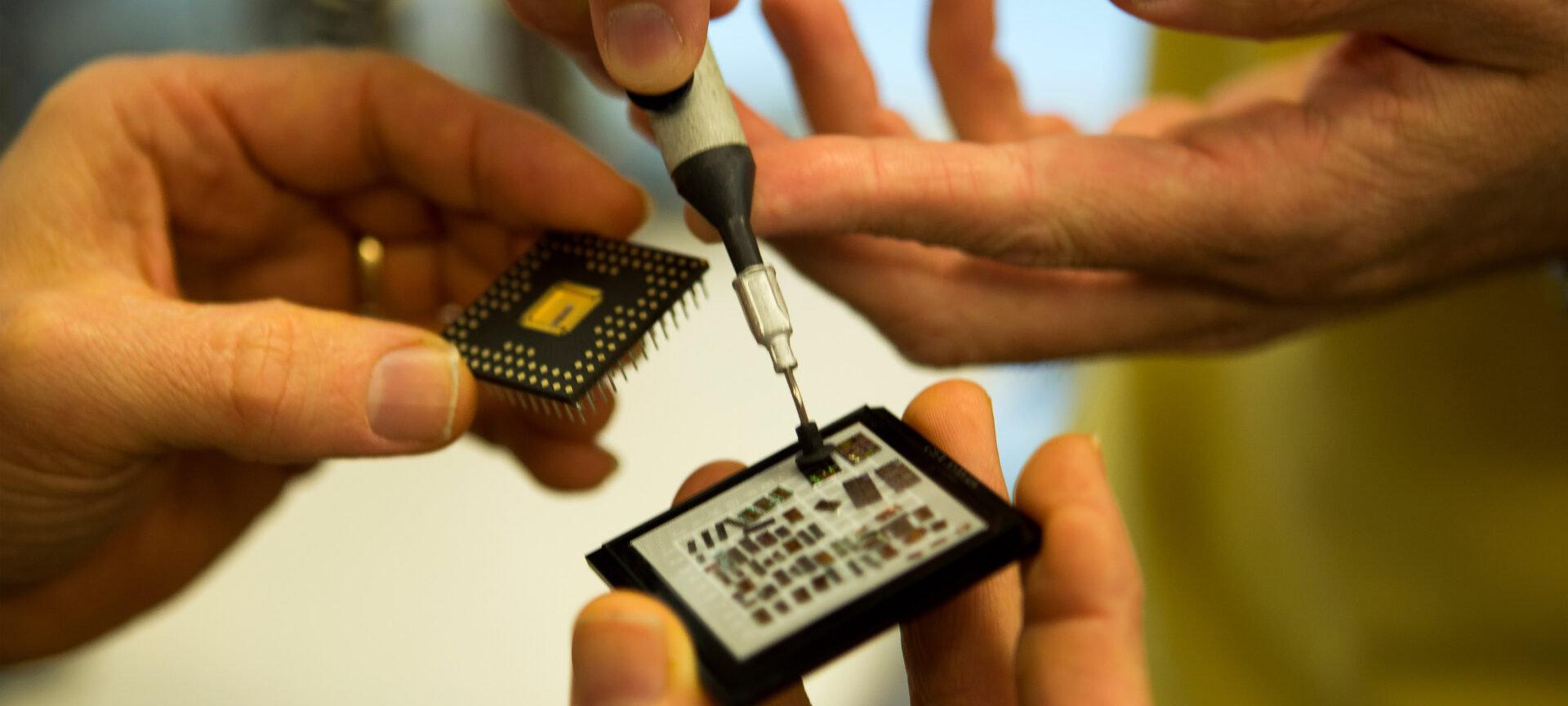
Michigan chips will be first to test next-generation hardware design tools
U-M team will serve as model for nimble and innovative system-on-chip design.
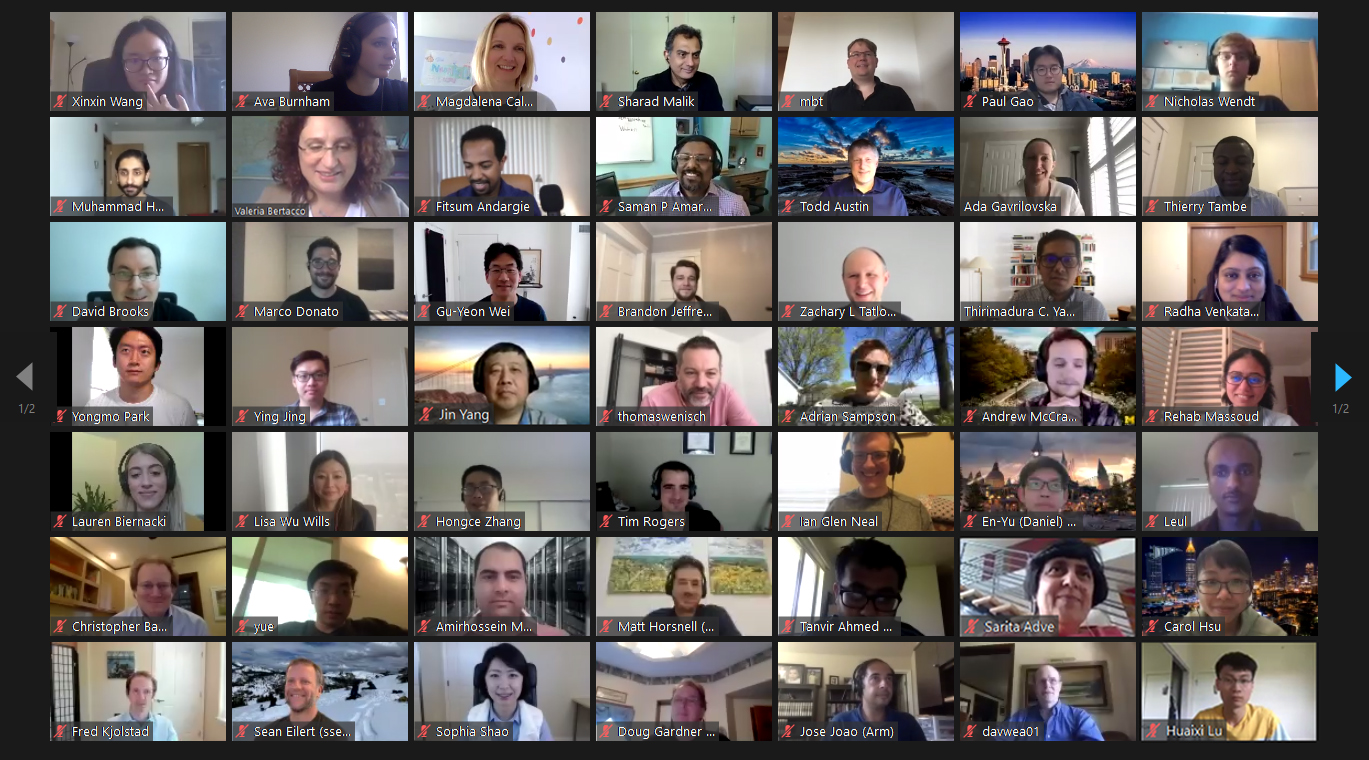
ADA Center holds 2020 symposium with virtual attendance, highlighting new research into computer design
The symposium highlighted new developments in computer architecture, and included a session on how the center’s research can contribute to limiting the impact of pandemics.

Jason Flinn earns Test of Time award for 1999 invention of adaptable battery use in mobile apps
The approaches to energy adaptation he proposed are now commonplace, and the applications he analyzed (web browsers, voice recognition, video players, and maps) are still ubiquitous.

Precision health in the palm of your hand
Recent breakthrough developments in technologies for real-time genome sequencing, analysis, and diagnosis are poised to deliver a new standard of personalized care.
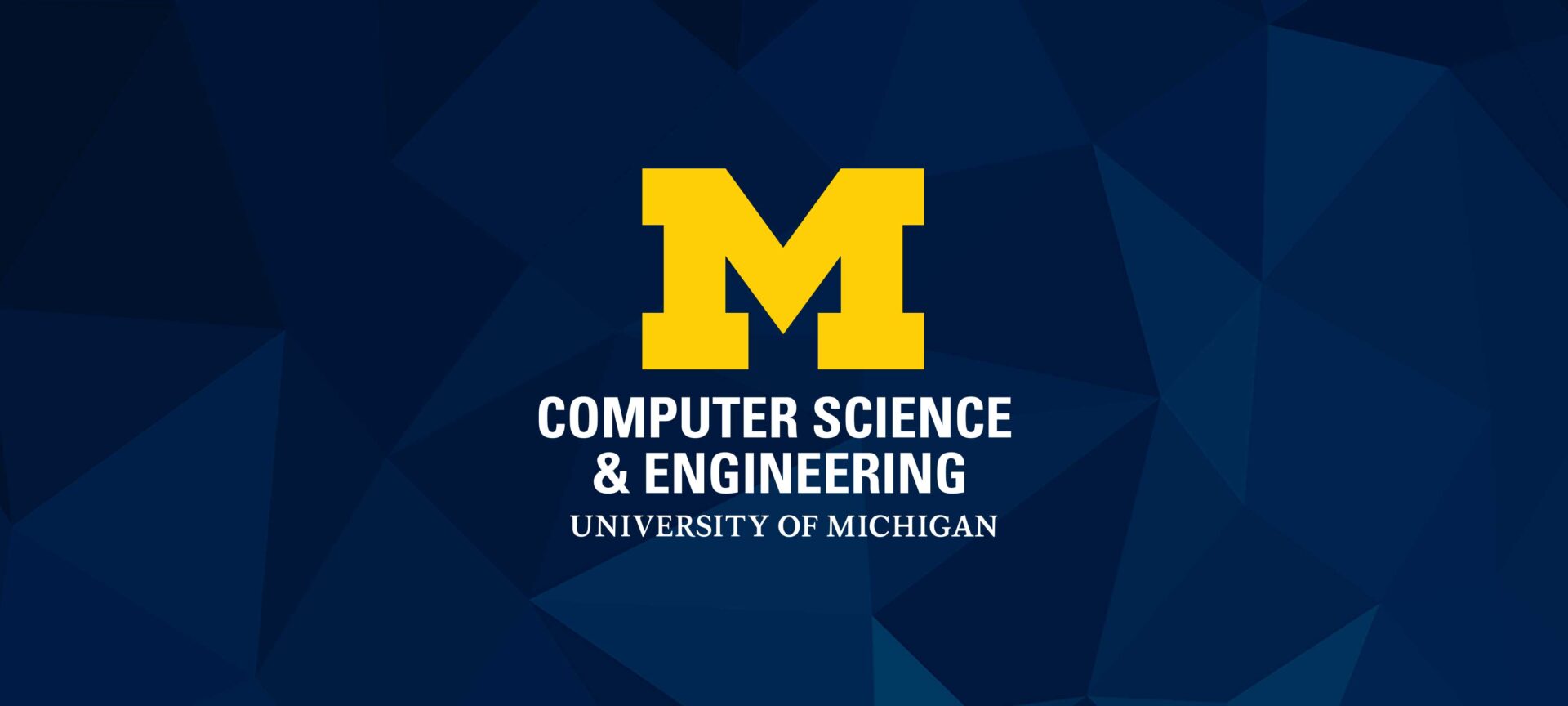
Thomas Wenisch selected as Maurice Wilkes Award Recipient
The award recognizes Prof. Wenisch’s contributions to memory persistency and energy-efficient systems.

Kang G. Shin recognized with Distinguished Leadership Award by IEEE Computer Society Technical & Conference Activities Board
His work in the area of real-time computing has spanned decades and has had impact in a broad range of applications.
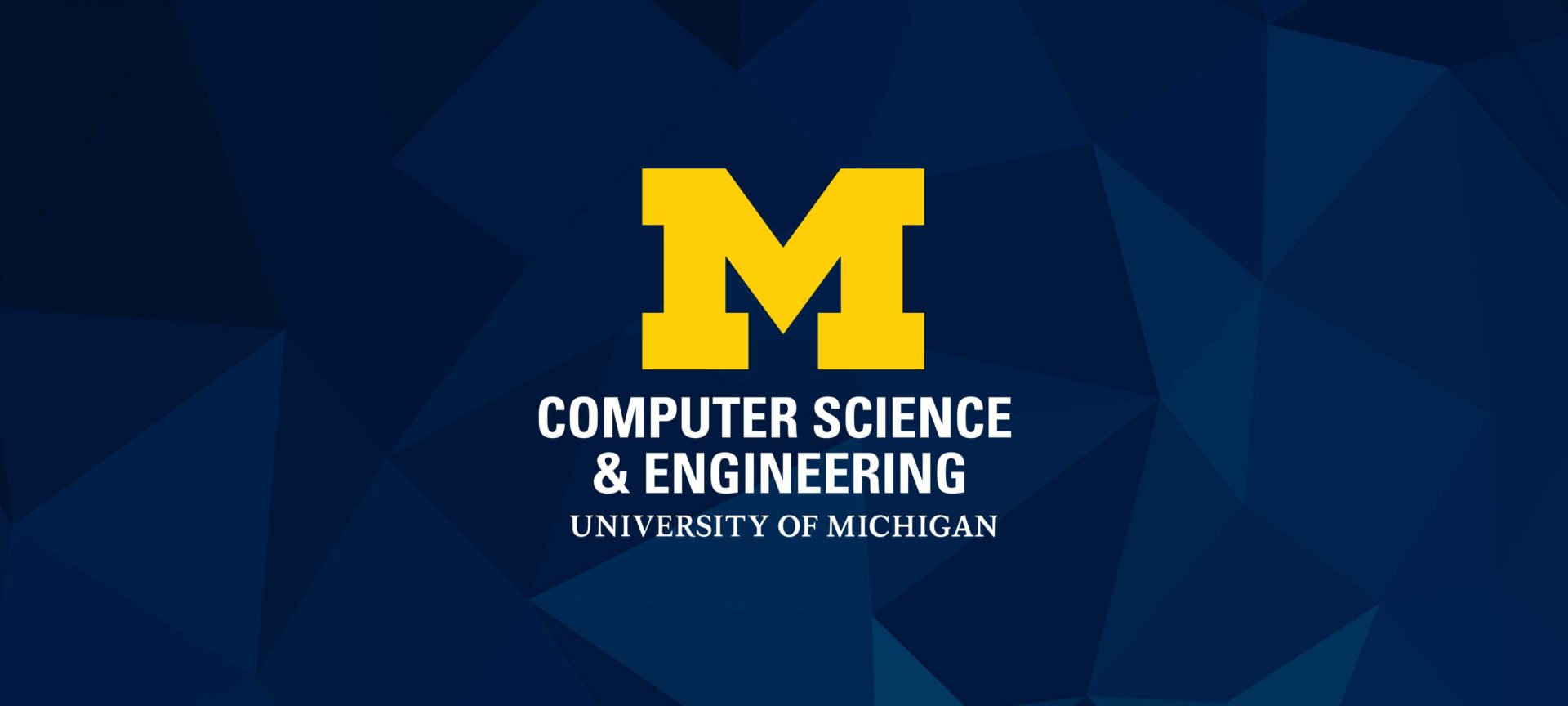
Two papers announced among 10 most influential in healthcare and infection control
The papers provide data-driven solutions to hospital infection and the use of machine learning in healthcare.
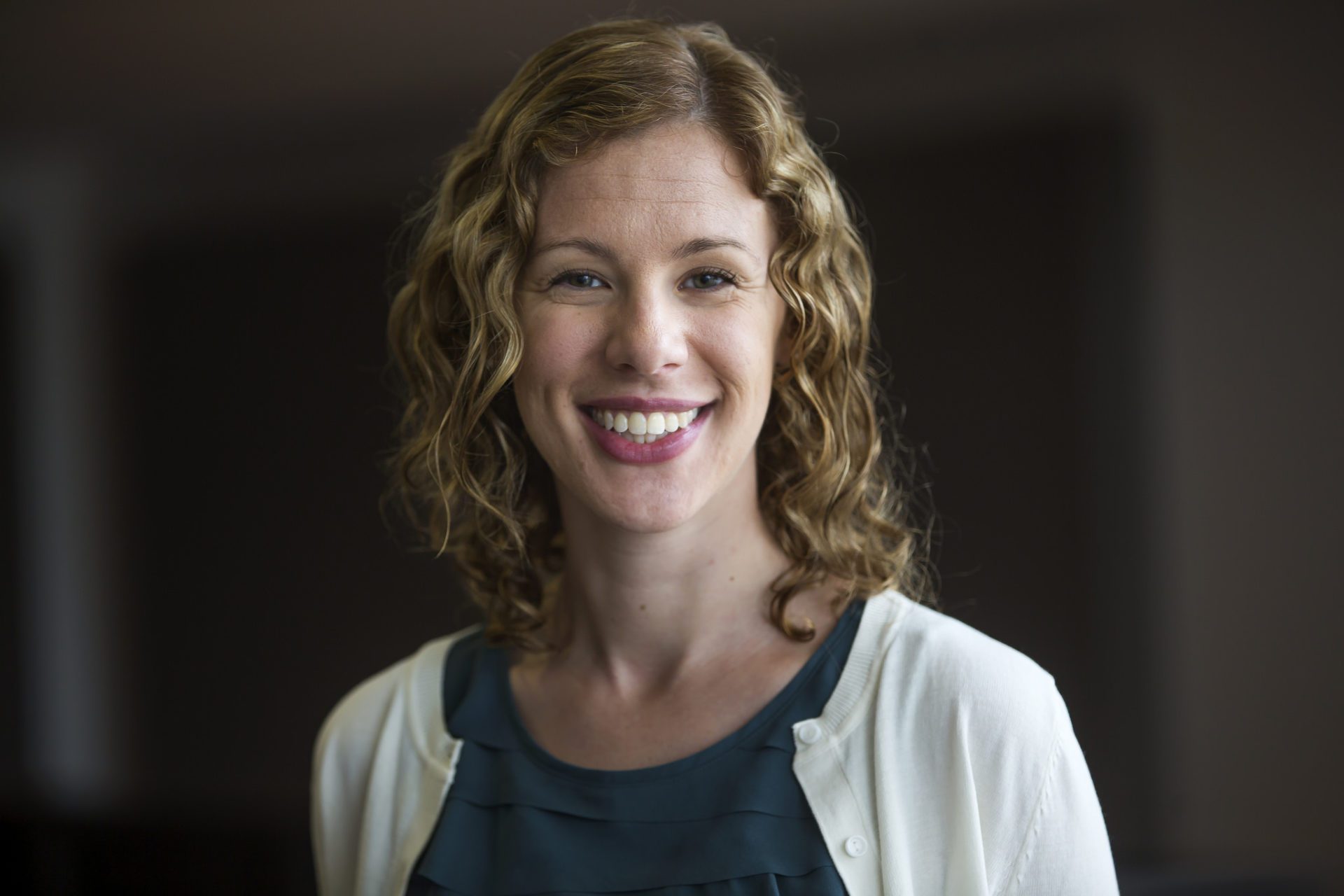
Precision Health Award for measuring moods
The result will be new measurement methods to determine how moods are shaped by both the behavior of an individual and daily interactions over time
Rackham Fellowship for enabling autonomous agents to learn continuously
“What I’m doing is trying to come up with ideas to let the agent continue learning different skills across its life.”
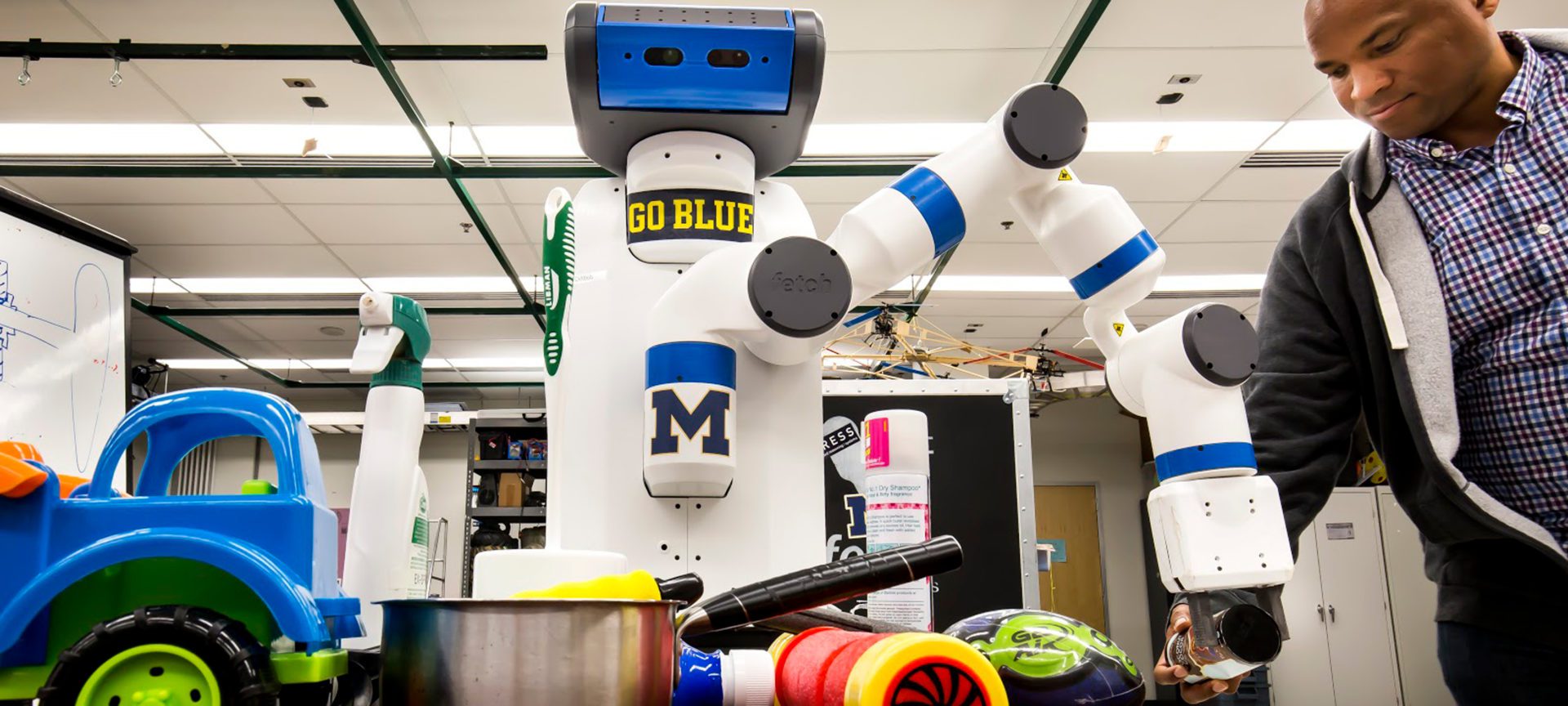
A quicker eye for robotics to help in cluttered environments
New algorithm can help robots go from structured environments like factories to complex, unstructured places like our homes.
New lecture series brings AI to the public
The new event series aims to create an educational environment for the public.

Paper recognized for lasting contributions to AI decision making
Baveja’s paper tackled the difficult problem of giving artificial intelligence a way to understand and represent knowledge collected over time.
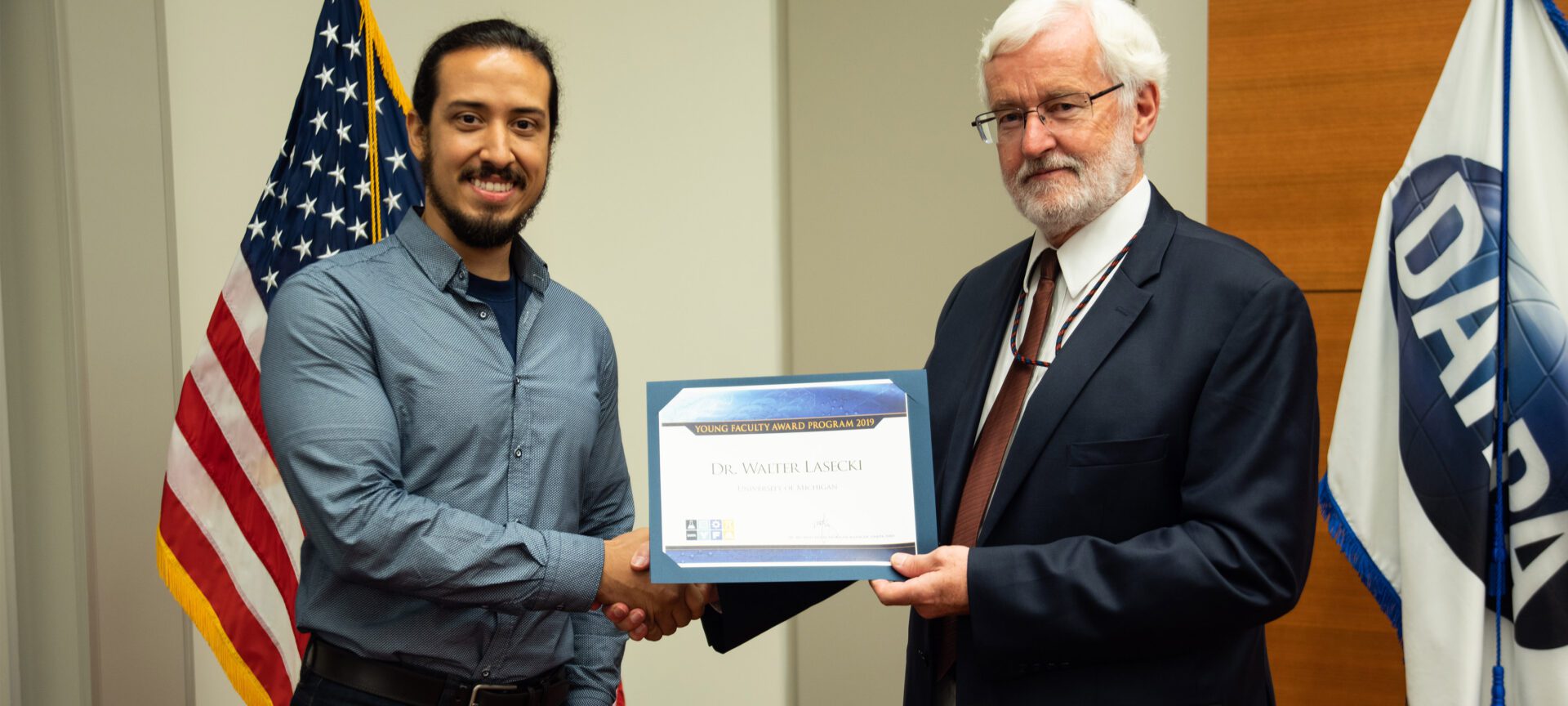
DARPA Award for more responsive AI that combines human and machine
The goal of Lasecki’s proposal is to create methods for making AI systems more robust and flexible.
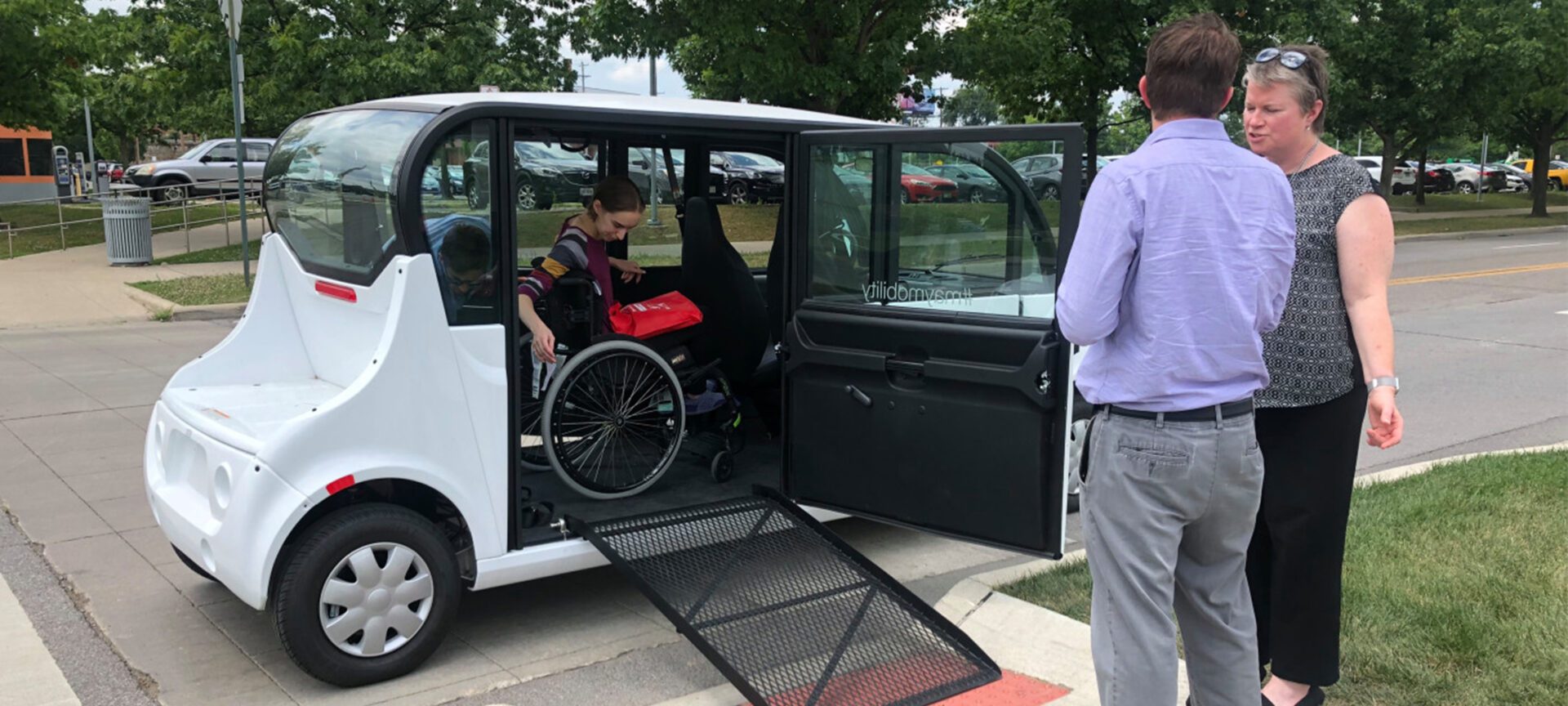
Year of growth, experiments for May Mobility
May Mobility intends to gradually acclimate the public to the experience of autonomous driving.
Taking machine-learning models in health care from concept to bedside
The authors provide an overview of common challenges to implementing ML in a health-care setting, and describe the necessity of breaking down the silos in ML.
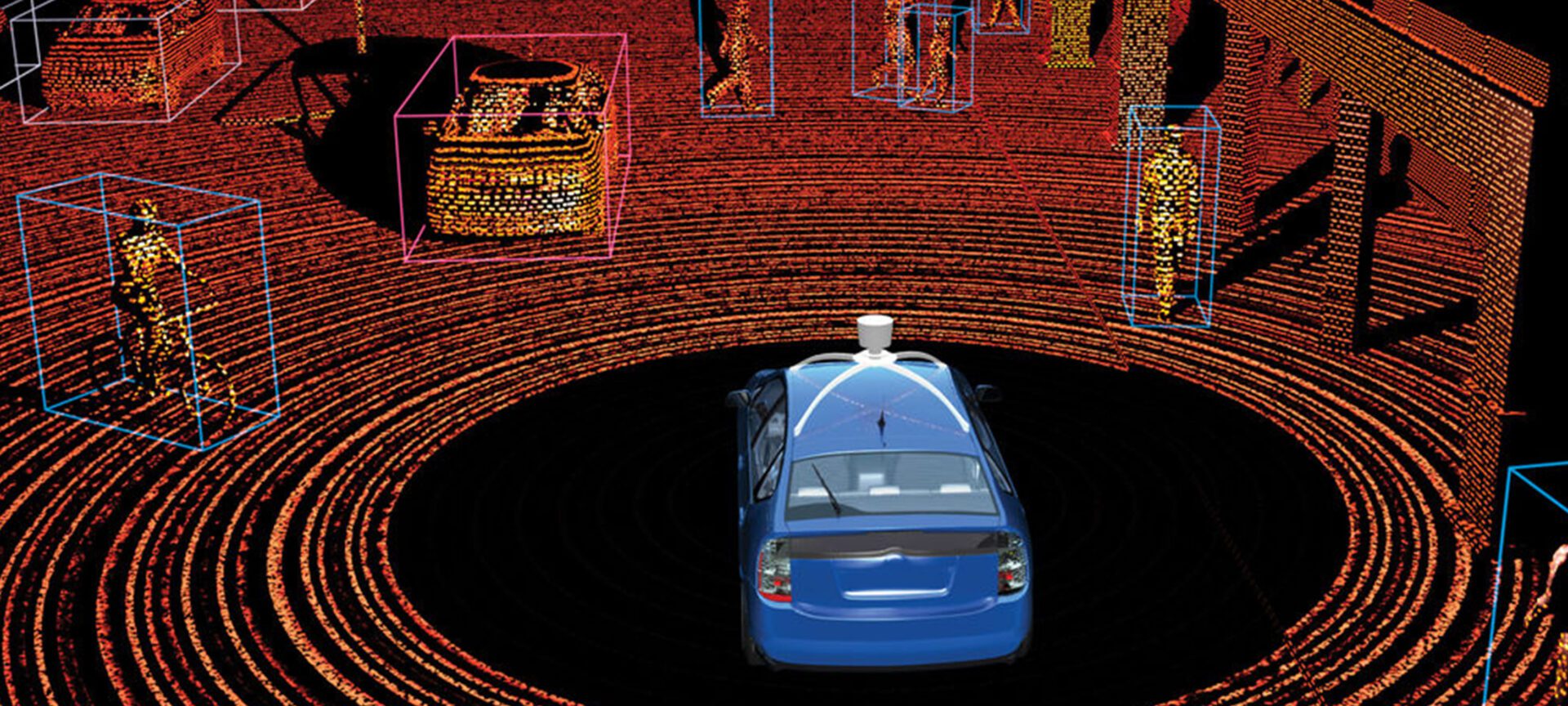
New attack on autonomous vehicle sensors creates fake obstacles
Up to this point, no attacks had been discovered targeting a car’s LiDAR system—but a major new finding from researchers at the University of Michigan has demonstrated what that might look like.
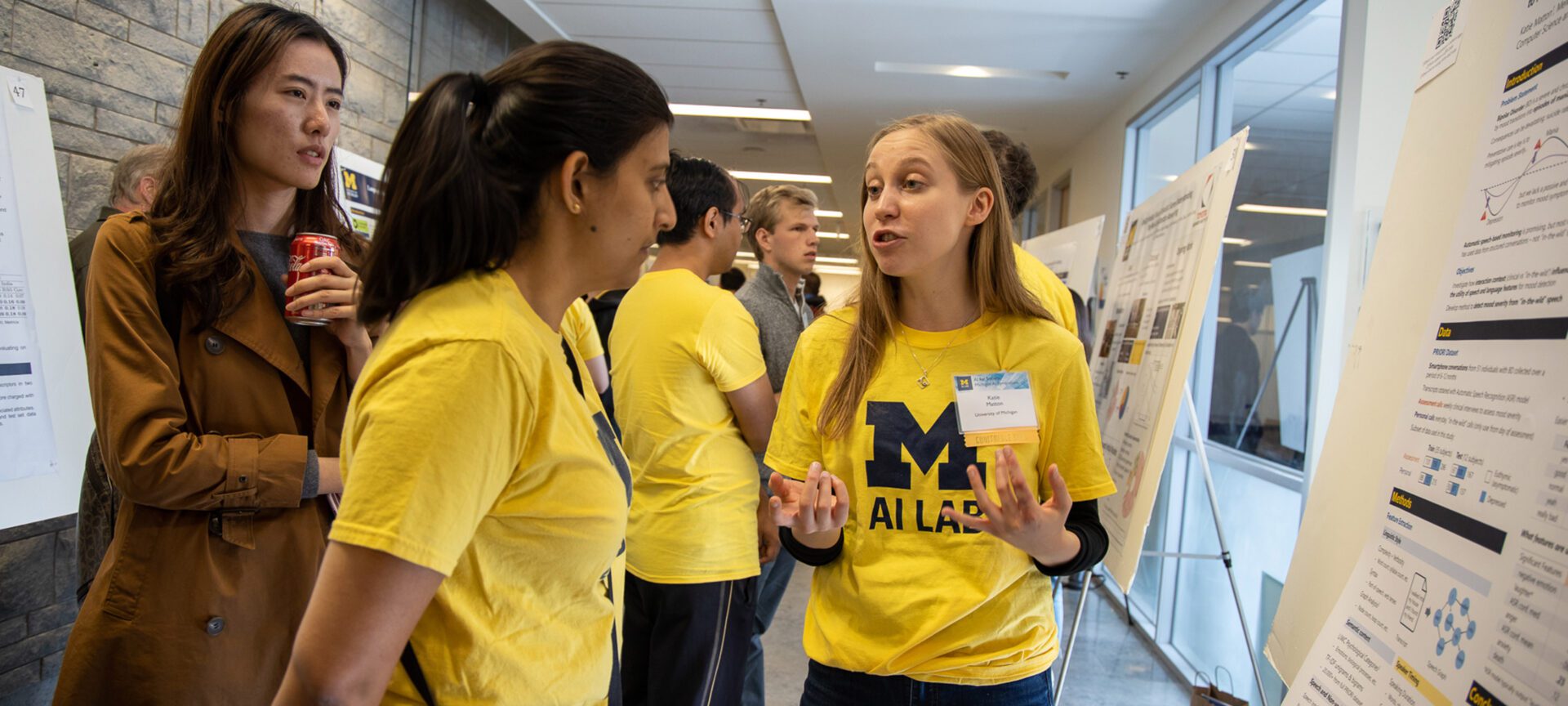
Michigan AI celebrates second annual symposium
The goal of the symposium is to facilitate conversations between AI practitioners from Michigan and beyond.
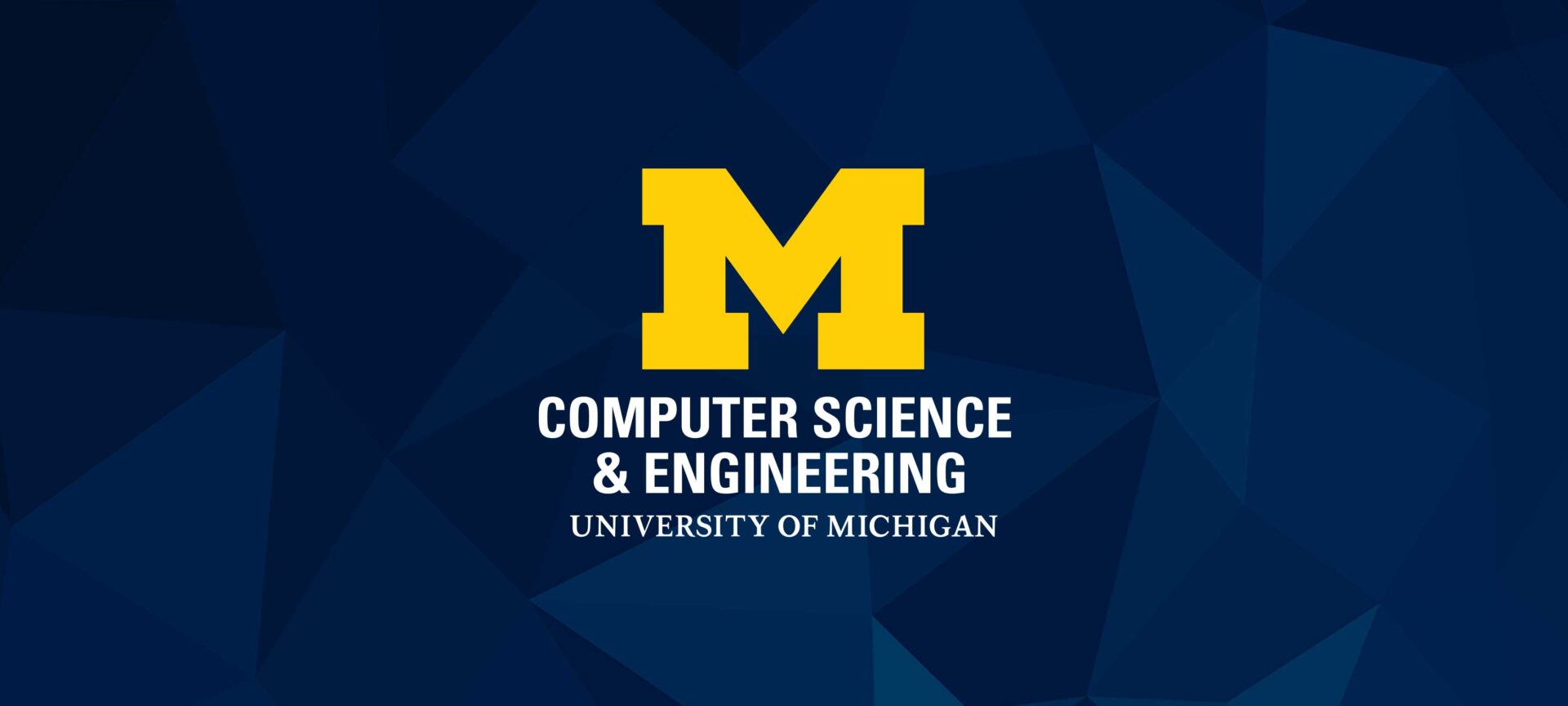
Alumnus Peter Wurman inducted into National Inventors Hall of Fame
Wurman and his cofounders were recognized for their invention of the Kiva system, a revolutionary warehouse order fulfillment system that uses mobile robots and control software to bring inventory shelves to workers.
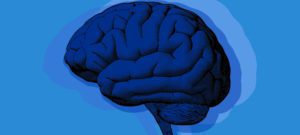
CSE researchers present 9 papers at leading AI conference
The students and faculty submitted projects spanning several key application areas for AI.

Emily Mower Provost named Toyota Faculty Scholar
Her work uses machine learning to measure mood, emotion, and other aspects of human behavior for purposes of providing early or real-time interventions for people in managing their health.
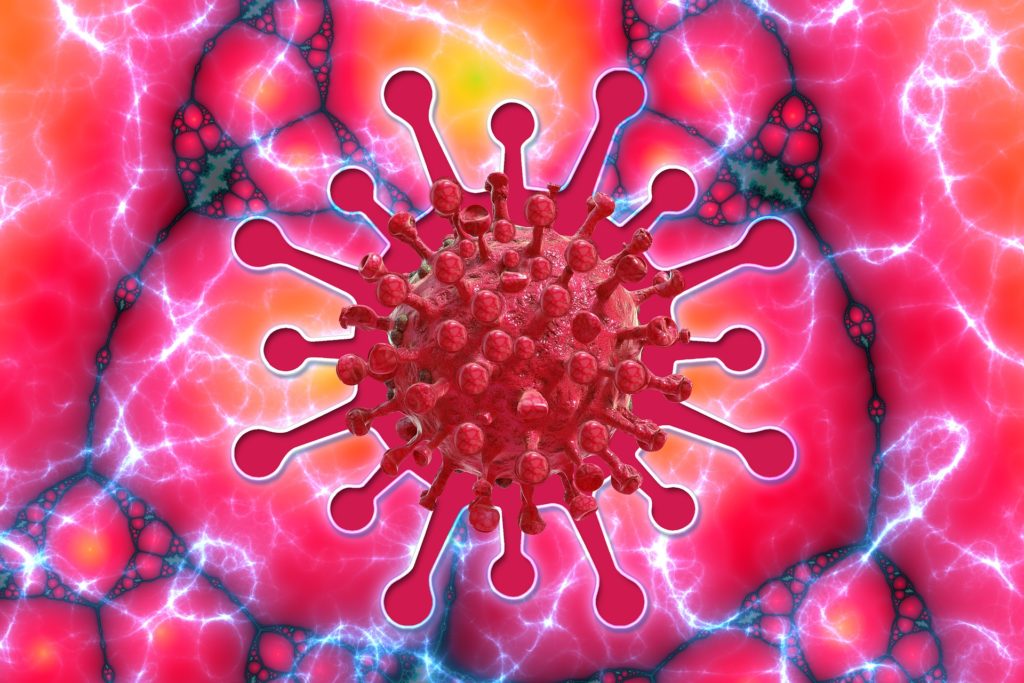
Computer scientists employ AI to help address COVID-19 challenges
Five multidisciplinary research teams are working on projects to assist with the coronavirus outbreak and to help find solutions to pressing problems.
Faculty Profile: Emily Mower Provost
Mower Provost talks about getting awards, doing industry research, understanding human behavior – and Star Wars.
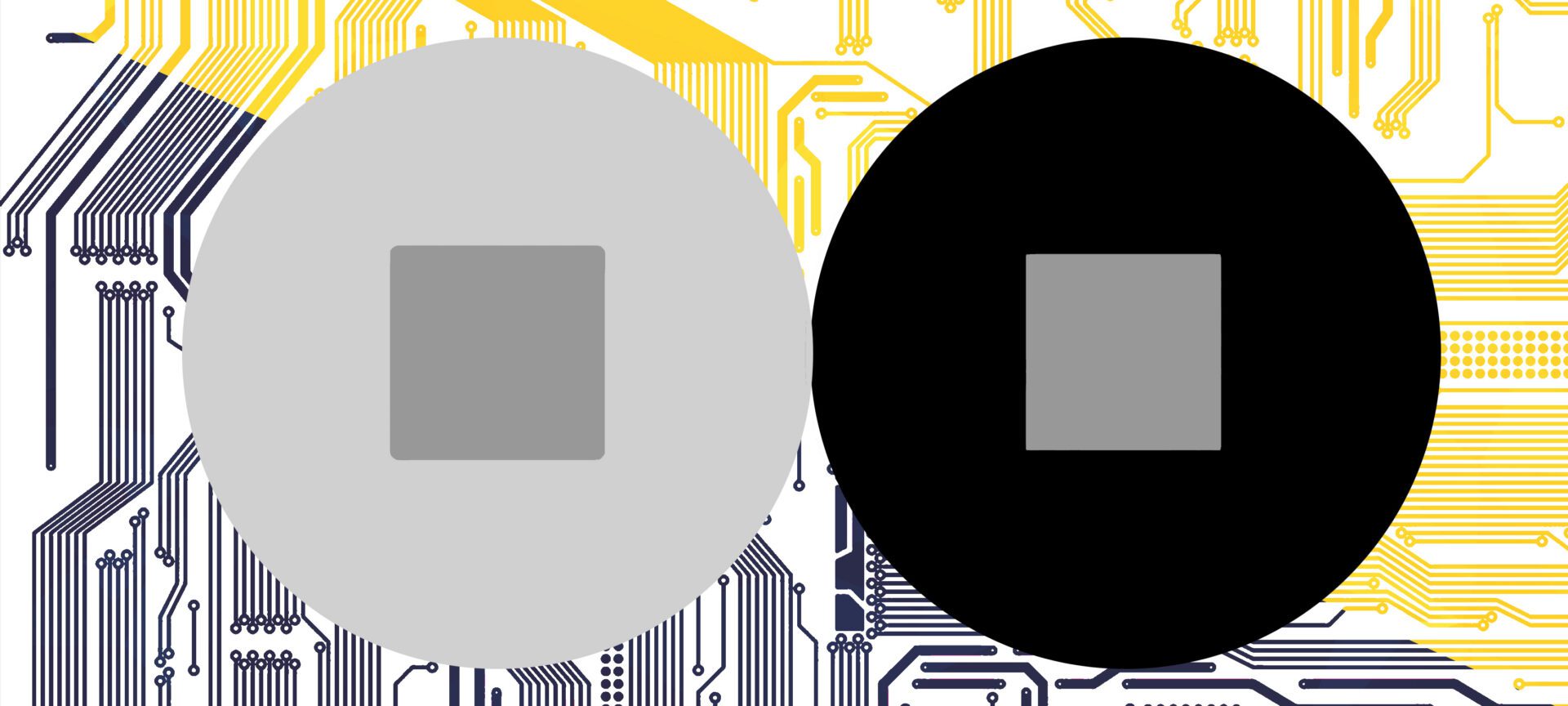
Research on human biases in AI learning earns best student paper award
The project, which received a best paper award, demonstrated that a certain bias in humans who train intelligent agents significantly reduced the effectiveness of the training.

AI-powered interviewer provides guided reflection exercises during COVID-19 pandemic
The virtual interviewer uses therapeutic writing techniques to help users cope with difficult situations.
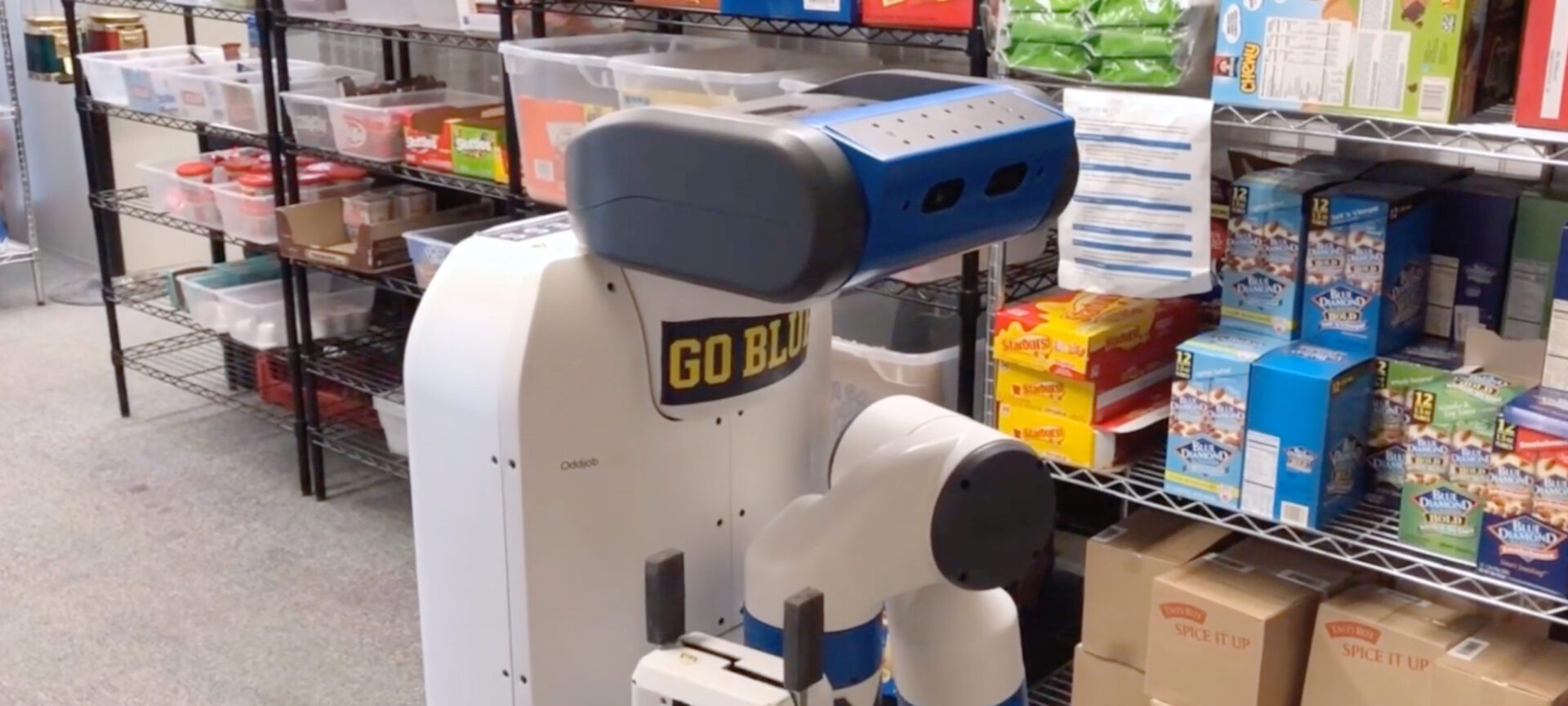
Model helps robots think more like humans when searching for objects
The model is a practical method for robots to look for target items in complex, realistic environments.

Baris Kasikci earns CAREER Award to automatically improve software quality with data from everyday program use
Kasikci will sift through the byproducts of hundreds of millions of common program executions to determine how this data can automate some key steps in bug finding and fixing.
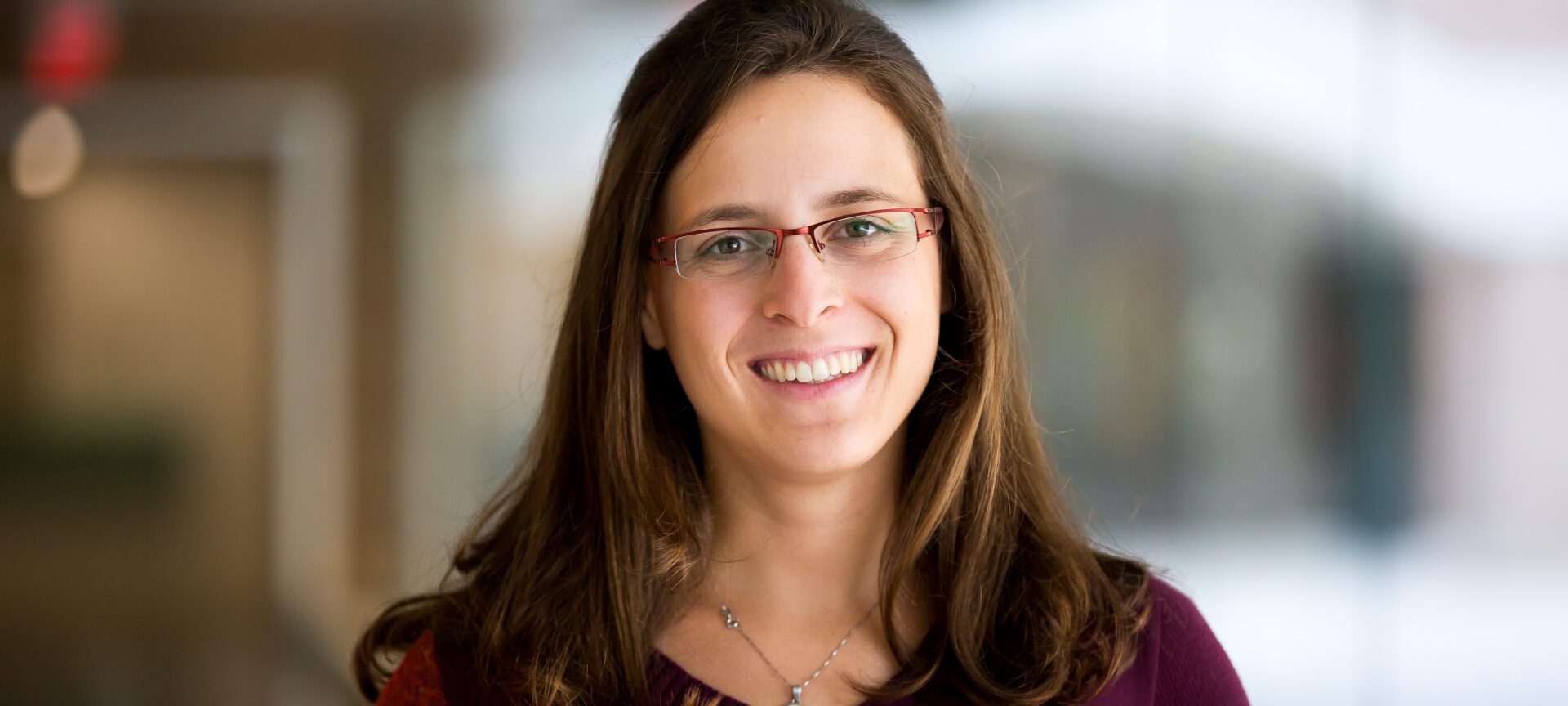
Prof. Danai Koutra recognized as rising star with ACM SIGKDD Award
The Rising Star Award is based on an individual’s whole body of work in the first five years after the PhD.

New research teaches AI how people move with internet videos
The project enables neural networks to model how people are positioned based on only partial views of their bodies, like perspective shots in instructional videos or vlogs.
Student NASA award supports work on more dexterous, collaborative space robots
PhD student Emily Sheetz is working to design more dexterous robots to work alongside humans in space.
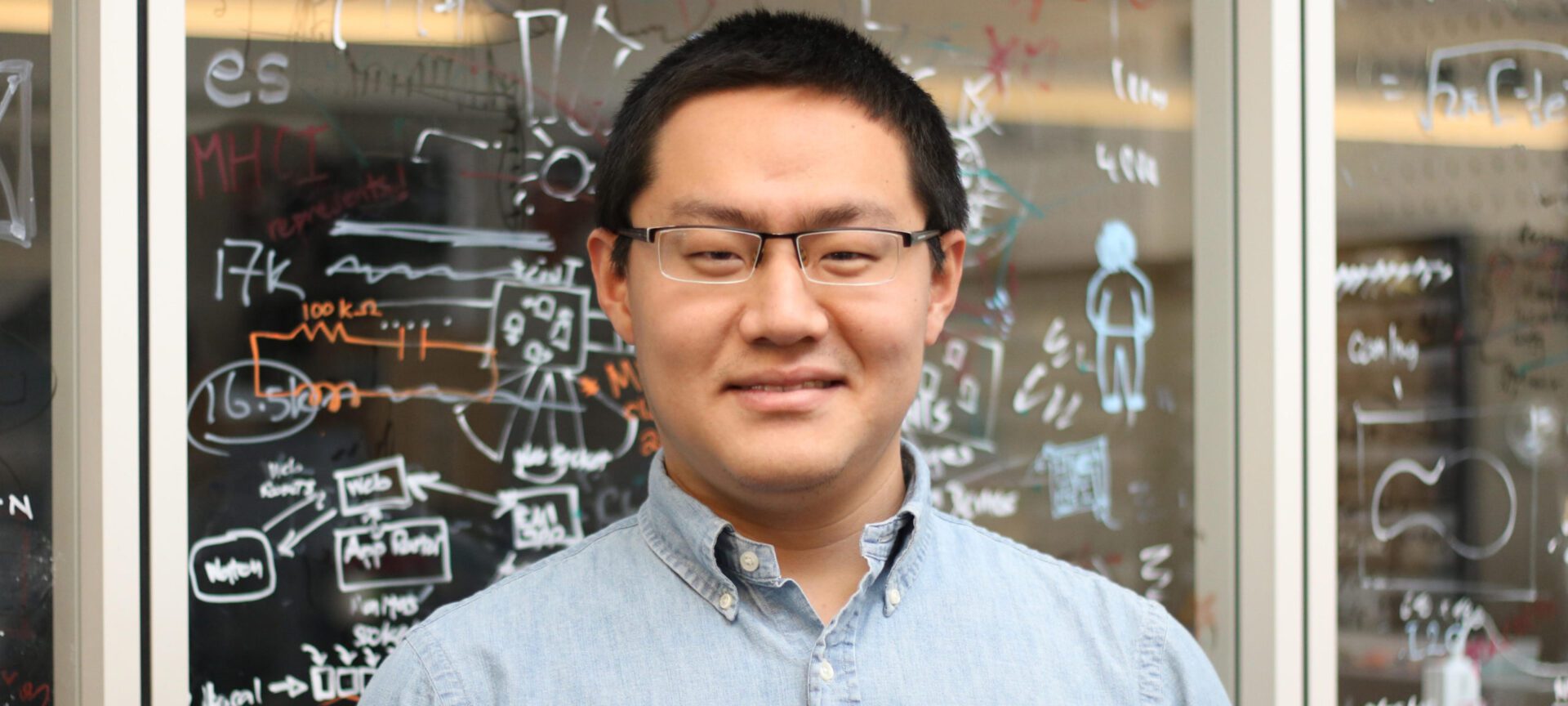
Incoming faculty Anhong Guo named one of Forbes’ 30 Under 30 in Science
This distinction recognizes young researchers with exceptional promise who are having an impact on the world.
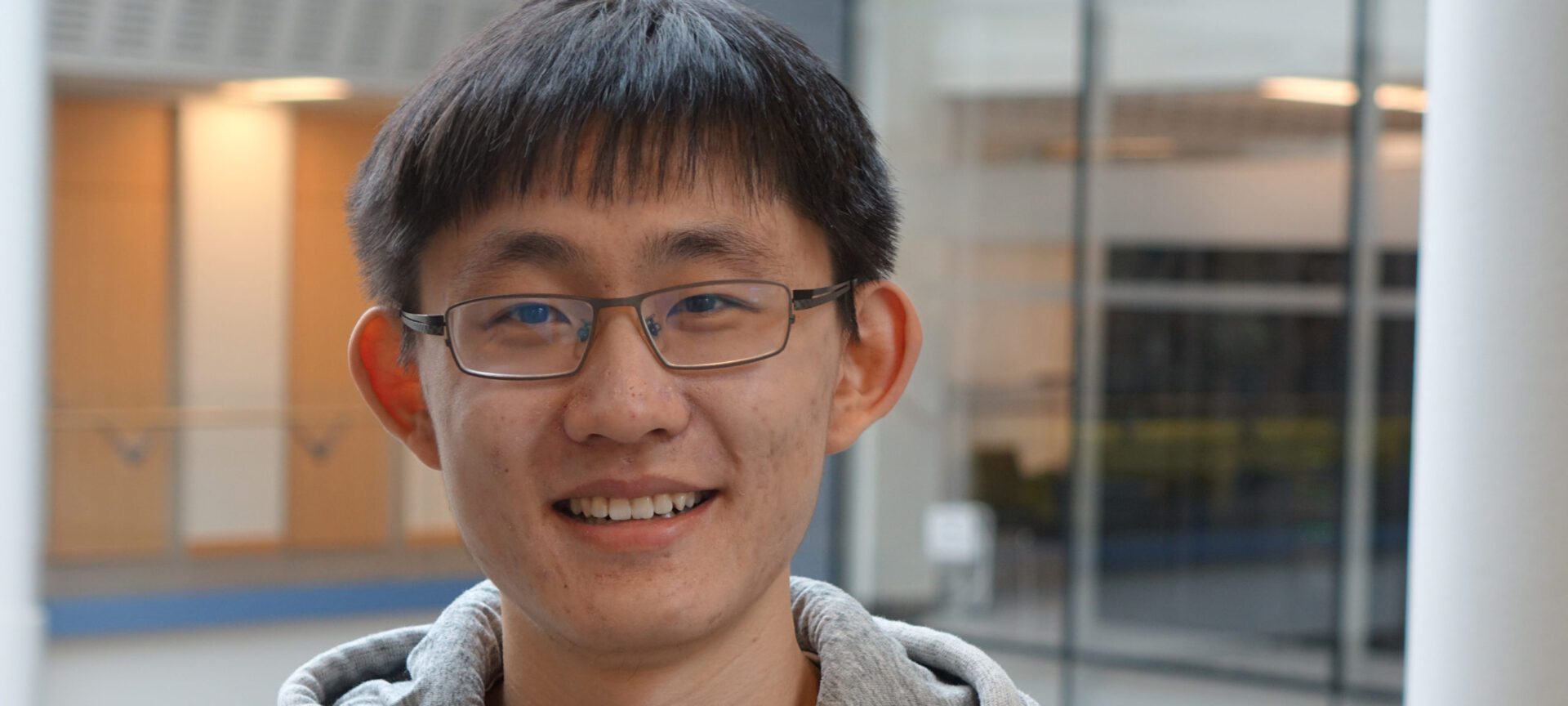
Zeyu Zheng selected for JP Morgan PhD Fellowship
His work on reinforcement learning is aimed at accelerating the training of RL agents.
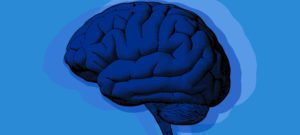
Seven papers by CSE researchers presented at AAAI 2021
Twelve students and faculty co-authored papers spanning several key application areas for AI.
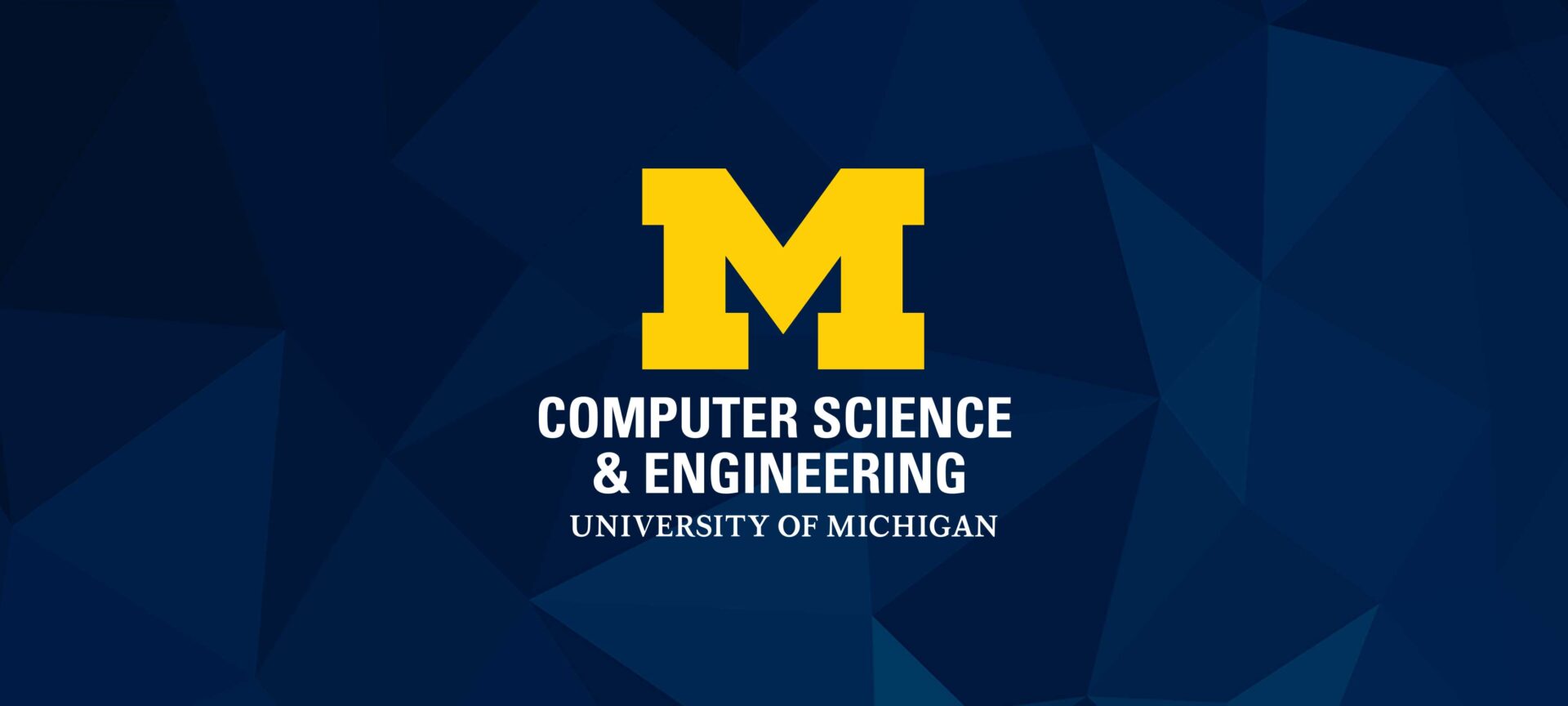
Qi Zhang selected as first recipient of David J. Kuck Dissertation Prize
His work is in the area of coordinating systems of autonomous agents that operate in uncertain, dynamic environments.

Lu Wang earns CAREER Award to summarize long text with machine learning
Wang hopes that, by summarizing longer documents, she can make a new class of information more accessible to a variety of audiences.
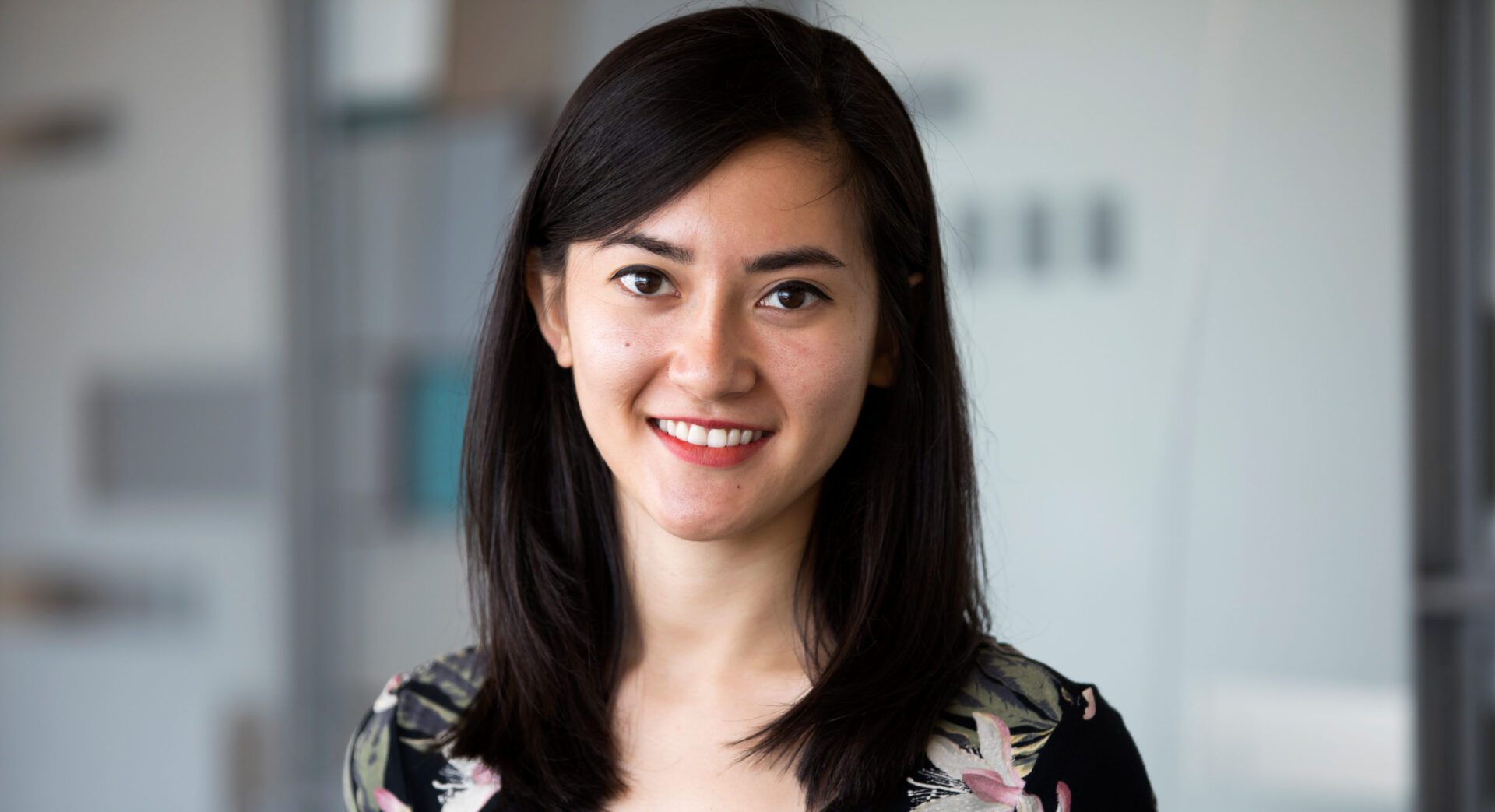
CSE doctoral student Tara Safavi receives Rackham Predoctoral Fellowship
The fellowship will advance her work in inferring relational world knowledge in machines with explicit and implicit representations.
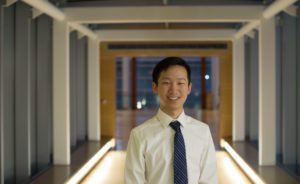
Zhizhuo Zhou selected for NSF Graduate Research Fellowship
Zhizhuo is interested in computer vision and its ability to make breakthroughs in interdisciplinary fields such as ecology and climatology.

Sky CH Wang selected for NSF Graduate Research Fellowship
Through his work in NLP and computational social science, Sky hopes to understand complex social interactions and contribute towards the democratization of technology.
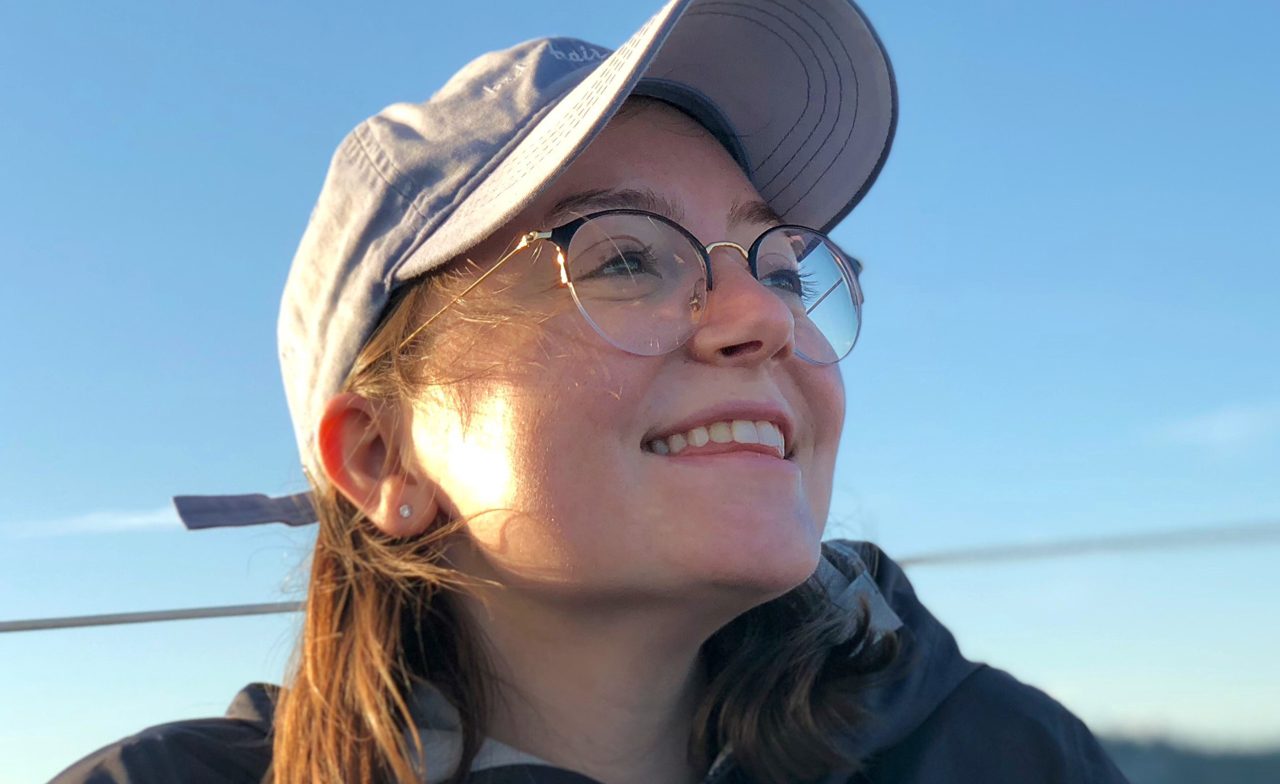
Jaylin Herskovitz selected for NSF Graduate Research Fellowship
Through her work in augmented reality, Jaylin hopes to improve the accessibility of emerging technologies for people with disabilities and expand access to computing.
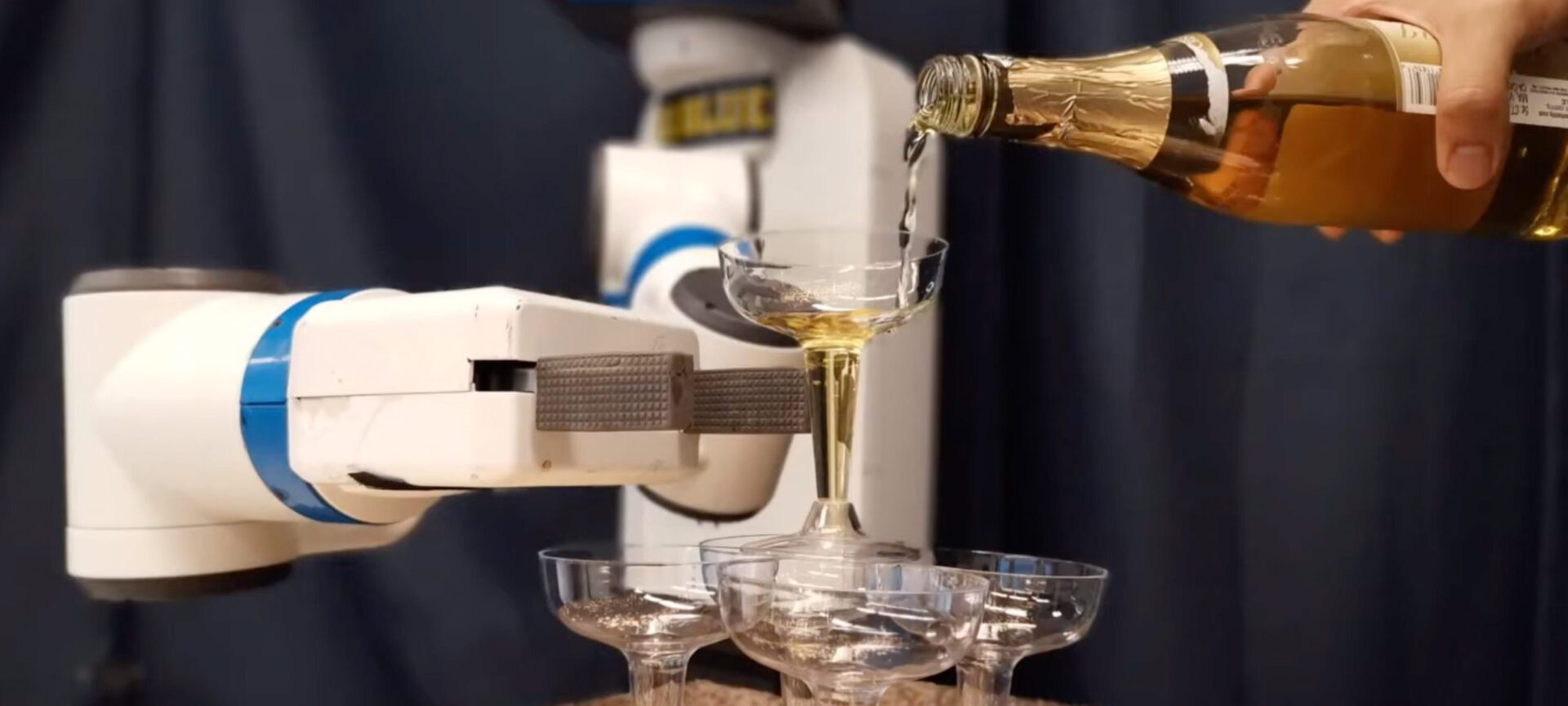
Best paper award for a robot that can see and move transparent objects
A new method enables robot arms to build a tower of champagne glasses.
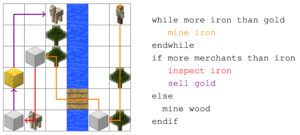
Helping autonomous agents make smarter decisions in chaotic environments
A new algorithm gives autonomous agents the ability to take in batches of multiple instructions at once while responding dynamically to changes in their surroundings.
Generating 3D spaces from a single picture
New model PixelSynth creates an interactive experience given just a single image.
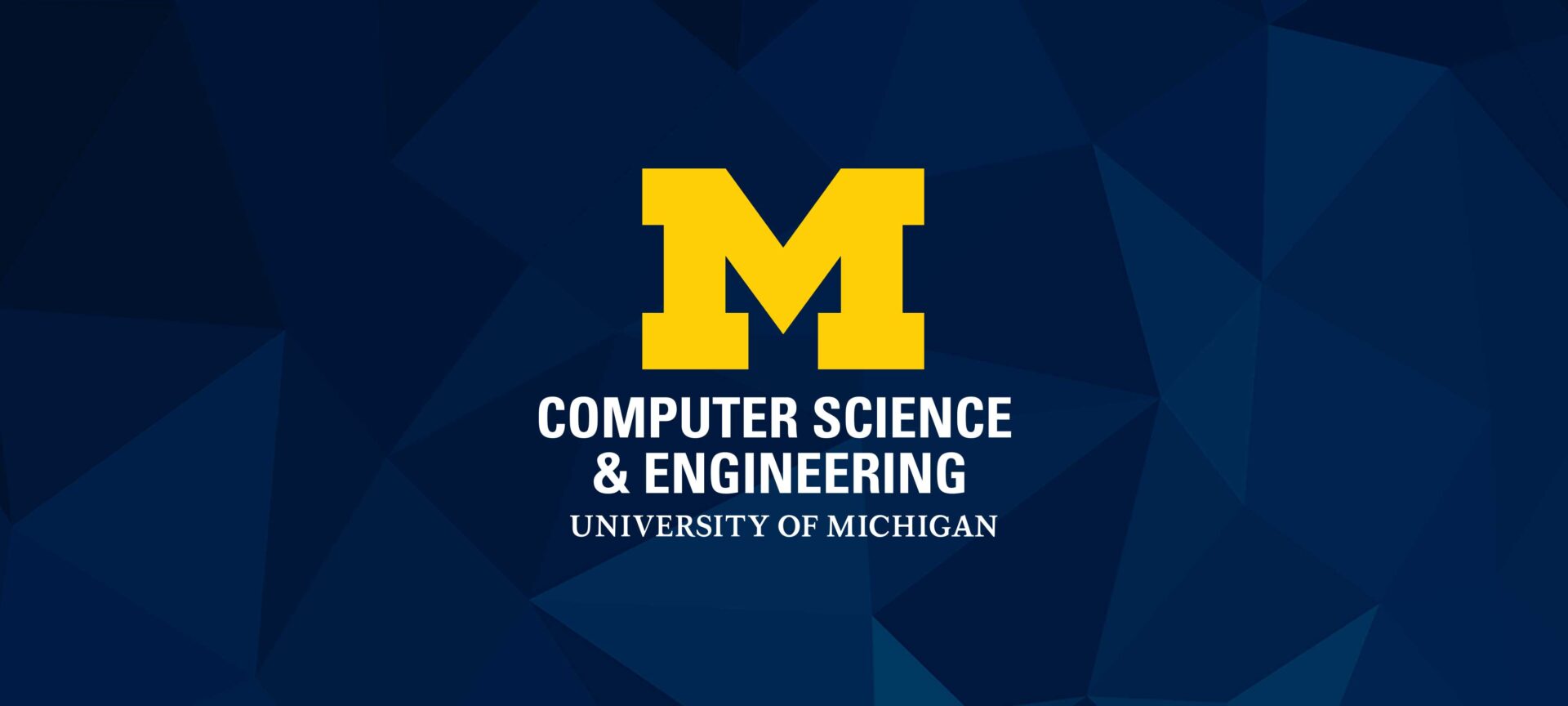
Joyce Chai named ACL Fellow for significant contributions to grounded natural language processing and the interaction between language processing and robotics
Prof. Chai has been recognized for significant contributions to grounded natural language processing and the interaction between language processing and robotics.
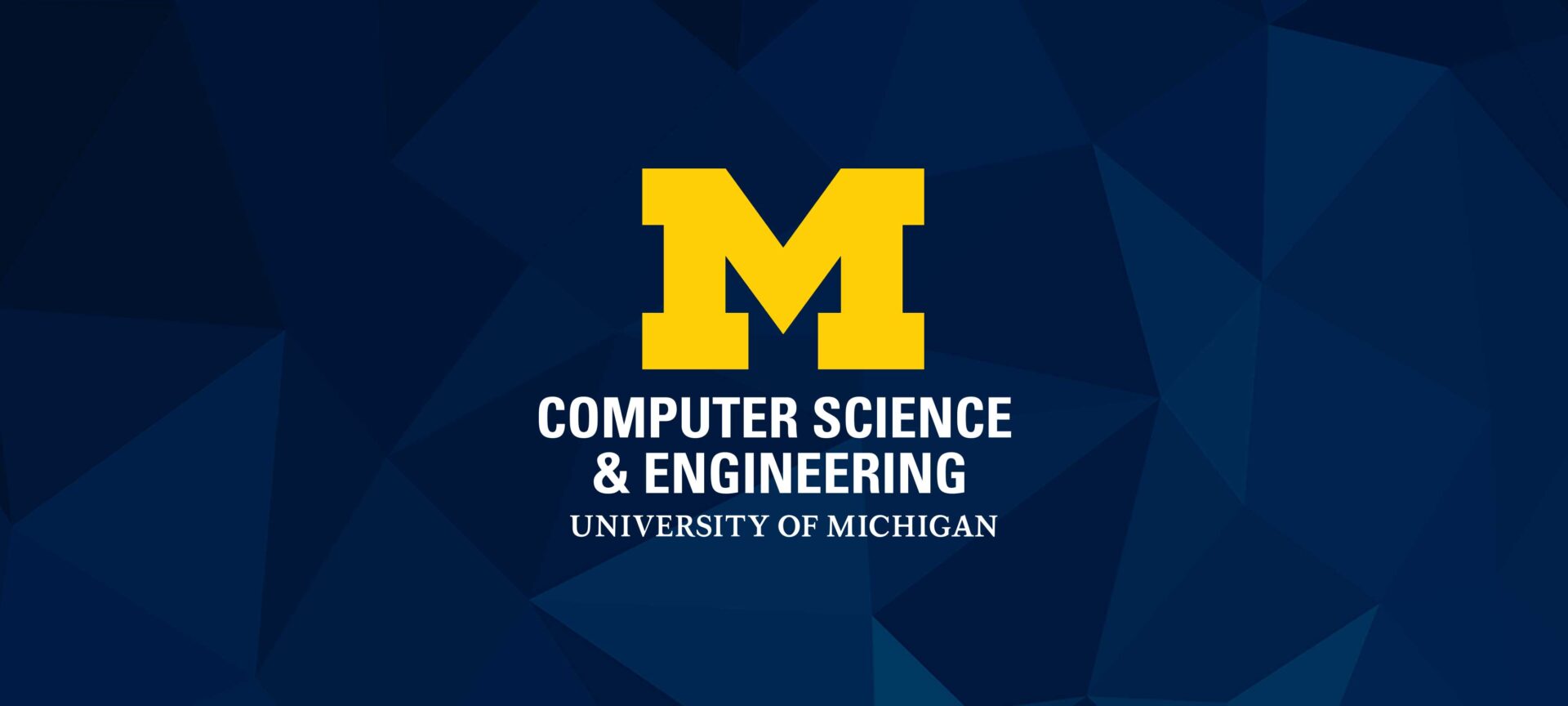
David Fouhey receives NSF CAREER Award for vision system to perceive the interactive world
His goal is to build AI systems that can recognize and understand a 3D and interactive world from a single image.
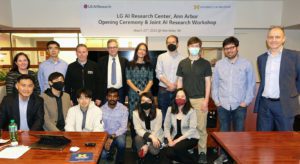
LG AI Research opens North American Artificial Intelligence Research Center in Ann Arbor with strong ties to U-M
The LG AI Research Center, and its partnership with U-M, represents a commitment by LG to become a leader in developing advanced AI technologies.
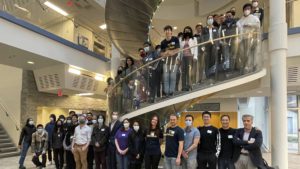
Natural Language Processing at Michigan Research Day
The meetup was intended to foster connections between researchers across campus with an interest in the development and application of NLP.

Prof. Xinyu Wang collaborates with UiPath to democratize automation
The two will collaborate on building new programming techniques that are accessible to non-experts and non-programmers.
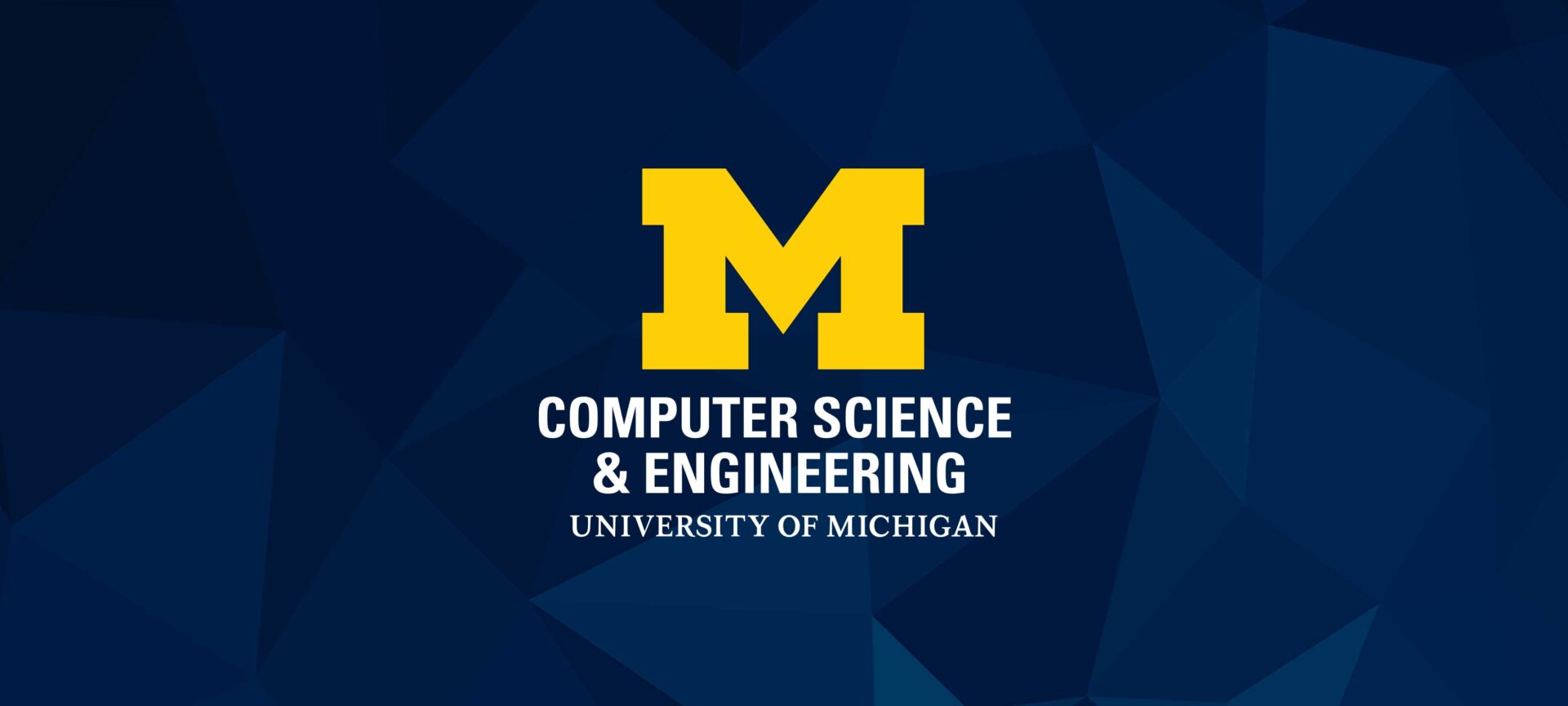
U-M team reaches next phase of Amazon Alexa Prize SimBot Challenge
Team SEAGULL, led by doctoral student Yichi Zhang and advised by Prof. Joyce Chai, strives to develop embodied AI agents capable of attending to users’ needs, following natural language instructions, collaborating, and continuously improving through interaction.

Six new projects funded by LG AI Research
The projects are a part of LG’s mission to advance AI such as Deep Reinforcement Learning, 3D Scene Understanding, and Reasoning with a Large-scale Language Model and Bias & Fairness related to AI ethics.

Decisive differences in healthcare AI
When decisions about your healthcare are informed by AI, bias in machine learning can have dire consequences. Ph.D. student Trenton Chang researches how inequities in healthcare delivery impact machine learning and AI.
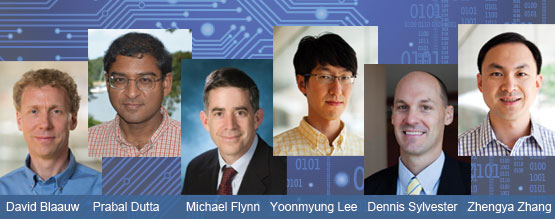
Leaders in ultra low power cicuits and systems presenting at VLSI Circuits Symposium
All of the research being presented focuses on getting the absolute best performance from the tiniest circuits, sensors, and electronic devices.
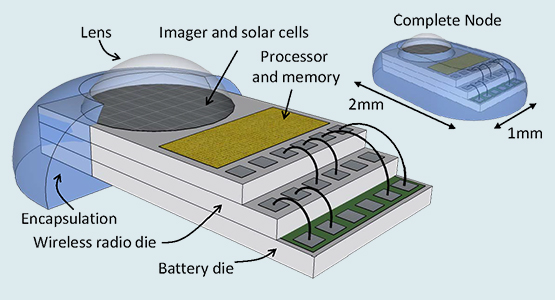
Making smart dust a reality
This research is expected to have a fundamental and long term impact on a diverse set of applications ranging from energy conservation to health care.
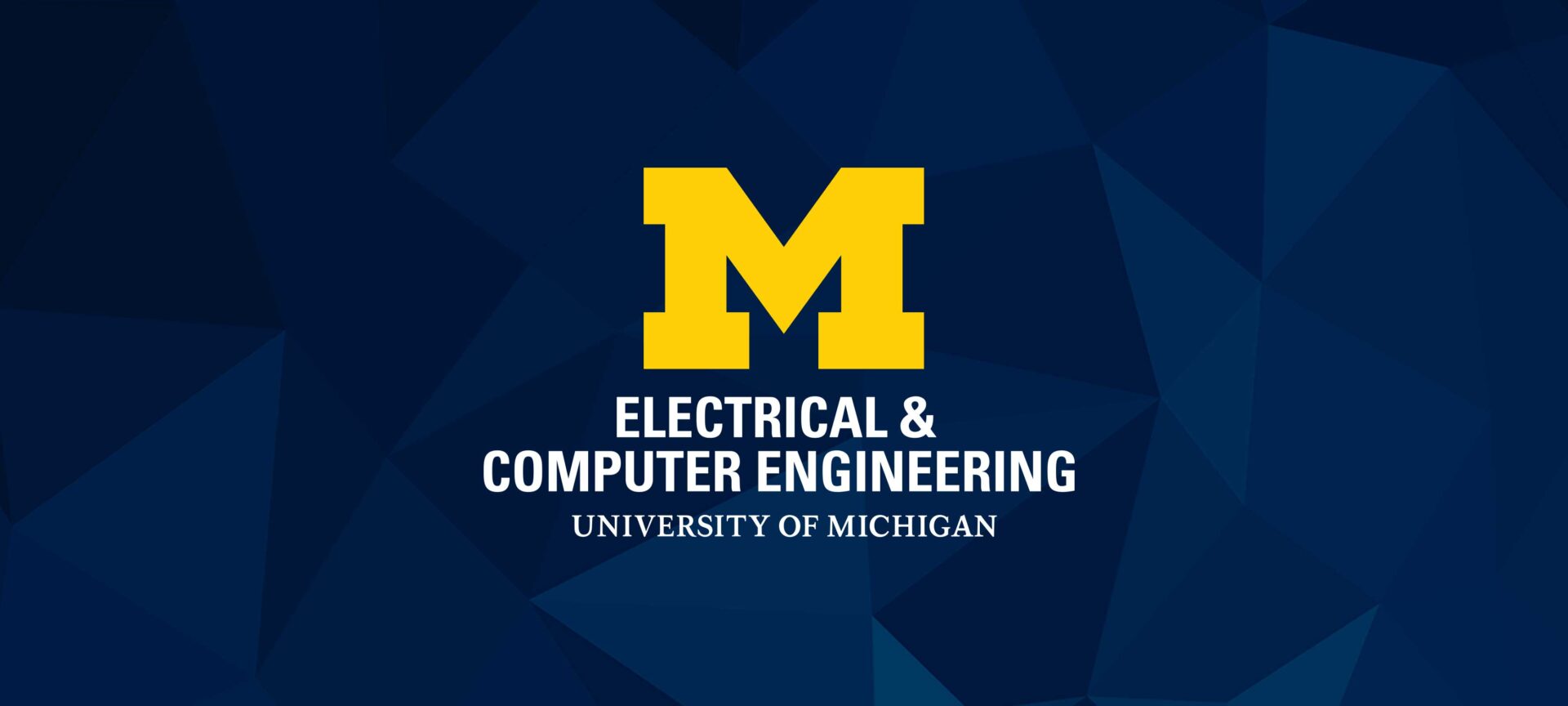
MBus is the missing interconnect for millimeter-scale systems
The M3 is a fully autonomous computing system that acts as a smart sensing system.
High Efficiency Ultraviolet Light Emitting Diodes to sterilize pathogens, including COVID-19
Research led by Prof. Zetian Mi has been honored with the 2020 Editor-in-Chief Choice Award from “Photonics Research.”
The post High Efficiency Ultraviolet Light Emitting Diodes to sterilize pathogens, including COVID-19 appeared first on Michigan Engineering News.
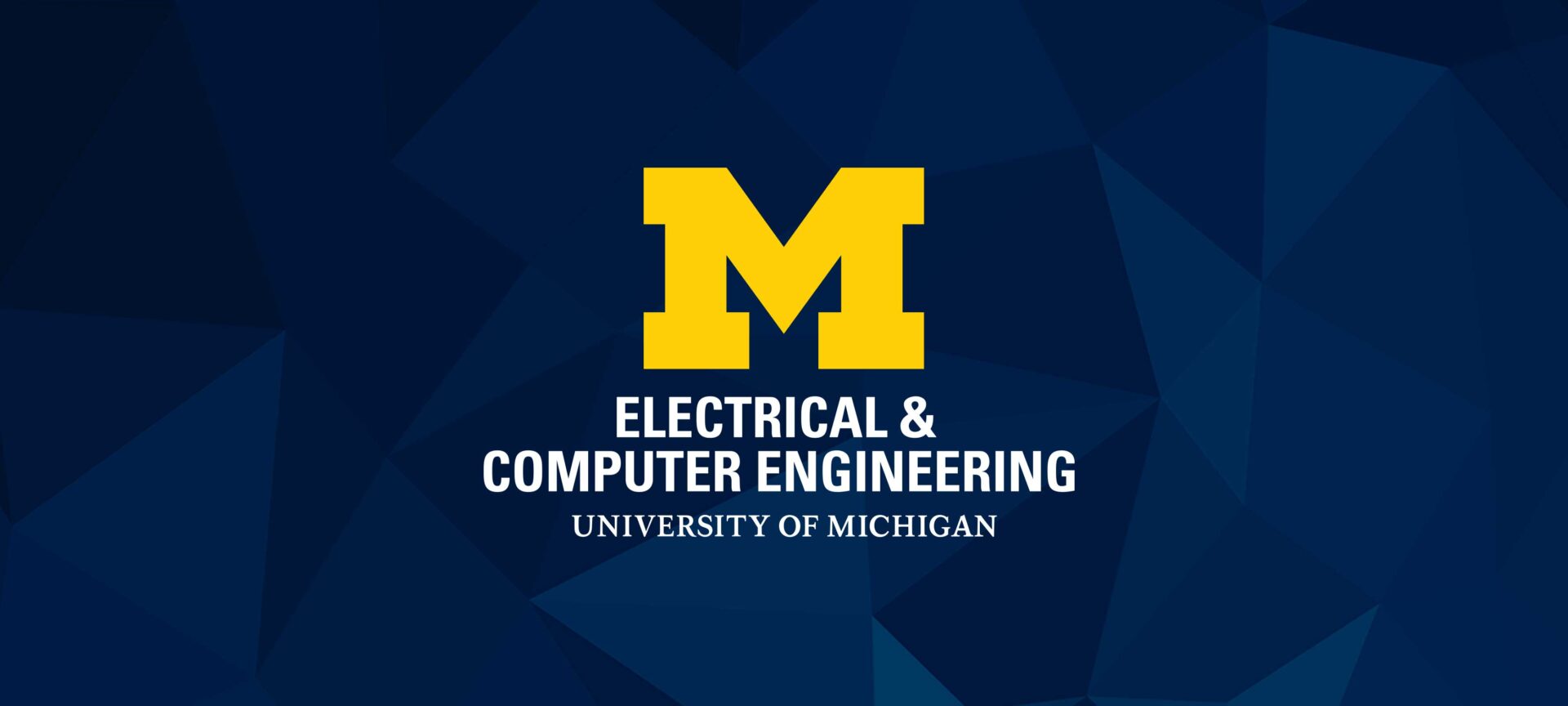
Mingyan Liu: Confessions of a pseudo data scientist
Liu’s most recent research involves online learning, modeling of large-scale internet measurement data, and incentive mechanisms for security games.

$1.6M toward artificial intelligence for data science
DARPA is trying to build a system that can turn large data sets into models that can make predictions, and U-M is in on the project.

Mingyan Liu, 2018 Distinguished University Innovator, talks about her company and data science commercialization
Mingyan Liu, recipient of the 2018 Distinguished Innovator of the Year award, gave a talk about her startup company and participated on a panel discussing data science commercialiation.
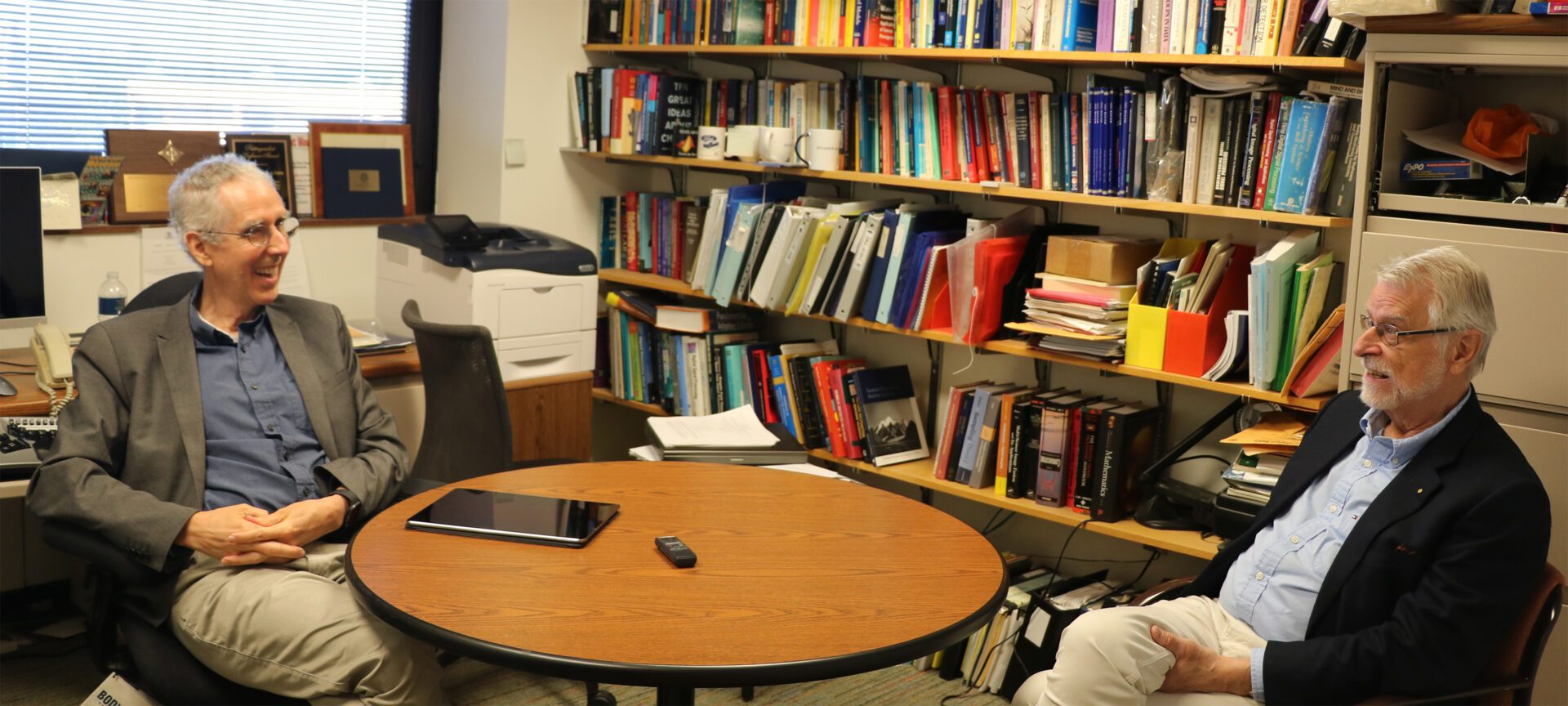
Machine Learning and Systems: A conversation with 2020 Field Award winners Al Hero and Anders Lindquist
Hero and Lindquist took a few minutes to talk about the impact of machine learning on Signal Processing and Control Systems, and what they plan to do about it
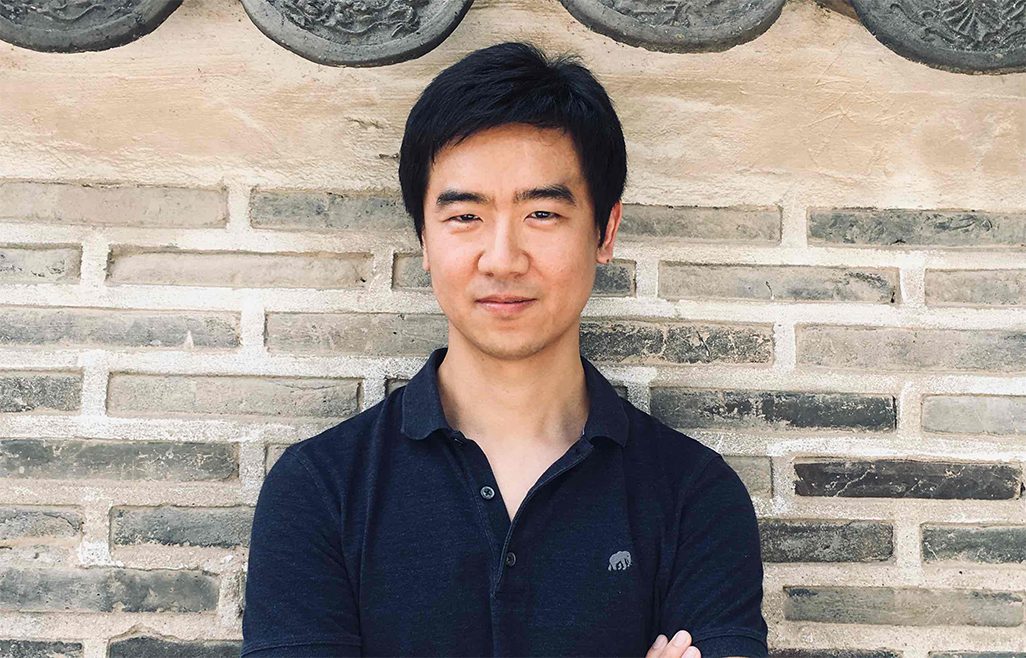
Hun-Seok Kim receives CAREER Award to facilitate Internet of Things connectivity
Kim takes an interdisciplinary approach to tackle challenges in heterogeneous classes of energy-efficient and versatile communication systems.

Qing Qu receives CAREER award to explore the foundations of machine learning and data science
His research develops computational methods for learning succinct representations from high-dimensional data.

Designing Synthetic Human Gut Microbiome with AI
Prof. Al Hero was interviewed and gave a presentation about his research using machine learning to improve our understanding of the human gut
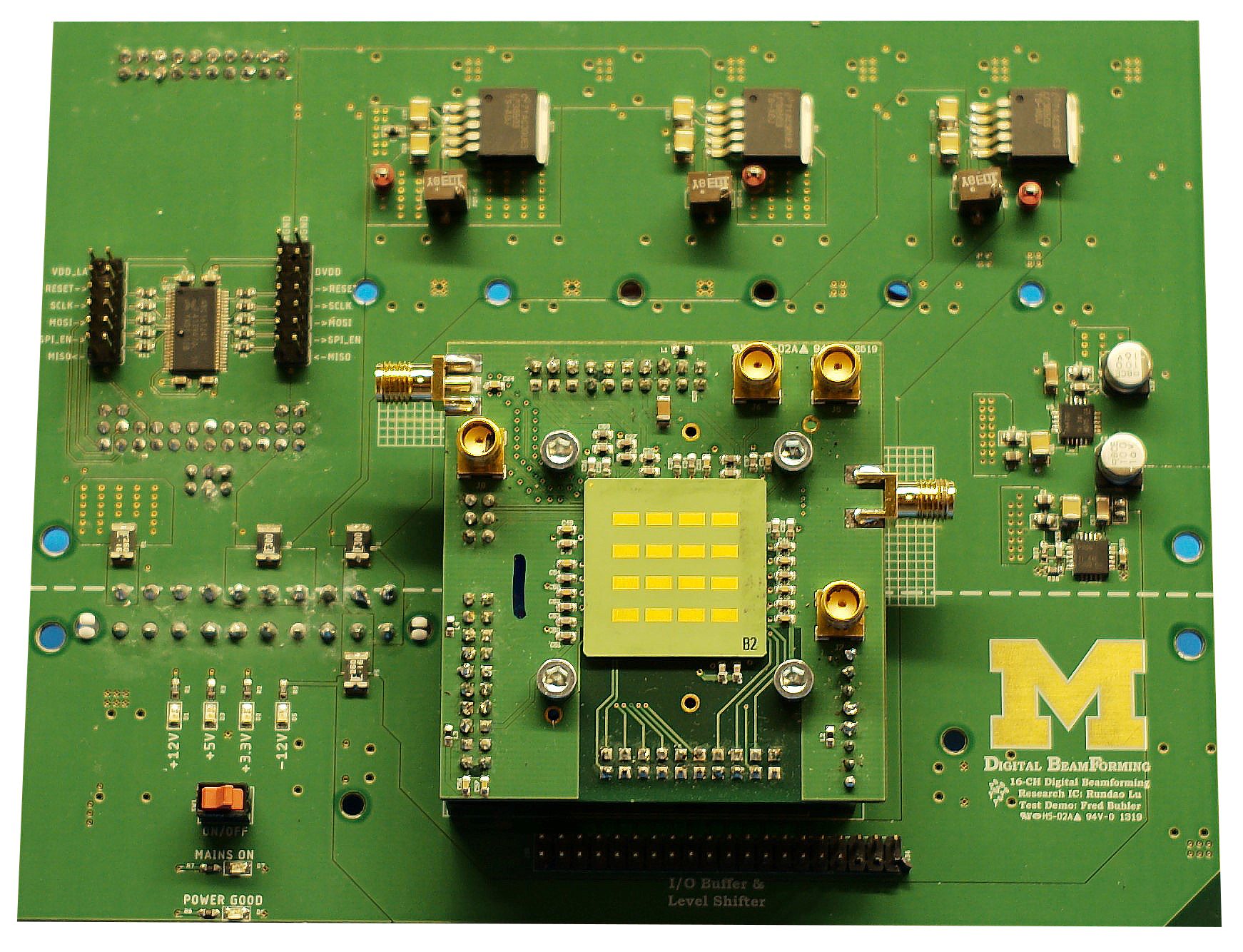
First digital single-chip millimeter-wave beamformer will exploit 5G capabilities
The digital beamforming chip offers significant advantages over current analog beamforming solutions.
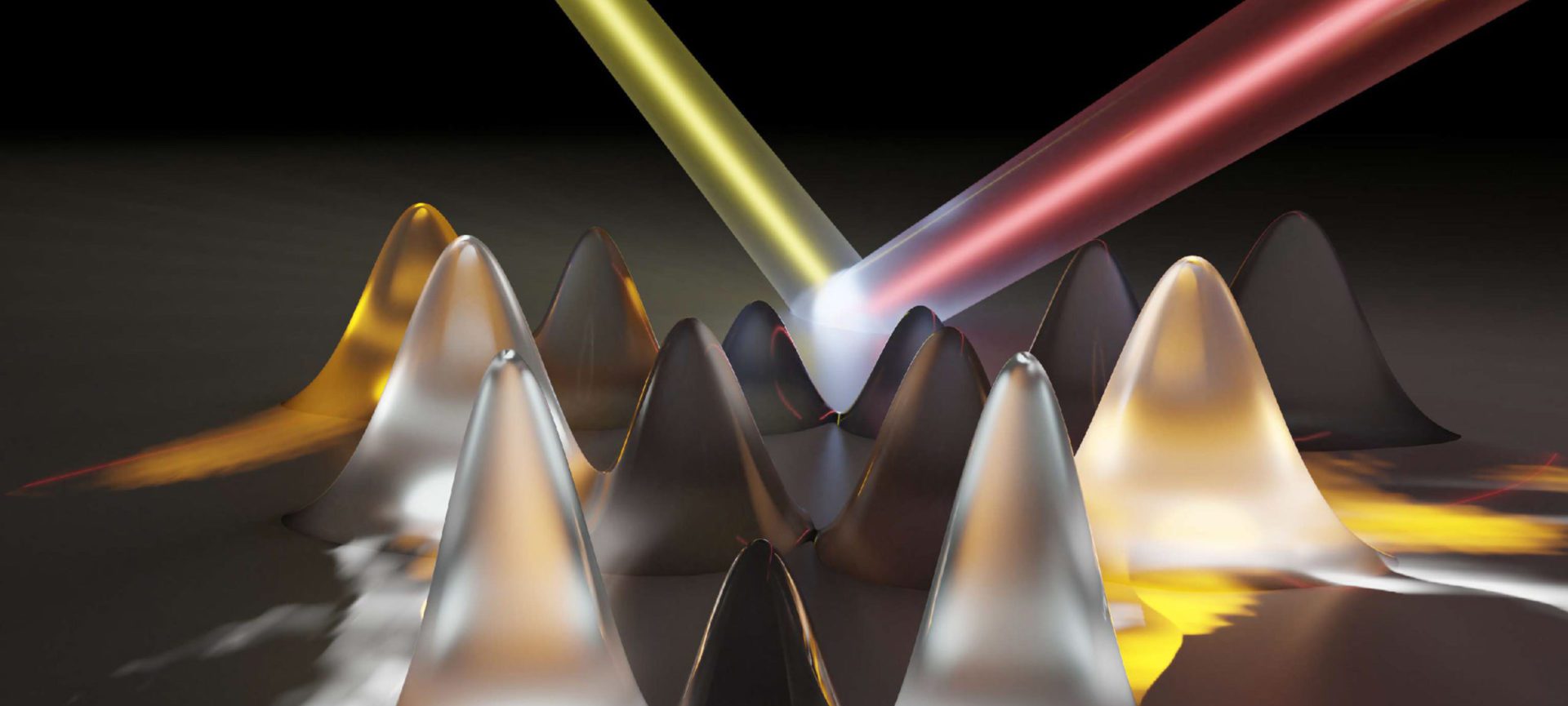
Mapping quantum structures with light to unlock their capabilities
Rather than installing new “2D” semiconductors in devices to see what they can do, this new method puts them through their paces with lasers and light detectors.
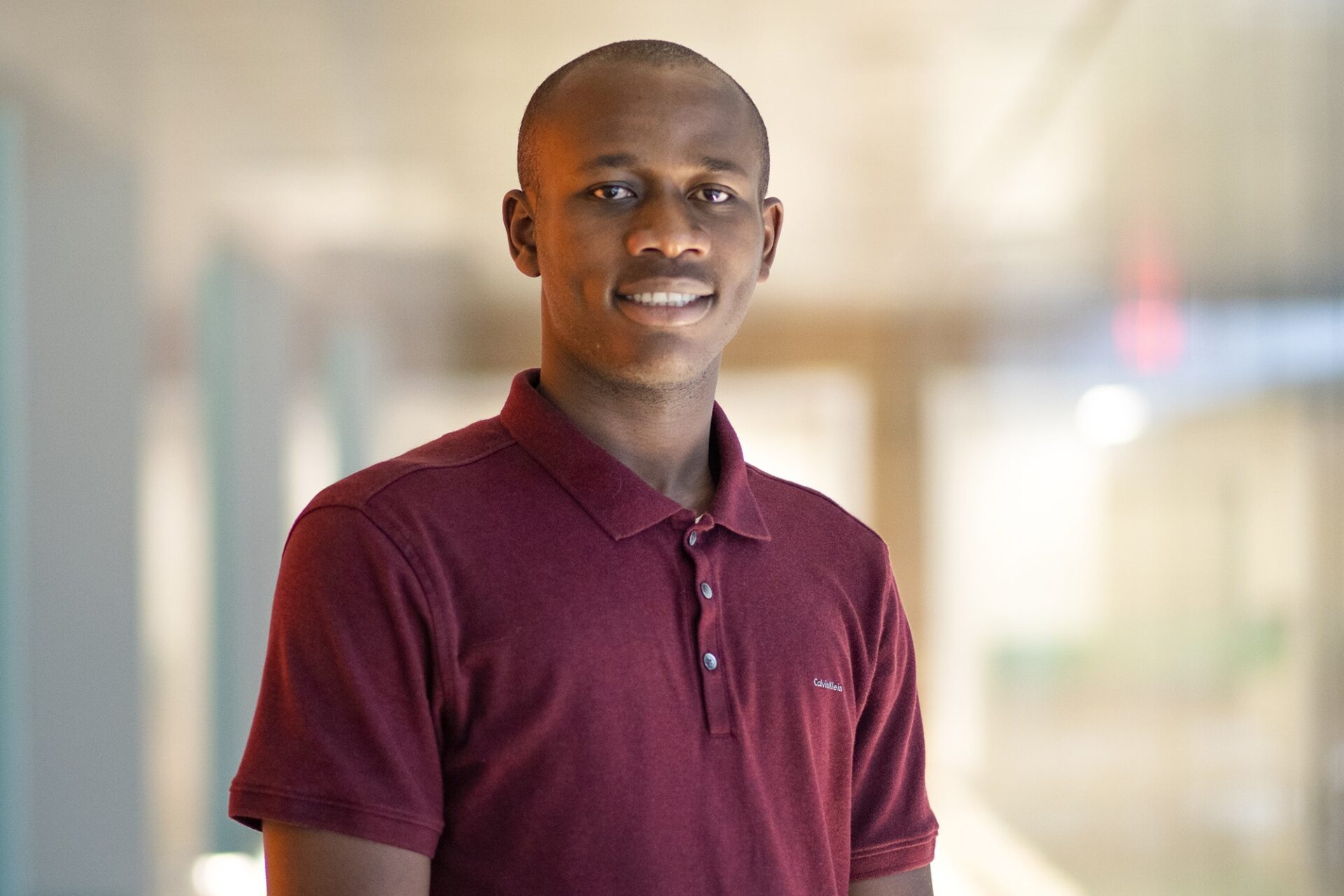
Demba Komma awarded Microsoft Research Ada Lovelace Fellowship for research on IoT localization technologies
Komma, a PhD student, is working to develop robust low powered localization technology for Artificial Intelligence enabled Internet of Things in locations where GPS is limited or blocked.
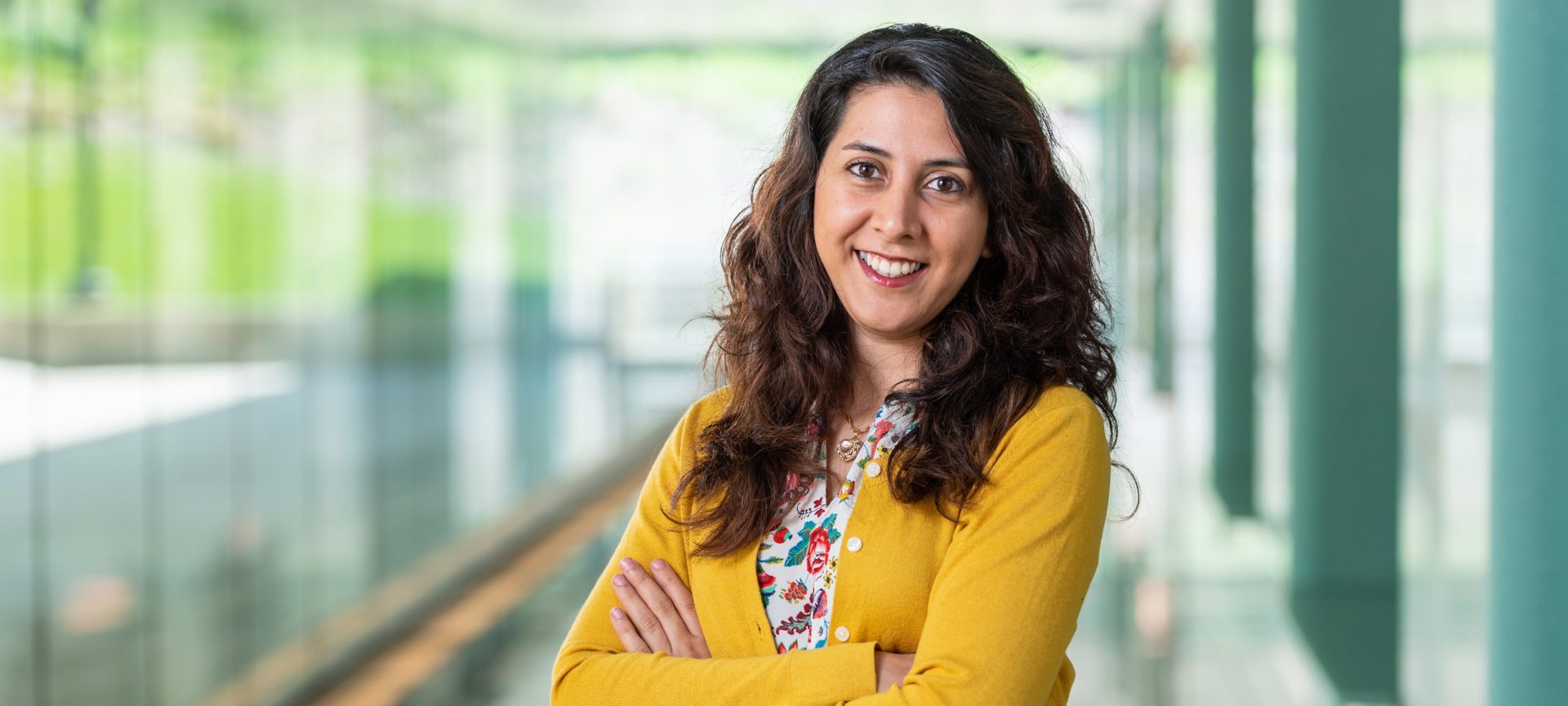
Elaheh Ahmadi receives CAREER Award to improve efficiency in high power electrical systems
The research could improve efficiency in systems such as electric vehicles, grid systems, mass transit, and industrial automation
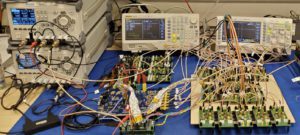
Research to advance low-power speech recognition highlighted by Intel
Michael Flynn and his group are applying their groundbreaking work in beamforming to the challenge of low-power on-chip speech recognition.

Prof. Pei Zhang solemnly swears that he’s up to some good
In a project he calls the “Marauder’s Map,” Prof. Zhang uses machine learning-based data models, physics models, and heuristic models to turn physical structures into sensing devices.

ECE Lab Kit team recognized by the College of Engineering with the Team Staff Excellence Award
When the pandemic shut down in-person instruction, this six-member team created and delivered individual lab kits to 1,200 students around the world so hands-on lab experience could continue.
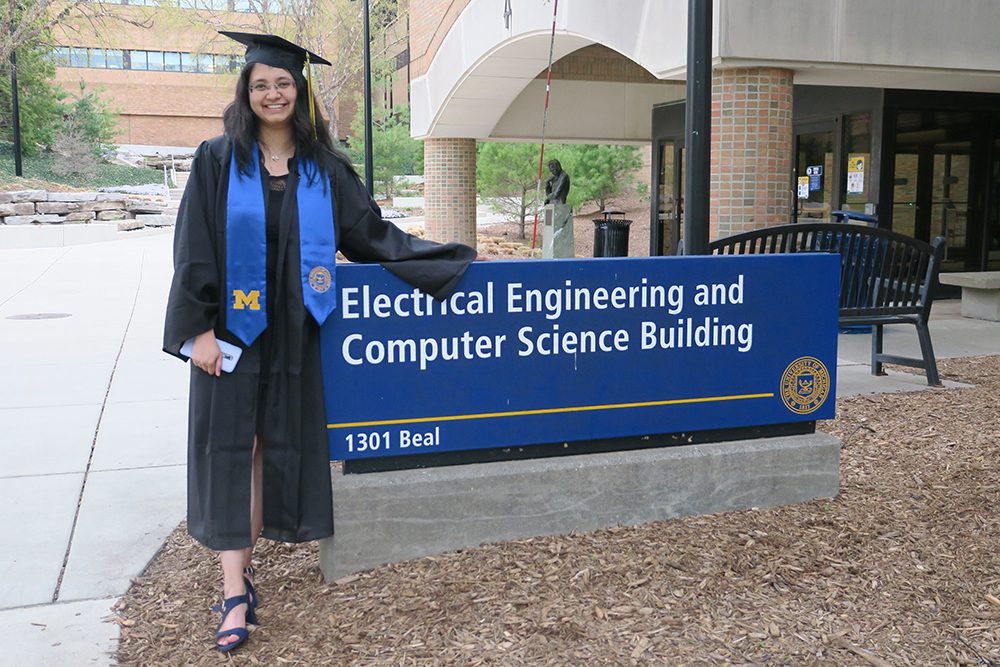
Profiles in ECE: Rucha Apte (MS ECE 2021)
From the internships that inspired her interest in signal & image processing and machine learning to late night study sessions at the Duderstadt to her background in classical dance, Master’s student Rucha Apte shares her journey with us.
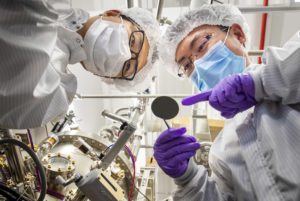
Dawn of nitride ferroelectric semiconductors for next-generation electronics
The ability to precisely tune electrical polarization switching through molecular beam epitaxy is a gamechanger
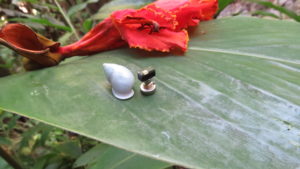
Snails carrying the world’s smallest computer help solve mass extinction survivor mystery
The study yields new insights into the survival of a native snail important to Tahitian culture and ecology and to biologists studying evolution, while proving the viability of similar studies of very small animals including insects
Michigan startup MemryX, Inc. promises faster, cheaper AI processing
The ECE startup builds neuromorphic computer chips uniquely suitable for AI applications
The post Michigan startup MemryX, Inc. promises faster, cheaper AI processing appeared first on Michigan Engineering News.

$1 Million DARPA contract to empower the wireless systems of the future
Prof. Elaheh Ahmadi is working to design a new kind of semiconductor that can provide high power at high frequencies
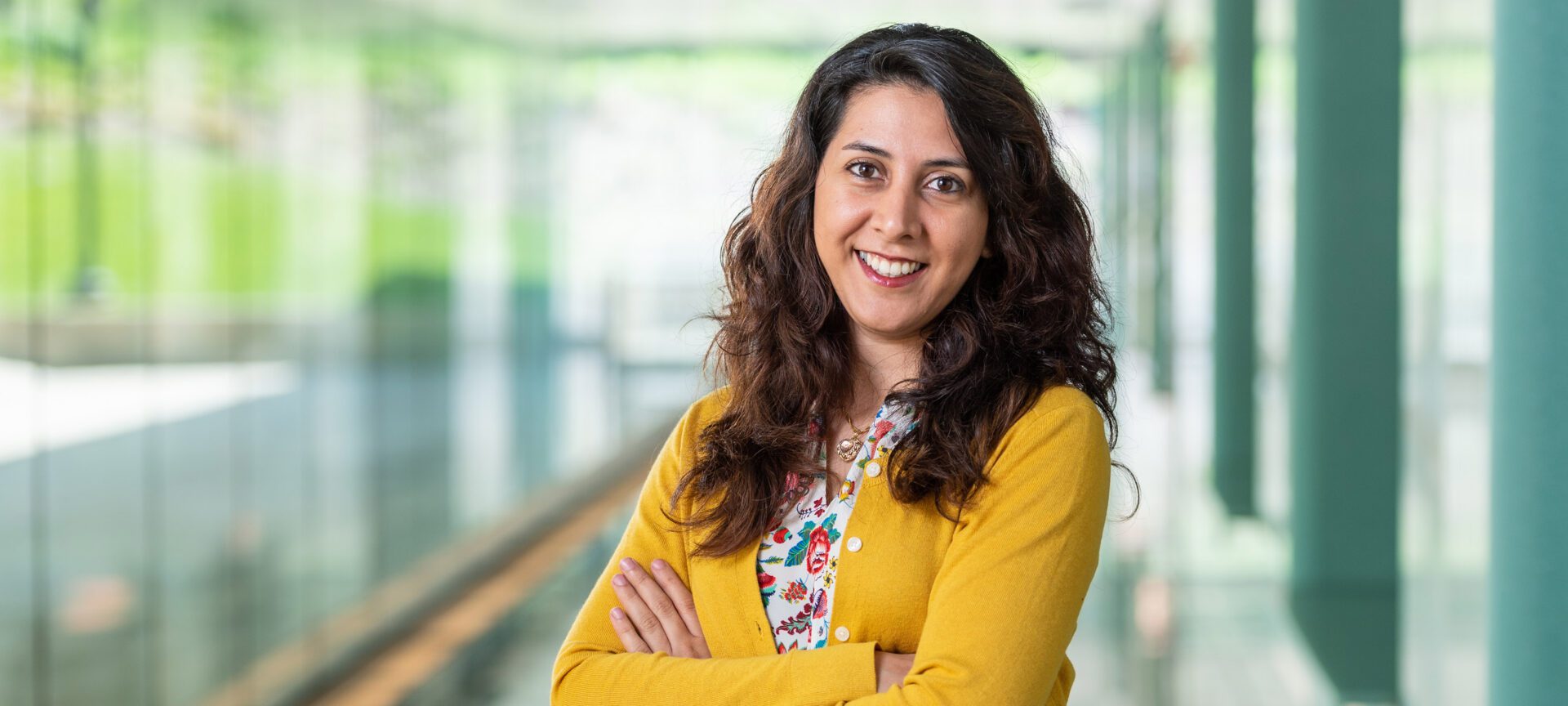
Elaheh Ahmadi receives DARPA Young Faculty Award to support future sensor and communication systems
Ahmadi’s research is focused on using GaN and Ga2O3 materials to provide higher output power per unit area at higher frequencies.
Egg-carton-style patterning keeps charged nanoparticles in place and suitable for a wide range of applications
Prof. Jay Guo and his team discovered a scalable way to settle down and precisely arrange micro- and nano-sized particles according to size
The post Egg-carton-style patterning keeps charged nanoparticles in place and suitable for a wide range of applications appeared first on Michigan Engineering News.

Prof. Zetian Mi named IEEE Fellow for his pioneering contributions to III-nitride photonics and clean energy
Mi’s research is impacting the future of alternative energy, as well as improved methods for water purification and air disinfection.

Prof. Euisik Yoon named IEEE Fellow for groundbreaking research in Bio-MEMS
Yoon’s research has contributed to a better understanding of the brain, as well as improved detection and treatment of cancer.

Prof. Heath Hofmann named IEEE Fellow for his impact in the areas of electric machinery and drive systems
Hofmann’s control technology has been implemented in commercial vehicles, and he works tirelessly to enhance opportunities for underrepresented students.
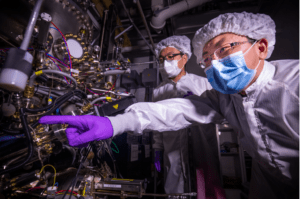
Research full speed ahead on manufacturable III-V materials for next-generation electronics
A recent breakthrough in ferroelectric III-V semiconductors at the University of Michigan has been followed by several advancements and new funding to bring the technology closer to market.
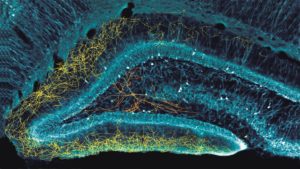
New understanding of neurons in the hippocampus: they’re all the same
A longstanding collaboration between engineers and neuroscientists leads to new insights into how neurons work in the hippocampus.

‘Exciton surfing’ could enable next-gen energy, computing and communications tech
A charge-neutral information carrier could cut energy waste from computing, now that it can potentially be transported within chips.

Ashley Jian awarded Marian Sarah Parker Prize from the College of Engineering
Jian’s research is focused on improving the efficiency of high-power electronics, which is important for energy security and sustainability.

Subhajit Mohanty awarded Richard and Eleanor Towner Prize for Distinguished Academic Achievement
Mohanty’s research is focused on advancing high electron mobility transistors for next generation wireless technologies.

Ashley Jian receives Barbour Scholarship to further her research on high-power electronics
Jian works to improve the efficiency of high-power electronics for better energy security and sustainability.

Touheed Anwar Atif awarded Rackham Predoctoral Fellowship for his research on quantum information and quantum computing
Atif’s coding framework addresses quantum information network coding problems and has helped uncover new insights into the world of quantum information.

New textbook provides hands-on guide for learning about chaotic dynamics and electronic circuits
The book was co-authored by ECE Master’s student Wesley Joo-Chen Thio and Professor Emeritus Julien Sprott of U Wisconsin.
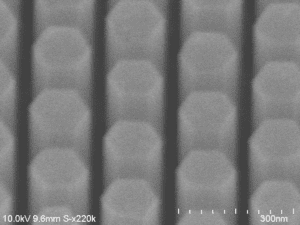
Overcoming the efficiency cliff of red micro-LEDs for virtual/augmented reality
Prof. Zetian Mi leads a team that created highly-efficient red micro LEDs suitable for augmented and virtual reality.

2022 IEEE APS R. W. P. King Award recognizes new theory in computational electromagnetics
Patel and Michielssen developed the Wigner-Smith time delay matrix for electromagnetics.
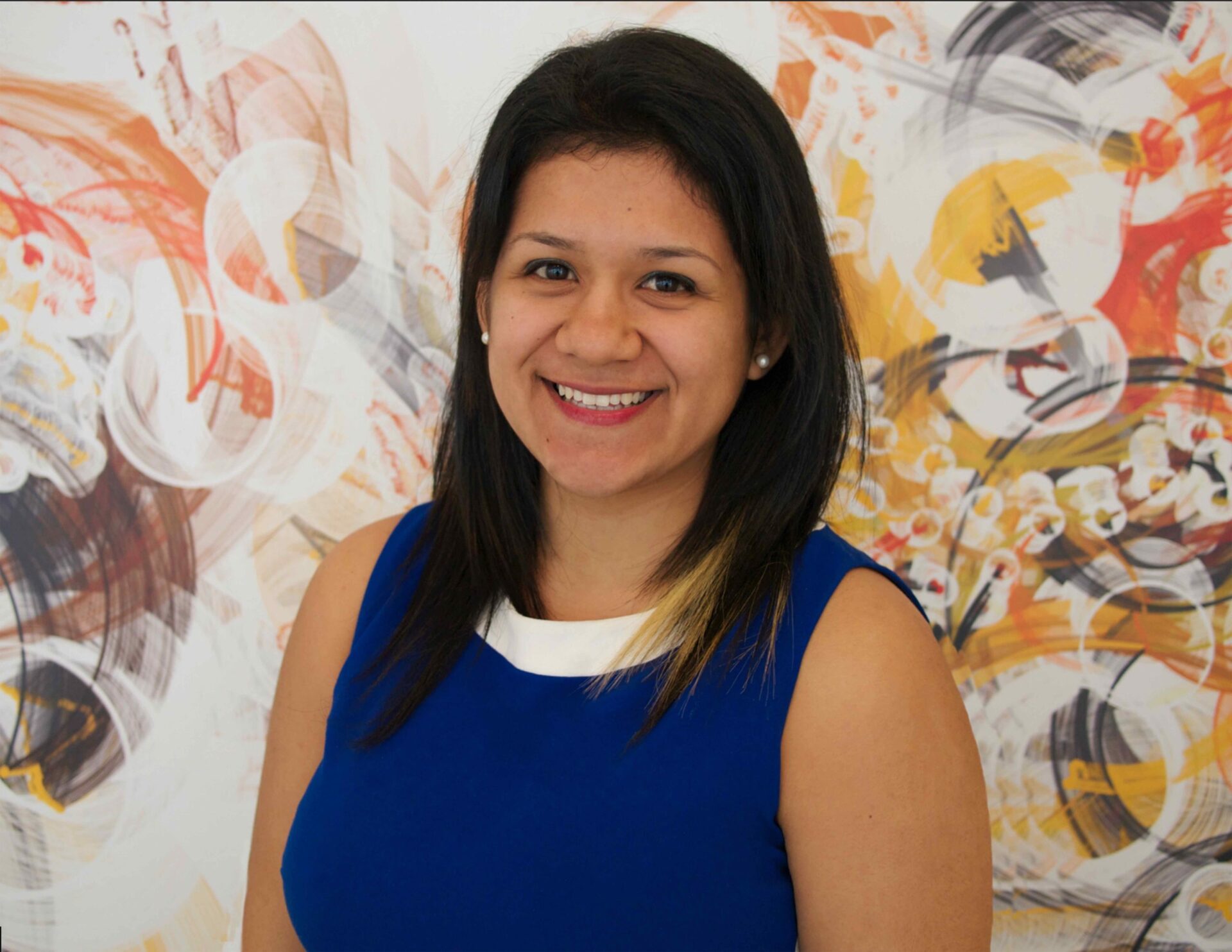
Ester Bentley receives Impact award for her research with the goal of GPS-free navigation
Bentley presented her research as an NDSEG Fellow. She is working to make smaller, more affordable high accuracy navigation-grade gyroscopes.
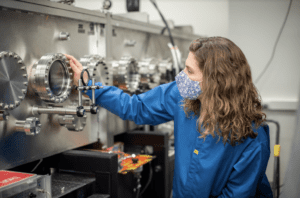
ZEUS Joins International Community of Extreme Light Virtuosos
As a member of the X-lites program, ZEUS joins an international community of extreme light labs working together to advance laser science for the benefit of society

First light soon at the most powerful laser in the US
The ZEUS laser at the University of Michigan has begun its commissioning experiments
CHIPS and Science Act: Implications and opportunities
The CHIPS and Science Act of 2022 promises to revitalize the U.S. semiconductor industry. Dennis Sylvester offers his perspective on what it means for ECE.
The post CHIPS and Science Act: Implications and opportunities appeared first on Michigan Engineering News.
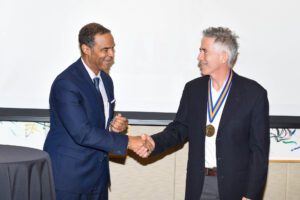
Mike Flynn named Fawwaz T. Ulaby Collegiate Professor of Electrical and Computer Engineering
Flynn is one of the world’s premier scholars of analog and mixed-signal integrated circuits and systems, analog-to-digital conversion (ADC), and other interface circuits.

An award winning radar system for collision avoidance and imaging
Armin’s research is focused on the development of a sub-millimeter-wave radar system for the next generation of navigation and imaging sensors.
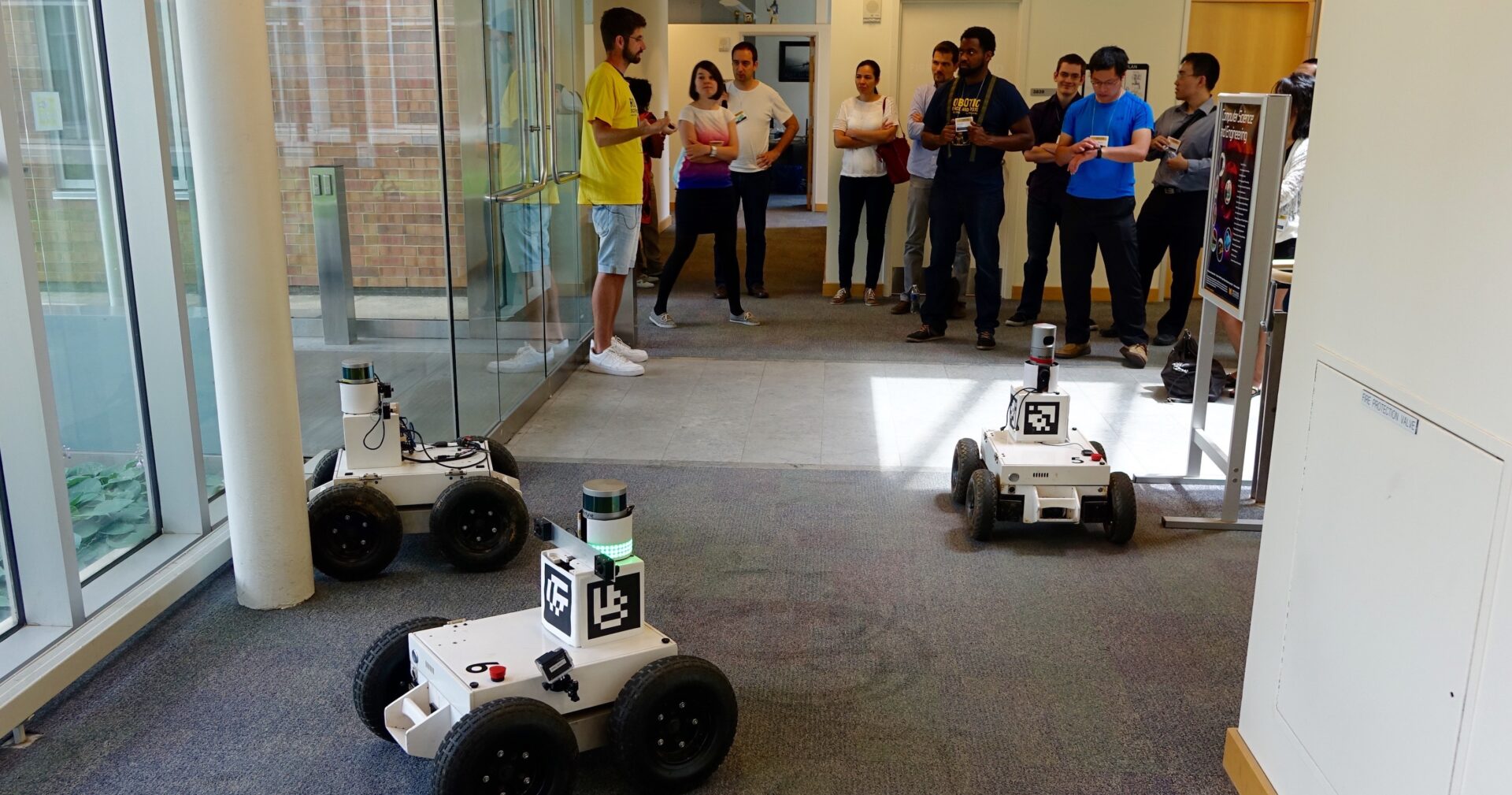
EECS research highlighted at 2016 Robotics: Science and Systems Conference
The University hosted the 2016 Robotics: Science and Systems Conference, which allowed attendees to hear about the latest in robotics through talks, presentations, workshops, and tutorials.
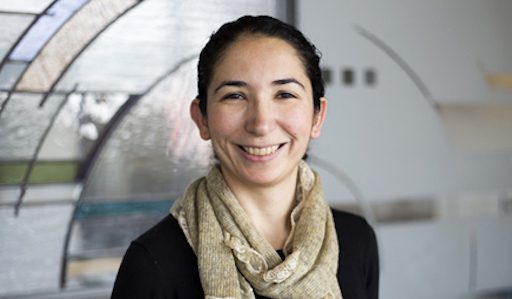
Necmiye Ozay receives NASA Early Career Faculty Award for research in cyber-physical systems
Prof. Ozay’s award-winning work will be used in future space missions
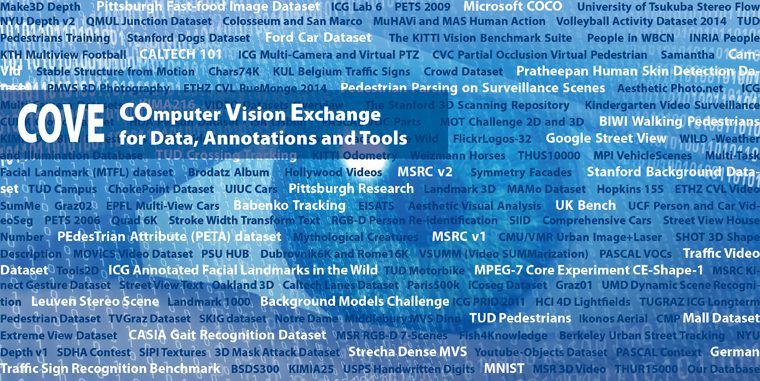
COVE: a tool for advancing progress in computer vision
Centralizing available data in the intelligent systems community through a COmputer Vision Exchange for Data, Annotations and Tools, called COVE.

$1.1 million grant to develop robot emergency response capabilities
Office of Naval Research has awarded Dmitry Berenson, an assistant professor of Electrical Engineering and Computer Science, $1.1 million to help advance emergency response capabilities for robots.

Shai Revzen part of a new five-institution MURI focused on the control of dynamic systems
As a member of the DDOTS to PICS MURI, Revzen will advance modeling and control of dynamic systems.
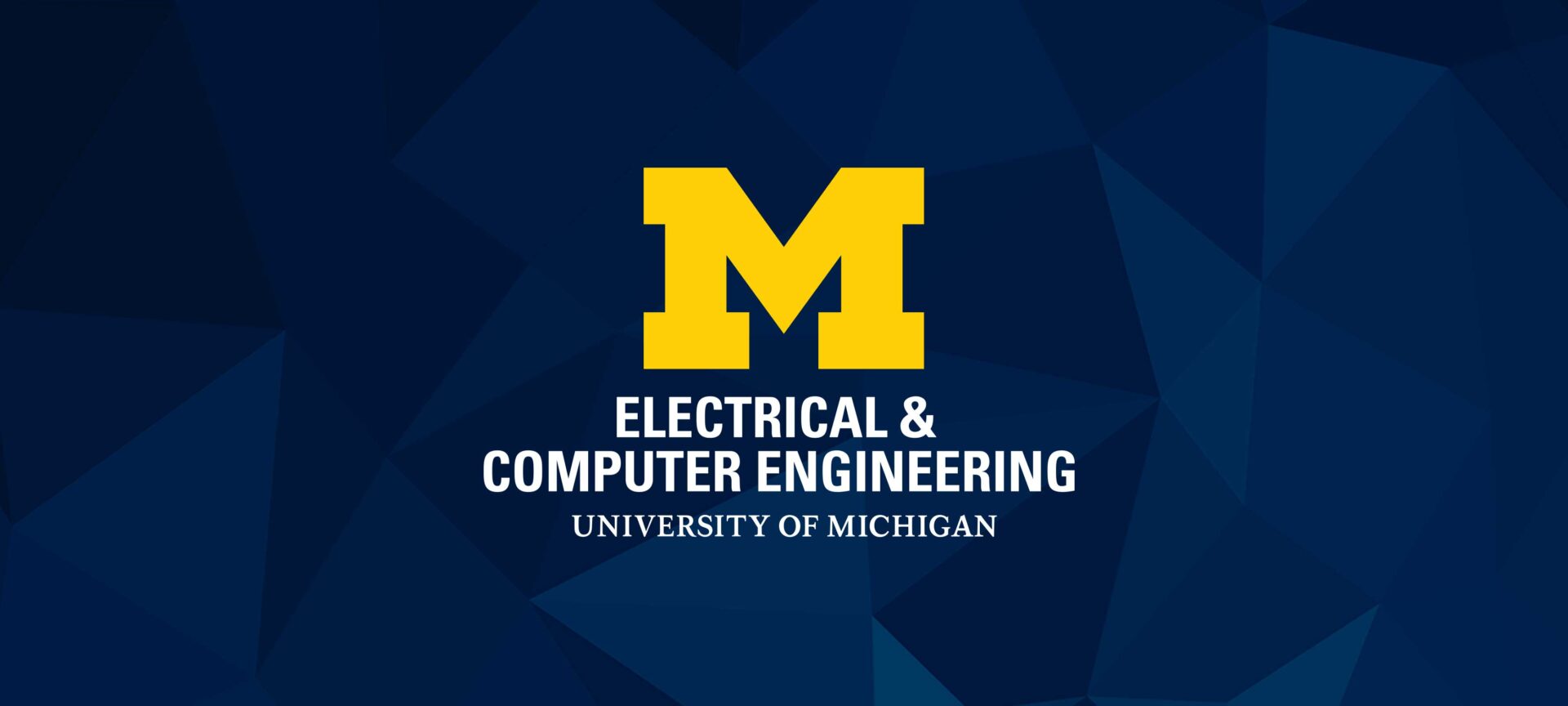
How to build a BigANT – Shai Revzen’s critter-inspired robots
How to build fast and cheap robots

Building more stable four-legged robots
A biologist turned roboticist takes a closer look at dog gaits to help design better movements for four-legged robots.
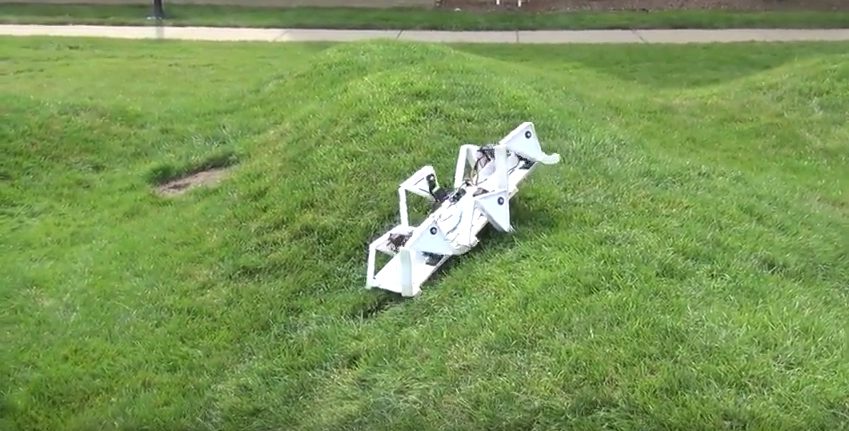
BigANT tackles the wave field
Prof. Shai Revzen’s lab in ECE has developed an inexpensive technique to rapidly fabricate a variety of useful robots.
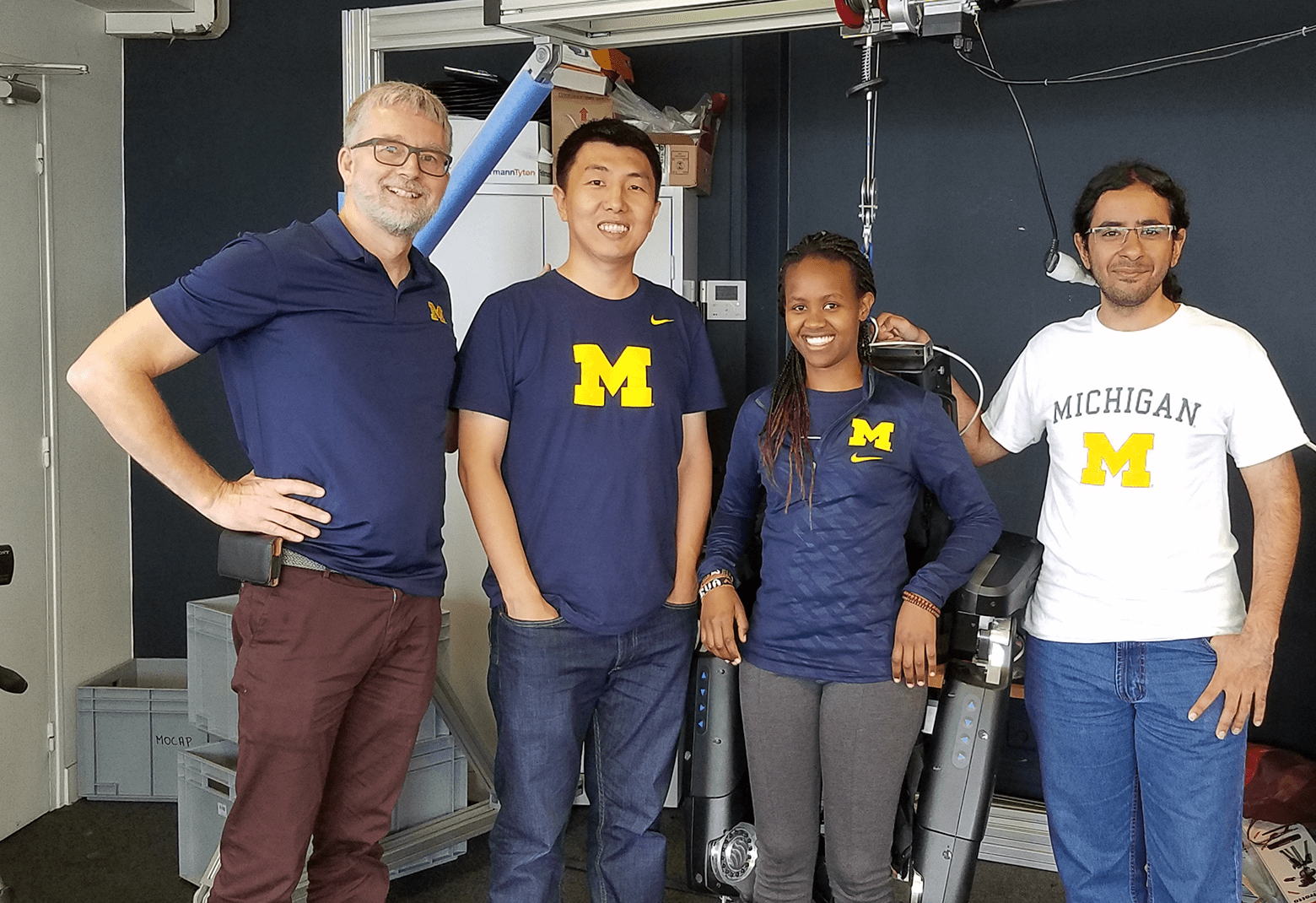
Getting people moving – Walking exoskeletons could mobilize disabled patients
Prof. Jessy Grizzle has long said that his work in robotics could one day be used to help the disabled. Now he and his group, alongside French company Wandercraft, are working to make that claim a reality in the form of walking exoskeletons.
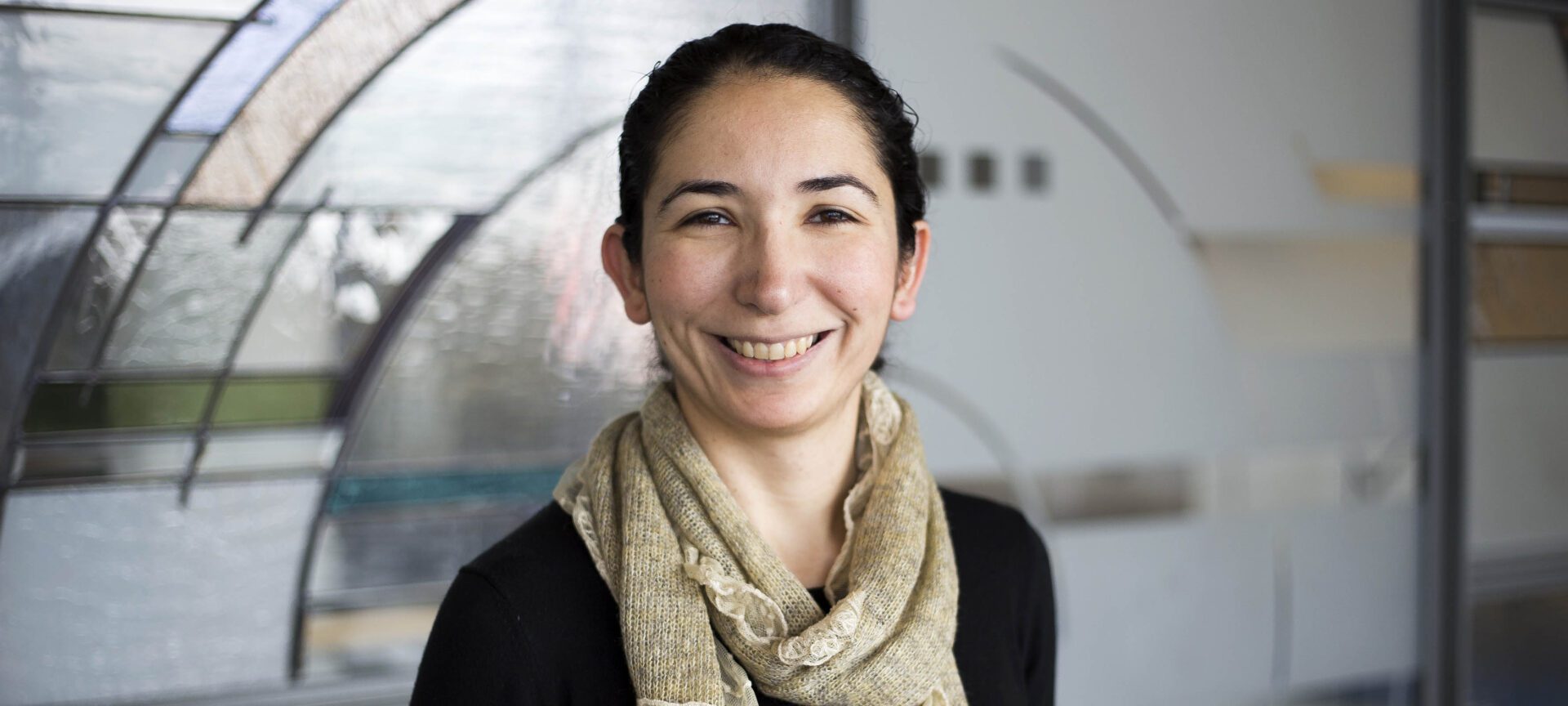
Necmiye Ozay receives ONR Young Investigator Award to advance research in autonomous systems
Research will focus on how autonomous vehicles adapt to wide-ranging changes.

Dmitry Berenson receives NSF CAREER Award to advance a robot’s ability to handle soft objects
Berenson works to improve the ability of autonomous robots to handle soft, deformable objects.
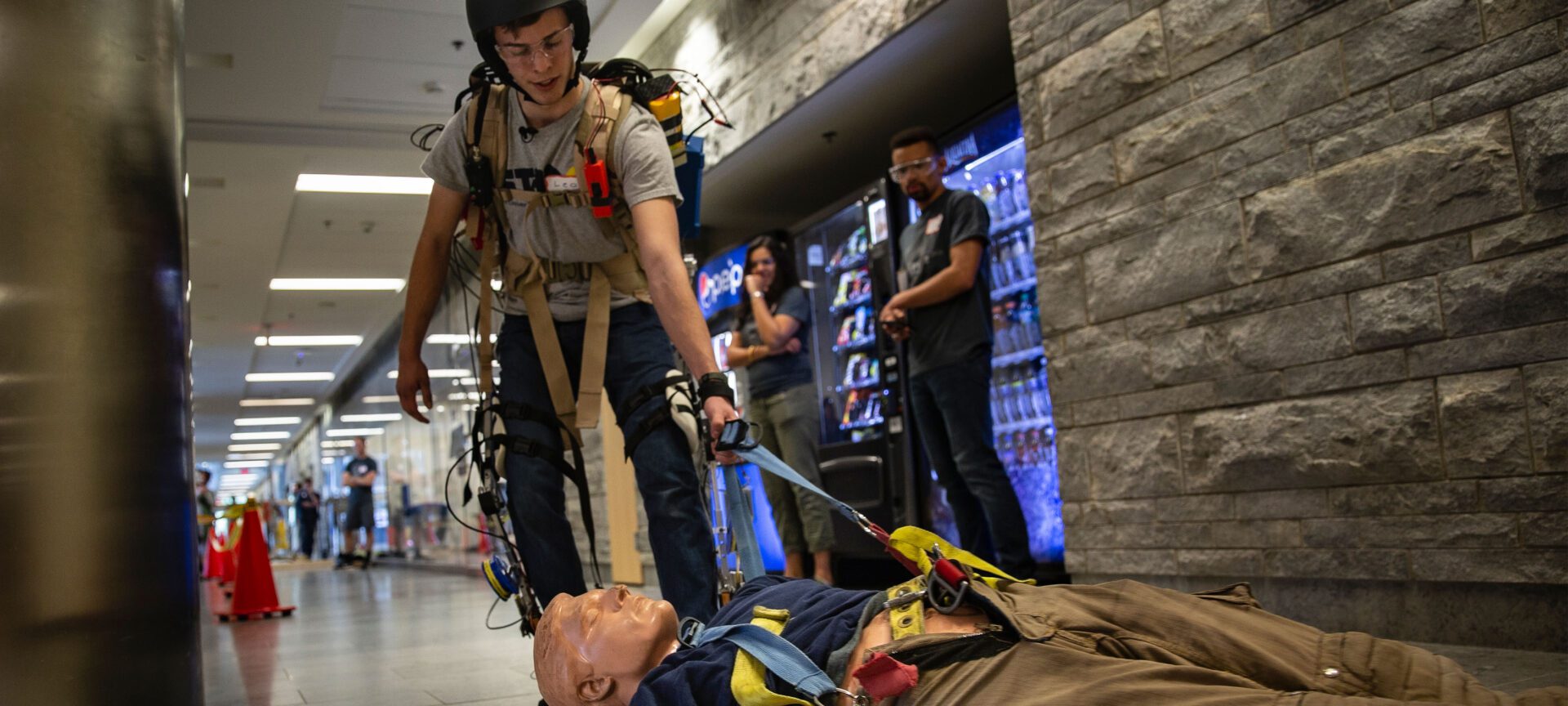
Exoskeletons compete to boost strength of rescue workers
Five college teams test robotic suits that could enhance humans’ abilities.

Paper award for training computer vision systems more accurately
PhD student Jean Young Song offers an improved solution to the problem of image segmentation.

Prof. Jason Corso on artificial intelligence
The most exciting use of AI for me focuses around a better collective use of our available resources, says Corso.

More efficient machine vision technology modeled on human vision
Prof. Robert Dick and advisee Ekdeep Singh Lubana developed a new technique that significantly improves the efficiency of machine vision applications
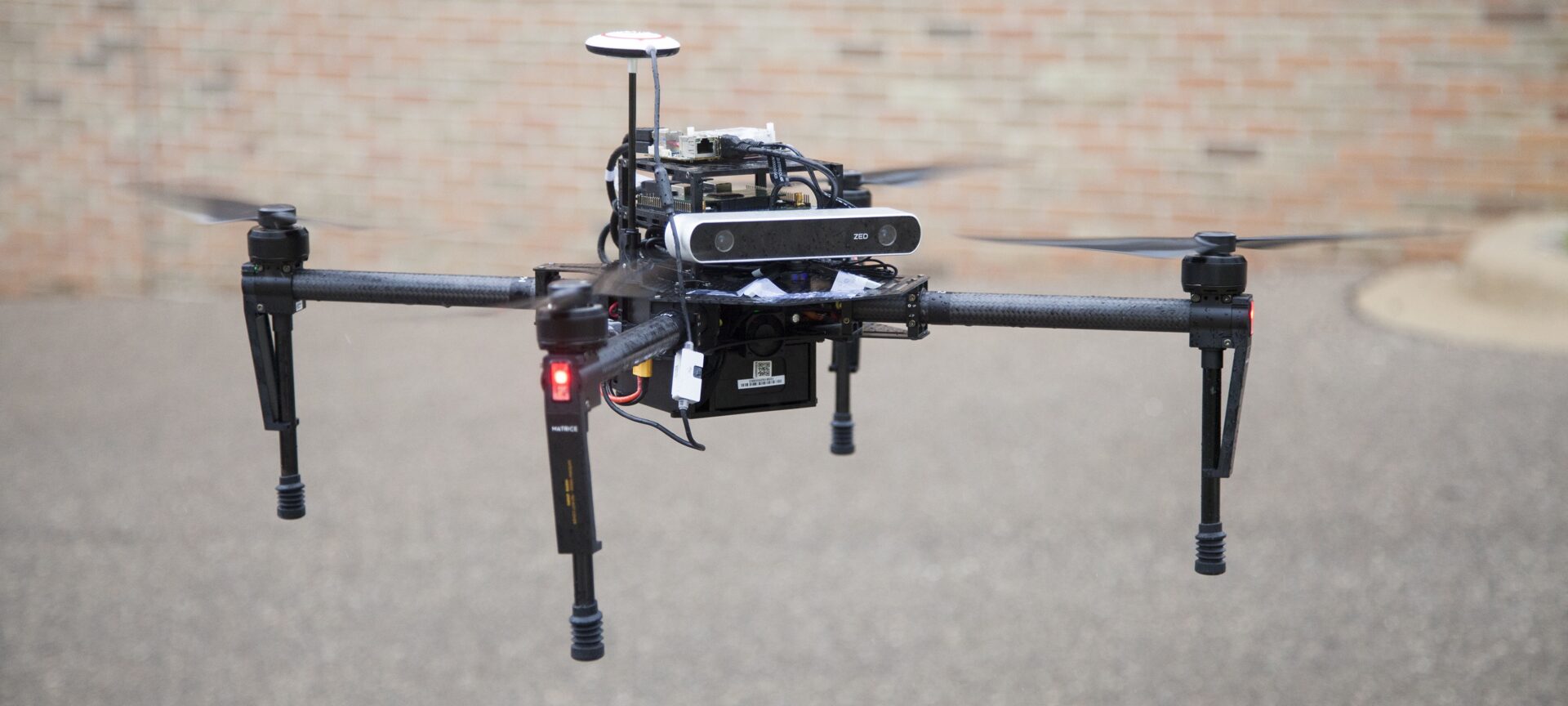
SLAM-ming good hardware for drone navigation
Researchers built the first visual SLAM processor on a single chip that provides highly accurate, low-power, and real-time results.
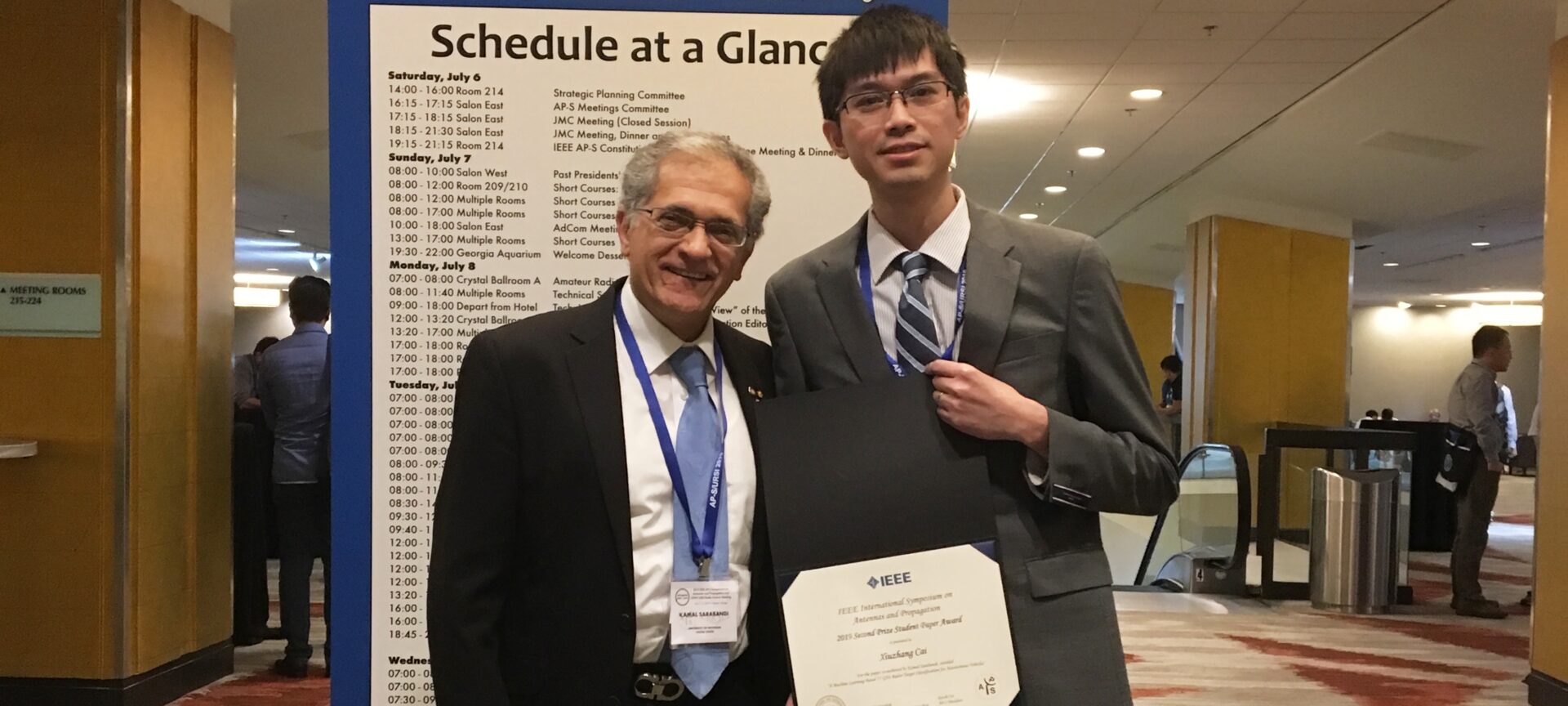
Six teams of ECE researchers make the finals at AP-S/URSI 2019
Second Prize overall went to doctoral student Xiuzhang Cai for his radar target classification research applicable to autonomous vehicles.
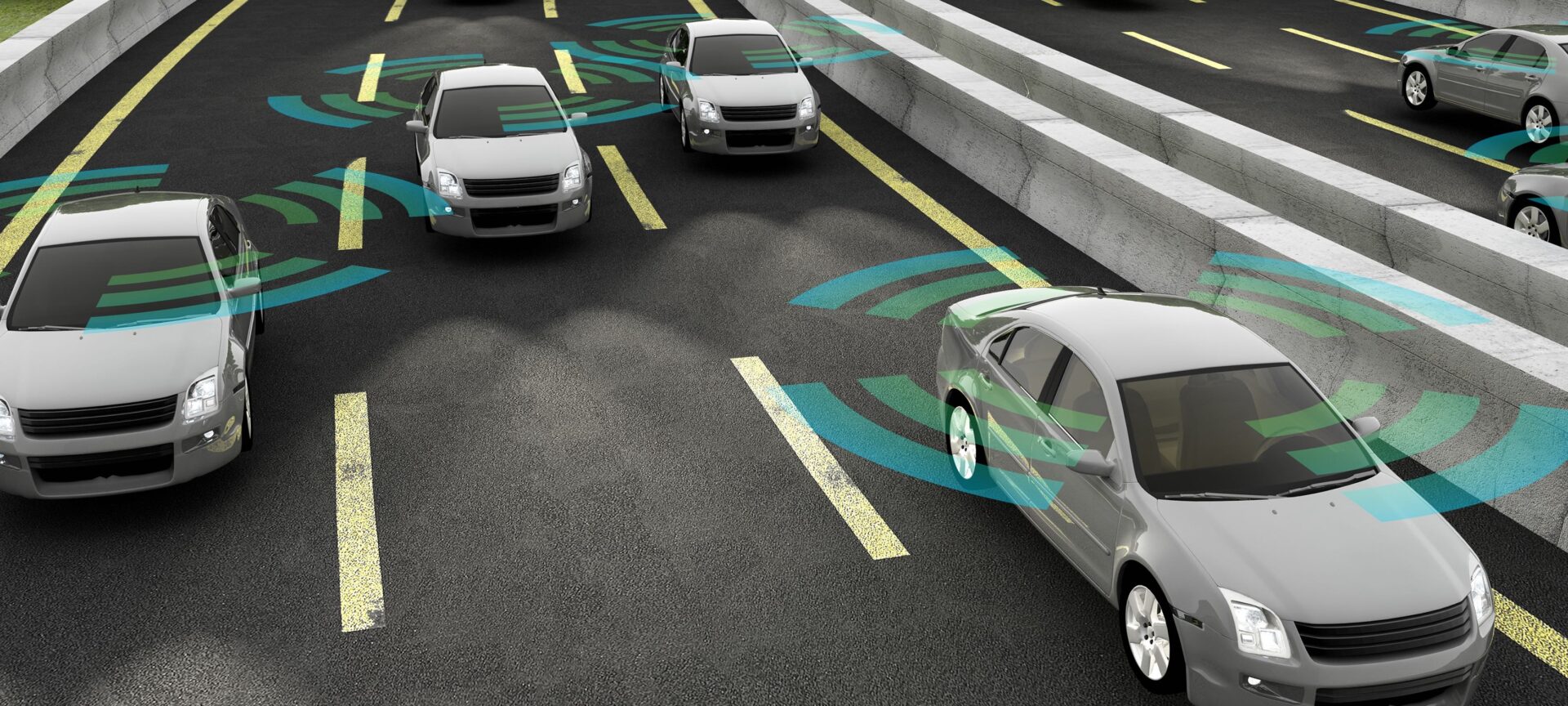
U-M researchers provide control software to ensure autonomous vehicles stay in their lane
The team was awarded a Best New Application Paper Award by the IEEE Robotics and Automation Society for their work developing reliable control systems for Lane Keeping and Adaptive Cruise Control.
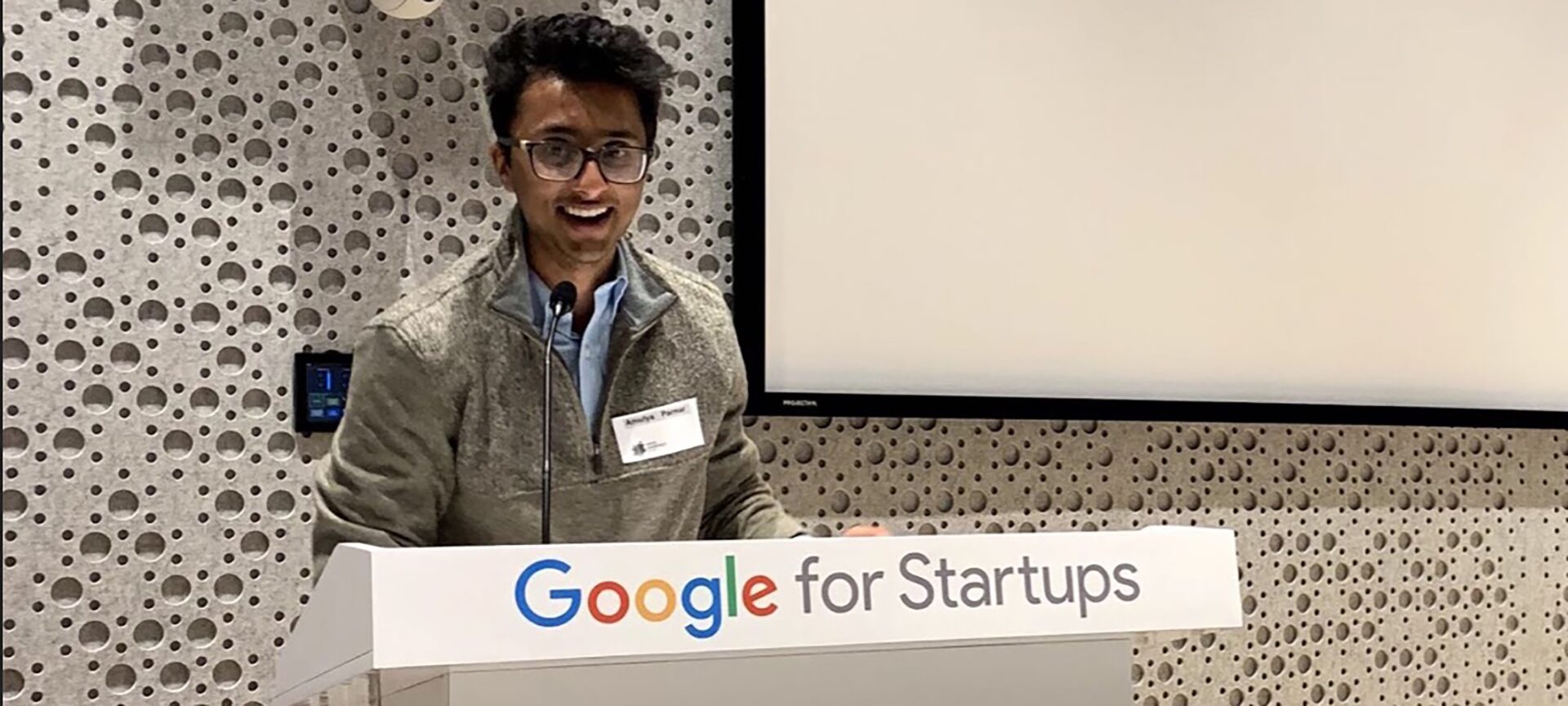
AI-powered Whatsapp Bot fights fake news in India
CE undergrad Amulya Parmar designed a machine learning algorithm to curb fake news as part of the Tavtech Fellowship program.
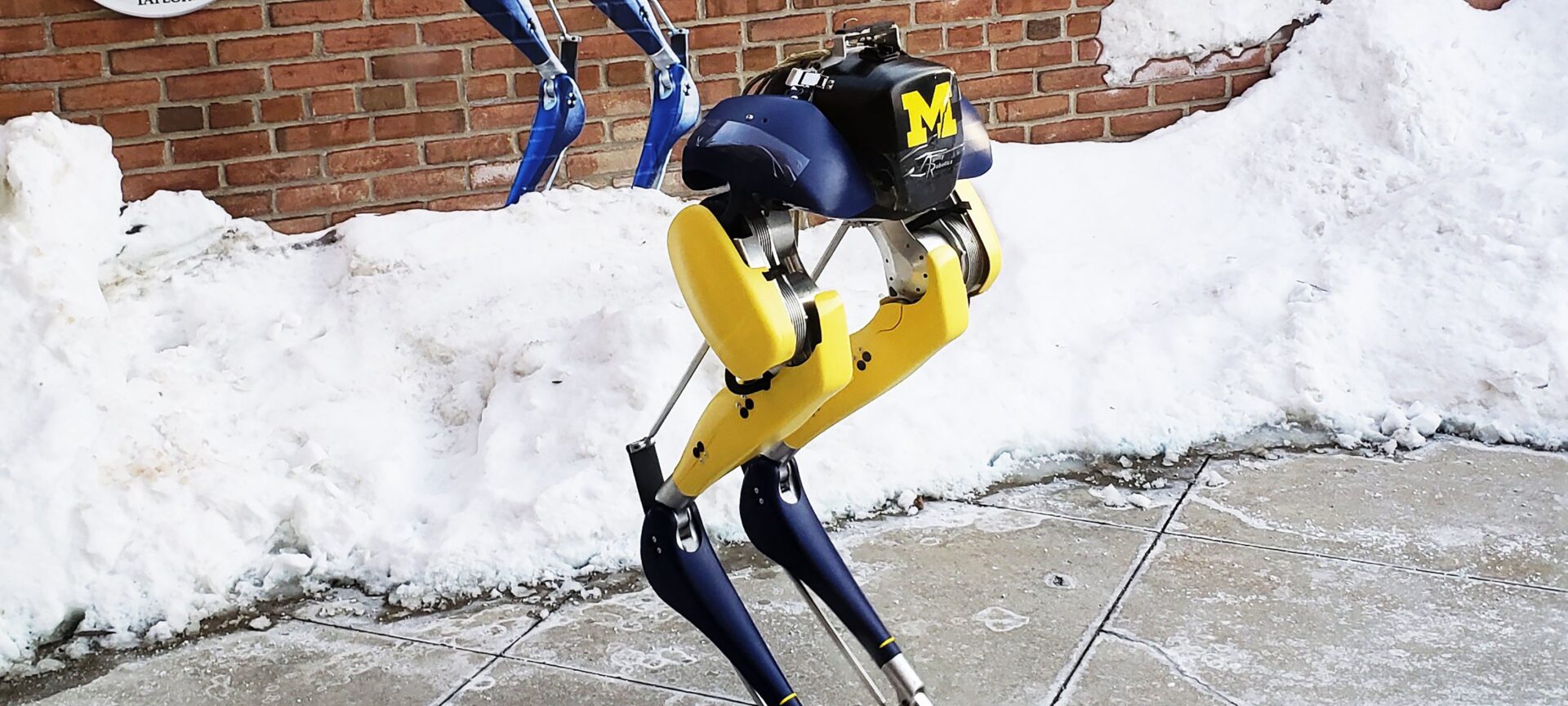
A World Record for Robotic Deep Freeze Walking
Cassie Blue, the bipedal robot, takes advantage of the 2019 polar vortex to set a record-breaking walk.
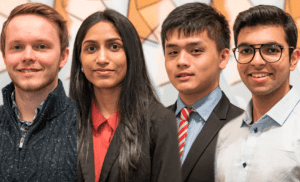
The Wolverines Behind the Next Generation of Autonomous Vehicles
The Center for Entrepreneurship profiles a team of EECS students, who are working to develop the next generation of delivery vehicles.
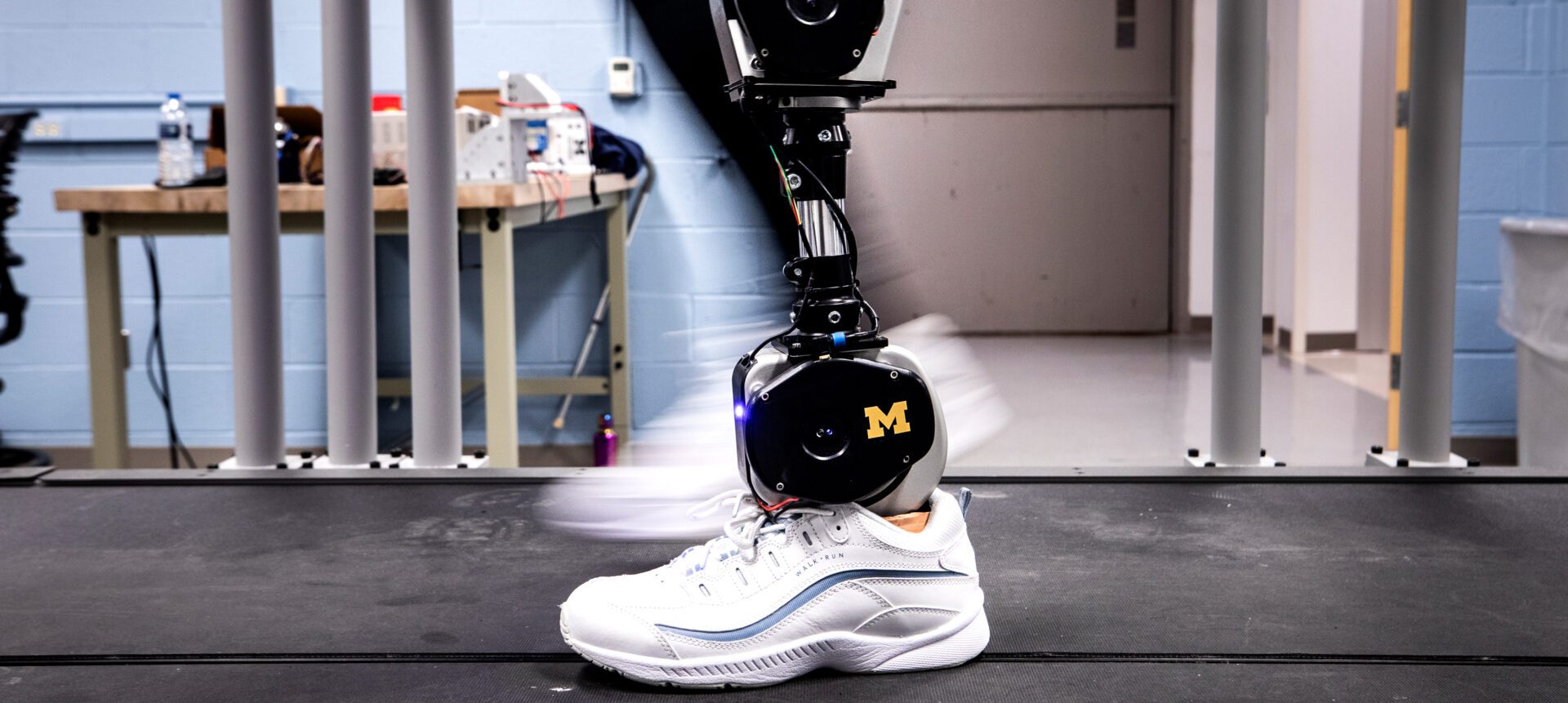
New grant to expand open source control software for an intuitive robotic prosthetic leg
University of Michigan researchers have been awarded an NSF grant to design an open source framework for robotic prosthetic legs that function more naturally and offer a wider range of capabilities.
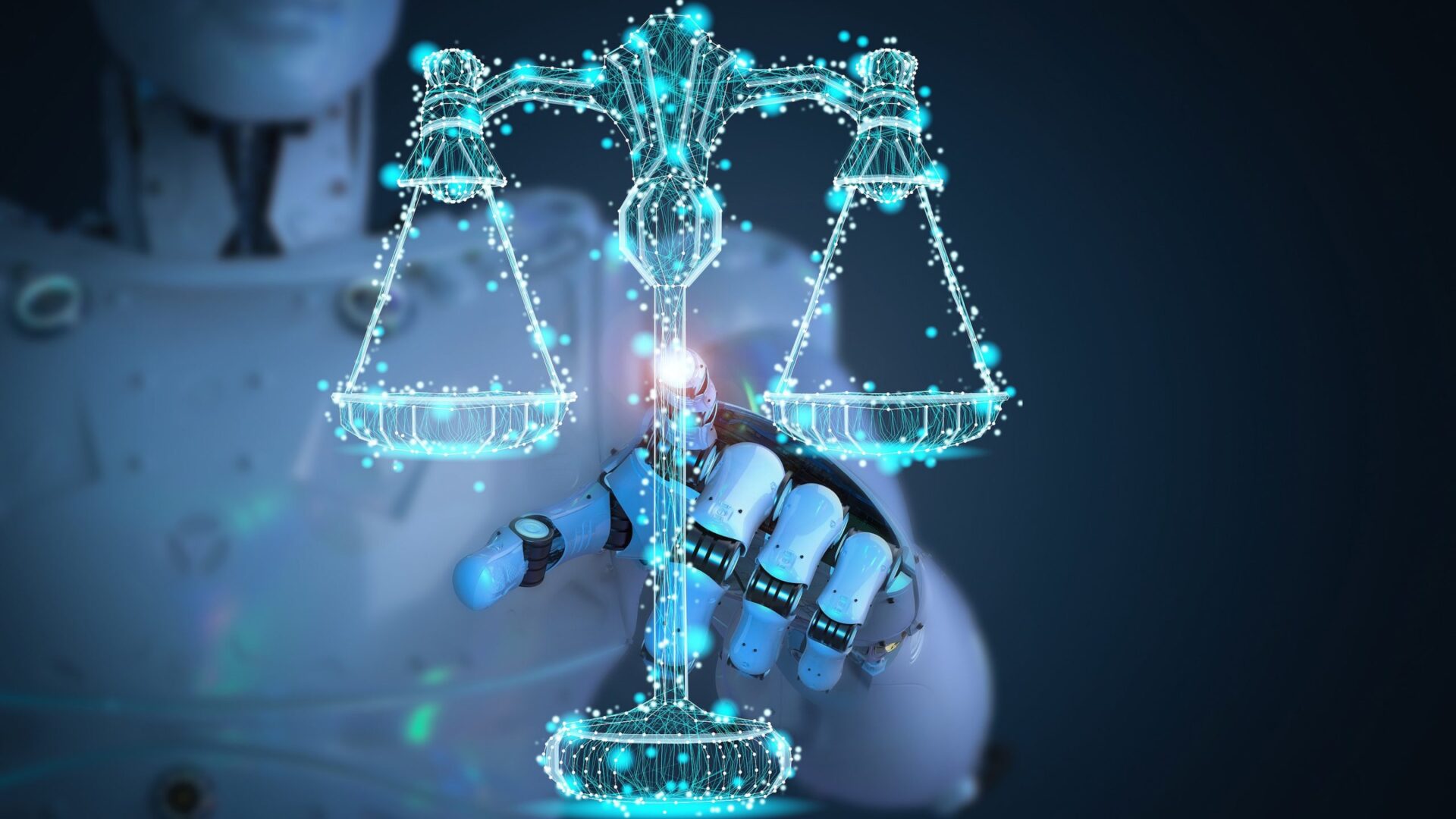
Fairer AI for long-term equity
Prof. Mingyan Liu is a key member of a project to mitigate bias in Artificial Intelligence and Machine Learning systems for long-term equitable outcomes.
3D motion tracking system could streamline vision for autonomous tech
Transparent optical sensor arrays combine with a specialized neural network in new University of Michigan prototype

Mimicking a human fingertip’s sensitivity and sense of direction for robotic applications
With the help of 1.6 million GaN nanopillars per sensor, the University of Michigan team was able to provide human-level sensitivity with directionality on a compact, easily manufactured system

Prof. Peter Seiler named IEEE Fellow for his impactful contributions to robust control theory
Seiler’s contributions to Matlab’s Robust Control Toolbox and to the control of vehicle platoons have resulted in major industrial applications.

Research on modeling time-variant systems earns Brockett-Willems Outstanding Paper Award
Prof. Peter Seiler co-authored the paper that focuses on reachability analysis for a variety of systems, including aircraft control and autonomous vehicles.
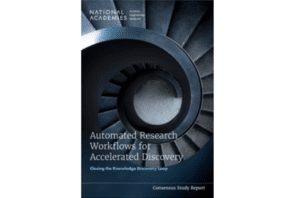
Atkins chairs National Academies report on speeding discovery with automated research workflows
Prof. Emeritus Daniel Atkins III chaired and Prof. Al Hero served on a National Academies committee that published a new report describing the impact of artificial intelligence and automated research workflow technologies in propelling research and scientific discovery.
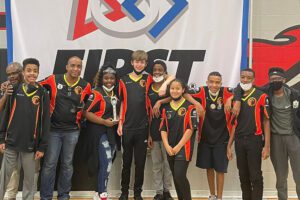
Community-builder Leon Pryor takes Detroit’s FIRST Robotics program to new heights
Having excelled in careers at Microsoft, Amazon, and now Meta, the alum and renowned video game engineer co-founded The Motor City Alliance to make Detroit a powerhouse for FIRST Robotics teams

New $32M center reimagines how computers are designed
‘You shouldn’t need a Ph.D. to design new computing systems.’
Beyond Moore’s law: $16.7M for advanced computing projects
DARPA’s initiative to reinvigorate the microelectronics industry draws deeply on Michigan Engineering expertise.
The post Beyond Moore’s law: $16.7M for advanced computing projects appeared first on Michigan Engineering News.
Big data, small footprint
How changing the rules of computing could lighten Big Data’s impact on the internet.
The post Big data, small footprint appeared first on Michigan Engineering News.
Batteryless next-generation cellular devices could empower a more sustainable future
PhD student Trevor Odelberg is looking to enable long range, highly reliable, and low-power cellular IoT devices that one day can run entirely on harvested energy, reducing battery waste and empowering devices to last for decades.
The post Batteryless next-generation cellular devices could empower a more sustainable future appeared first on Michigan Engineering News.
Computer vision: Finding the best teaching frame in a video for fake video fightback
The frame in which a human marks out the boundaries of an object makes a huge difference in how well AI software can identify that object through the rest of the video.
The post Computer vision: Finding the best teaching frame in a video for fake video fightback appeared first on Michigan Engineering News.

How predictive modeling could help us reopen more safely
Graphical online simulation could spur more targeted COVID-19 protection measures.
Remodeling the construction industry
Could human-robot collaboration revitalize an outmoded business model and attract new workers?
The post Remodeling the construction industry appeared first on Michigan Engineering News.
Toyota funds professorship in AI at U-Michigan
The new $2.5 million endowment to support a professorship is the second U-M sponsorship from Toyota
The post Toyota funds professorship in AI at U-Michigan appeared first on Michigan Engineering News.
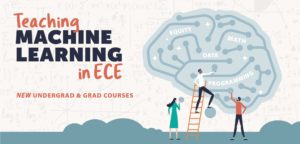
Teaching Machine Learning in ECE
With new courses at the UG and graduate level, ECE is delivering state-of-the-art instruction in machine learning for students in ECE, and across the University

Game theory and the COVID-19 outbreak: Coordinating our interests at individual to national levels
A major defense project pivots to explore how to encourage COVID-safe behavior effectively.
Engineering immunity: Profiling COVID-19 immune responses and developing a vaccine
As COVID-19 looks more like a disease of the immune system, a Michigan engineer is working with doctors to look at how immune responses differ between mild and severe cases.
The post Engineering immunity: Profiling COVID-19 immune responses and developing a vaccine appeared first on Engineering Research News.
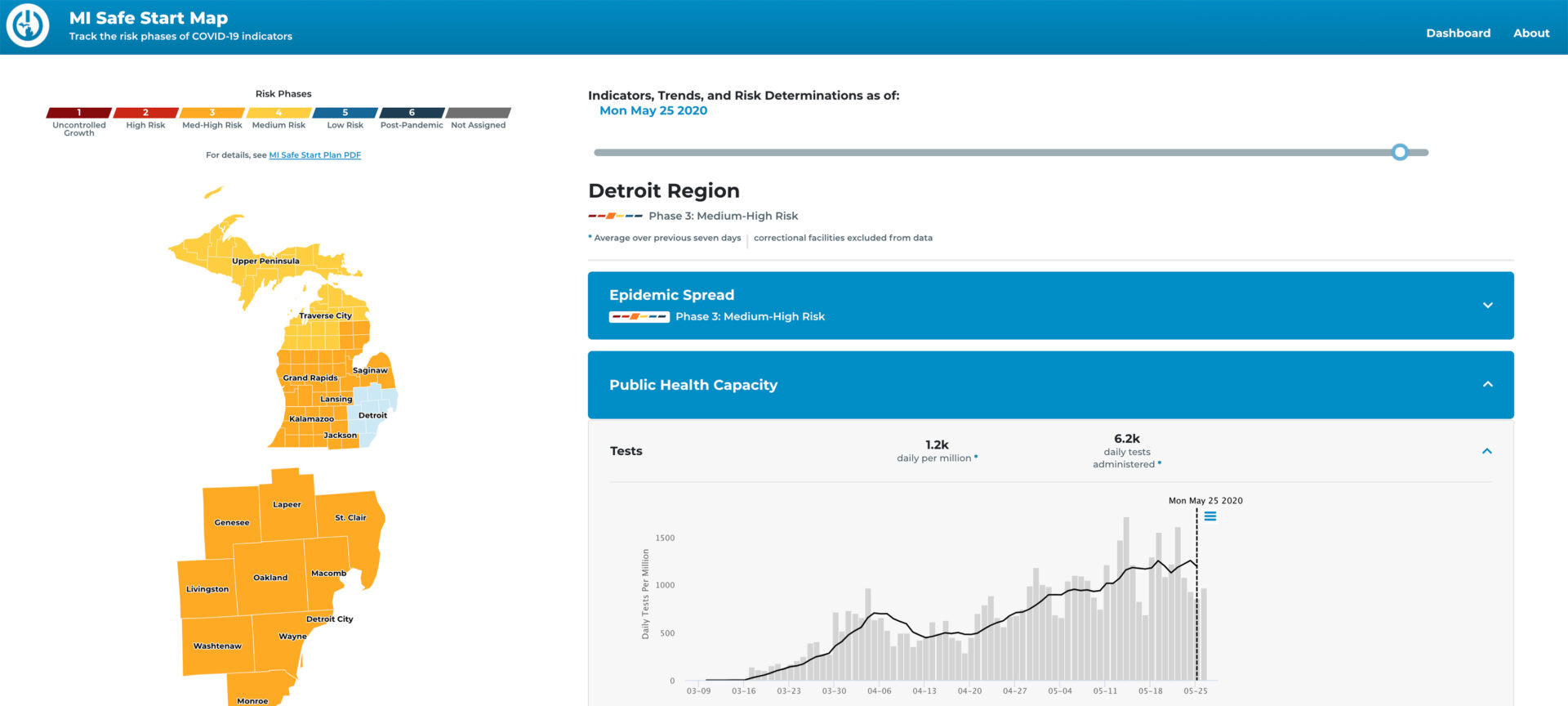
Web app, dashboard from U-M to inform Michiganders’ return to work
The web tools will help state officials identify potential hotspots as they reopen Michigan to business.
How rod-shaped particles might distract an out-of-control immune response
When white blood cells don’t know when to stop, an injection of rod-shaped particles may draw them away from a site of excessive inflammation.
The post How rod-shaped particles might distract an out-of-control immune response appeared first on Engineering Research News.
Hunger and COVID: Fighting pandemic-related food insecurity in Detroit
Public policy and engineering team up to improve food access.
The post Hunger and COVID: Fighting pandemic-related food insecurity in Detroit appeared first on Michigan Engineering News.
Personal cold plasma “air curtain” design for COVID-19 protection moves forward
Medical giant Johnson & Johnson and federal HHS select U-M design with “minimal impact on daily life.”
The post Personal cold plasma “air curtain” design for COVID-19 protection moves forward appeared first on Michigan Engineering News.
Treating autoimmune disorders with an inhaler, rather than an IV
Research in mice shows efficacy for multiple sclerosis.
The post Treating autoimmune disorders with an inhaler, rather than an IV appeared first on Michigan Engineering News.
More responsive COVID-19 wastewater test developed
Measuring RNA from SARS-COV-2 allows for more accurate testing than similar methods.
The post More responsive COVID-19 wastewater test developed appeared first on Michigan Engineering News.
N95 mask disinfection: New evidence on how hospitals can effectively recycle key PPE
First-of-its-kind study examined multiple pathogens, as well as filtration and fit.
The post N95 mask disinfection: New evidence on how hospitals can effectively recycle key PPE appeared first on Michigan Engineering News.
A resilient campus
How engineers are applying their expertise for future planning.
The post A resilient campus appeared first on Michigan Engineering News.
New protein engineering method could accelerate the discovery of COVID-19 therapeutics
The method could one day be used to develop nanobodies against other viruses and disease targets as well.
The post New protein engineering method could accelerate the discovery of COVID-19 therapeutics appeared first on Michigan Engineering News.
Michigan researchers get $5.3M to expand COVID-19 wastewater monitoring
“Wastewater-based epidemiology has shown to be a valuable tool to inform public health officials of case levels and infection trends in a community.”
The post Michigan researchers get $5.3M to expand COVID-19 wastewater monitoring appeared first on Michigan Engineering News.
Carbon fiber brain-implant electrodes show promise in animal study
Material and size designed to give electrodes a chance to operate in the body for years.
The post Carbon fiber brain-implant electrodes show promise in animal study appeared first on Michigan Engineering News.
Predicting how well a vaccine will work for you
A conventional approach to HIV vaccination does not induce immune responses in everyone equally, and a new computer model shows why.
The post Predicting how well a vaccine will work for you appeared first on Michigan Engineering News.
Wastewater to drinking water: EPA grants $1.2M to U-M for virus removal study
In preparation for climate adaptation in water-stressed areas, researchers will assess how well existing treatment systems prepare water for reuse.
The post Wastewater to drinking water: EPA grants $1.2M to U-M for virus removal study appeared first on Michigan Engineering News.
Michigan Engineering group creates model for layering COVID-19 defenses
The model can be used as a tool to inform decision-makers and individuals on relative risks and advantages associated with a layered defense.
The post Michigan Engineering group creates model for layering COVID-19 defenses appeared first on Michigan Engineering News.
New $13.8M center at U-M will study infectious disease, pandemic preparedness
The multidisciplinary research team will synergize efforts across the University.
The post New $13.8M center at U-M will study infectious disease, pandemic preparedness appeared first on Michigan Engineering News.
New photonic effect could speed drug development
Twisted semiconductor nanostructures convert red light into the twisted blue light in tiny volumes, which may help develop chiral drugs.
The post New photonic effect could speed drug development appeared first on Michigan Engineering News.
How well do boosters work? Depends on your genes
Computer modeling links a person’s genes to whether producing more antibodies will help them fight off the disease.
The post How well do boosters work? Depends on your genes appeared first on Michigan Engineering News.
Twisted vibrations enable quality control for chiral drugs and supplements
Terahertz light creates twisting vibrations in biomolecules such as proteins, confirming whether their compositions and structures are safe and effective.
The post Twisted vibrations enable quality control for chiral drugs and supplements appeared first on Michigan Engineering News.
Recovery from muscle loss injuries hindered by immune cell conflicts
Studies in mice show how the two of the body’s natural injury responders conflict following traumatic muscle injuries.
The post Recovery from muscle loss injuries hindered by immune cell conflicts appeared first on Michigan Engineering News.
Interdisciplinary study seeks to mitigate transmission of respiratory viral diseases such as flu and COVID-19 in children
Michigan Engineering researchers will help reveal pathways for virus detection and transmission
The post Interdisciplinary study seeks to mitigate transmission of respiratory viral diseases such as flu and COVID-19 in children appeared first on Michigan Engineering News.
Tumors partially destroyed with sound don’t come back, in rats
Technique pioneered at the University of Michigan could improve outcomes for cancer and neurological conditions.
The post Tumors partially destroyed with sound don’t come back, in rats appeared first on Michigan Engineering News.
Nanobiotics: model predicts how nanoparticles interact with proteins
Nano-engineered drugs that stop harmful bacteria and viruses could be on the horizon.
The post Nanobiotics: model predicts how nanoparticles interact with proteins appeared first on Michigan Engineering News.
$2.38M to test nano-engineered brain cancer treatment in mice
A protein that crosses the blood-brain barrier carries a drug that kills tumor cells and another that activates the immune system.
The post $2.38M to test nano-engineered brain cancer treatment in mice appeared first on Michigan Engineering News.
University of Michigan partners on multi-institution planning effort for state’s water future
Work for the Michigan Department of Environment, Great Lakes and Energy will develop a policy roadmap to safe, low cost water services.
The post University of Michigan partners on multi-institution planning effort for state’s water future appeared first on Michigan Engineering News.
Durable coating kills the COVID virus and other germs in minutes
Polyurethane locks in the antimicrobial power of tea tree and cinnamon oils. The new technology could start making public spaces safer within a year.
The post Durable coating kills the COVID virus and other germs in minutes appeared first on Michigan Engineering News.
Shutting down backup genes leads to cancer remission, in mice
Cancer cells delete DNA when they go to the dark side, so a team of doctors and engineers targeted the “backup plans” running critical cell functions.
The post Shutting down backup genes leads to cancer remission, in mice appeared first on Michigan Engineering News.
Individual finger control for advanced prostheses demonstrated in primates
An electrode array implanted in the brain predicts finger motions in near real time.
The post Individual finger control for advanced prostheses demonstrated in primates appeared first on Michigan Engineering News.
Augmented reality for testing nuclear components
A new machine learning platform detects and quantifies radiation-induced defects instantaneously and could be extended to interpret other microscopy data.
The post Augmented reality for testing nuclear components appeared first on Michigan Engineering News.
Update: Augmented reality engineering startup lands $1.1M SBIR grant
University of Michigan to explore inventive uses for the technology, including material science, biology and medicine
The post Update: Augmented reality engineering startup lands $1.1M SBIR grant appeared first on Michigan Engineering News.
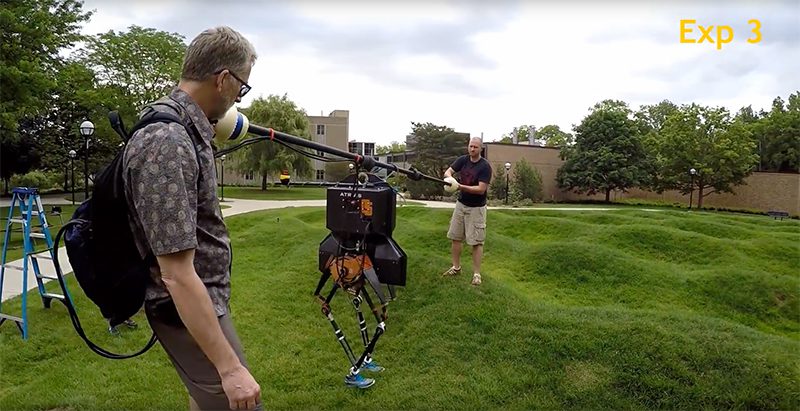
MARLO makes initial attempt at the Wave Field
For now, Grizzle and his graduate students are only attempting the easiest routes, between the grassy two- to three-foot moguls, over smaller undulations that he calls “merely very difficult.”
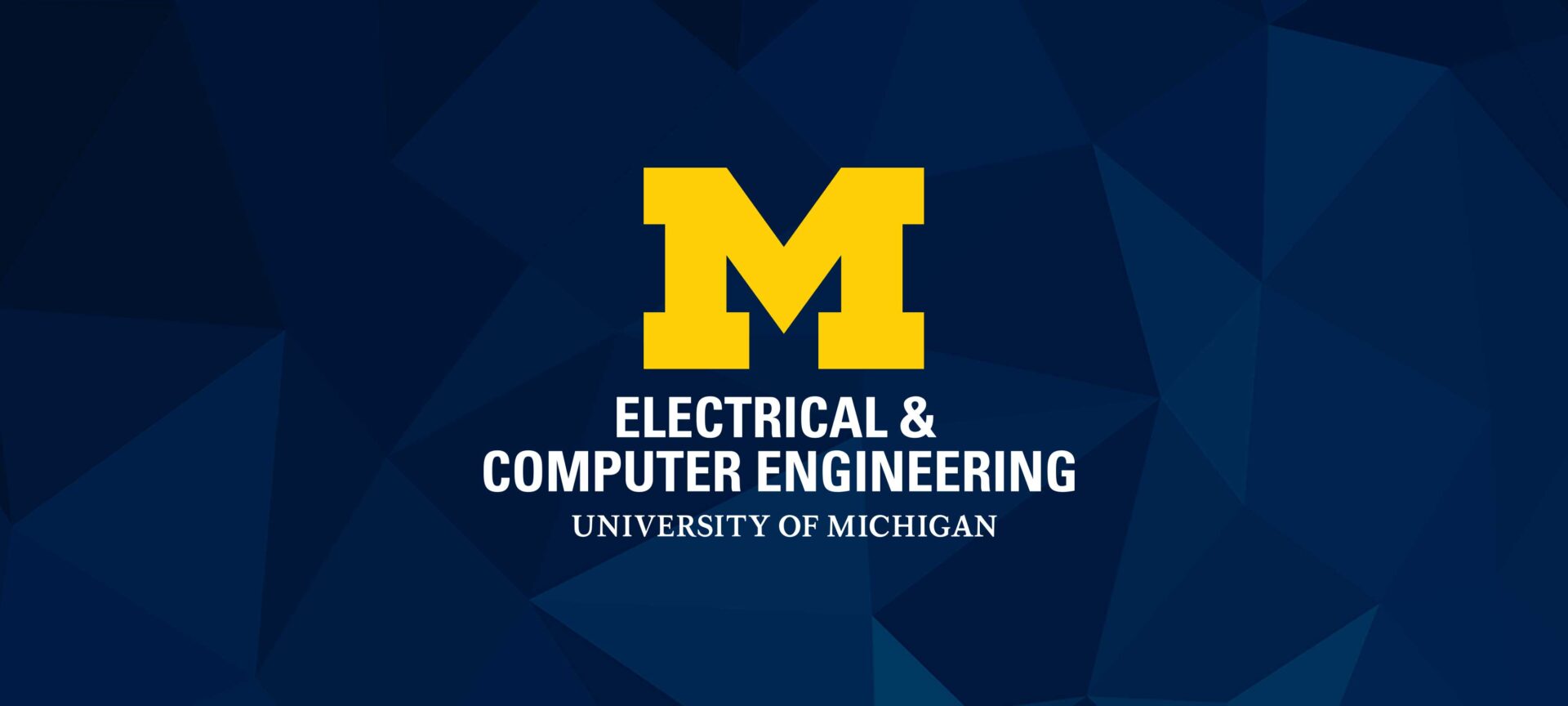
U-M first in line for new bird-inspired walking robot
Cassie is the first offering from new startup Agility Robotics, and is loosely modeled on the cassowary, a flightless bird similar to an ostrich.
Teaching self-driving cars to predict pedestrian movement
Data gleaned from cameras and sensors increases predictive accuracy.
The post Teaching self-driving cars to predict pedestrian movement appeared first on Michigan Engineering News.
What humans want, in an automated car
U-M researchers examined how a person’s perception of safety in an autonomous vehicle was influenced by its “personality” traits.
The post What humans want, in an automated car appeared first on Michigan Engineering News.
Stronger, faster, further
Charting a path to powered exoskeletons: A Q&A with Leia Stirling
The post Stronger, faster, further appeared first on Michigan Engineering News.
Delivery robots help Ann Arbor restaurants weather COVID
U-M startup says robotic food deliveries have quadrupled.
The post Delivery robots help Ann Arbor restaurants weather COVID appeared first on Michigan Engineering News.
U-Michigan, Ford open world-class robotics complex
The facility will accelerate the future of advanced and more equitable robotics and mobility.
The post U-Michigan, Ford open world-class robotics complex appeared first on Michigan Engineering News.
$1M for open-source first-responder robots
An open-source perception and movement system, to be developed with NSF funding, could enable robots that partner with humans in fires and disaster areas.
The post $1M for open-source first-responder robots appeared first on Michigan Engineering News.
Open-source patient model tops industry standard
Tested without needing hospitals to share data, the method for developing the model could speed further improvements in medical prediction tools.
The post Open-source patient model tops industry standard appeared first on Michigan Engineering News.

ECE alum Mihir Sheth receives Young Innovator Award from Innovate UK for making a medical device that weans patients off ventilators quicker
Sheth is the co-founder of Inspiritus Health and has developed a simple to use, non-invasive medical device that keeps patients’ muscles engaged when they are on a ventilator to prevent muscle atrophy.
Immune to hacks: Inoculating deep neural networks to thwart attacks
The adaptive immune system serves as a template for defending neural nets from confusion-sowing attacks.
The post Immune to hacks: Inoculating deep neural networks to thwart attacks appeared first on Michigan Engineering News.
Emulating impossible “unipolar” laser pulses paves the way for processing quantum information
Quantum materials emit light as though it were only a positive pulse, rather than a positive-negative oscillation.
The post Emulating impossible “unipolar” laser pulses paves the way for processing quantum information appeared first on Michigan Engineering News.

Solar-powered chemistry uses carbon dioxide and water to make feedstock for fuels, chemicals
Producing synthesis gas, a precursor of a variety of fuels and chemicals, no longer requires natural gas, coal or biomass.
Machine learning begins to understand the human gut
The new computer model accurately predicts the behavior of millions of microbial communities from hundreds of experiments, an advance toward precision medicine.
The post Machine learning begins to understand the human gut appeared first on Michigan Engineering News.
Open source platform enables research on privacy-preserving machine learning
Virtual assortment of user devices provides a realistic training environment for distributed machine learning, protects privacy by learning where data lives.
The post Open source platform enables research on privacy-preserving machine learning appeared first on Michigan Engineering News.
In the news: Michigan Engineering experts July 18-22
Highlights include The New York Times and National Geographic.
The post In the news: Michigan Engineering experts July 18-22 appeared first on Michigan Engineering News.
In the news: Michigan Engineering experts July 25-29
Highlights include CNN and Popular Science.
The post In the news: Michigan Engineering experts July 25-29 appeared first on Michigan Engineering News.
Next generation neural probe leads to expanded understanding of the brain
The hectoSTAR probe, with 128 stimulating micro-LEDs and 256 recording electrodes integrated in the same neural probe, was designed for some stellar brain mapping projects
The post Next generation neural probe leads to expanded understanding of the brain appeared first on Michigan Engineering News.
Seeing electron movement at fastest speed ever could help unlock next-level quantum computing
New technique could enable processing speeds a million to a billion times faster than today’s computers and spur progress in many-body physics.
The post Seeing electron movement at fastest speed ever could help unlock next-level quantum computing appeared first on Michigan Engineering News.
Breakthrough in green micro-LEDs for augmented/mixed reality devices
Prof. Zetian Mi’s team are the first to achieve high-performance, highly stable green micro-LEDs with dimensions less than 1 micrometer on silicon, which can support ultrahigh-resolution full-color displays and other applications.
The post Breakthrough in green micro-LEDs for augmented/mixed reality devices appeared first on Michigan Engineering News.
U-M celebrates Leinweber Computer Science and Information Building construction
Housing Computer Science and Engineering together with the School of Information will drive advances in information and computing through a convergence of disciplines.
The post U-M celebrates Leinweber Computer Science and Information Building construction appeared first on Michigan Engineering News.
Senior hires stand out in an impressive year for faculty hiring
The cohort of 36 new tenured and tenure-track faculty includes 11 faculty hired at the rank of professor or associate professor.
The post Senior hires stand out in an impressive year for faculty hiring appeared first on Michigan Engineering News.
 Michigan Engineering | University of Michigan
Michigan Engineering | University of Michigan 
